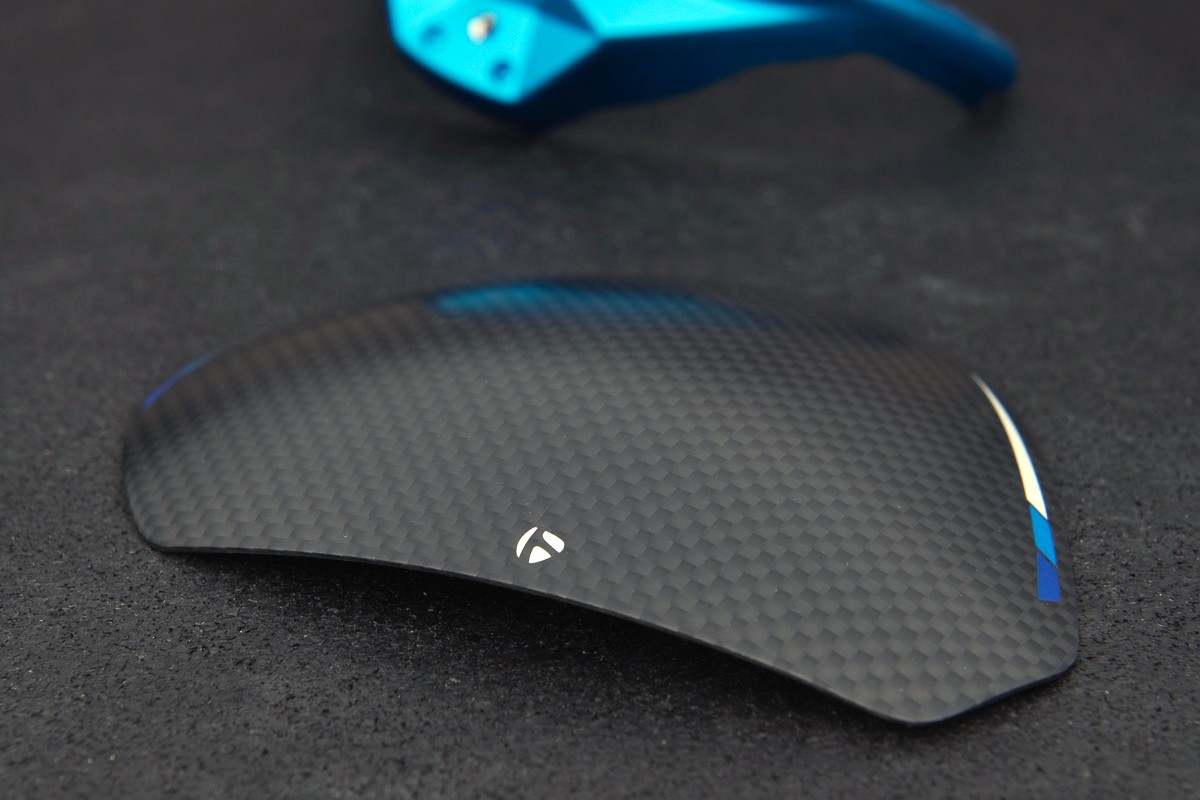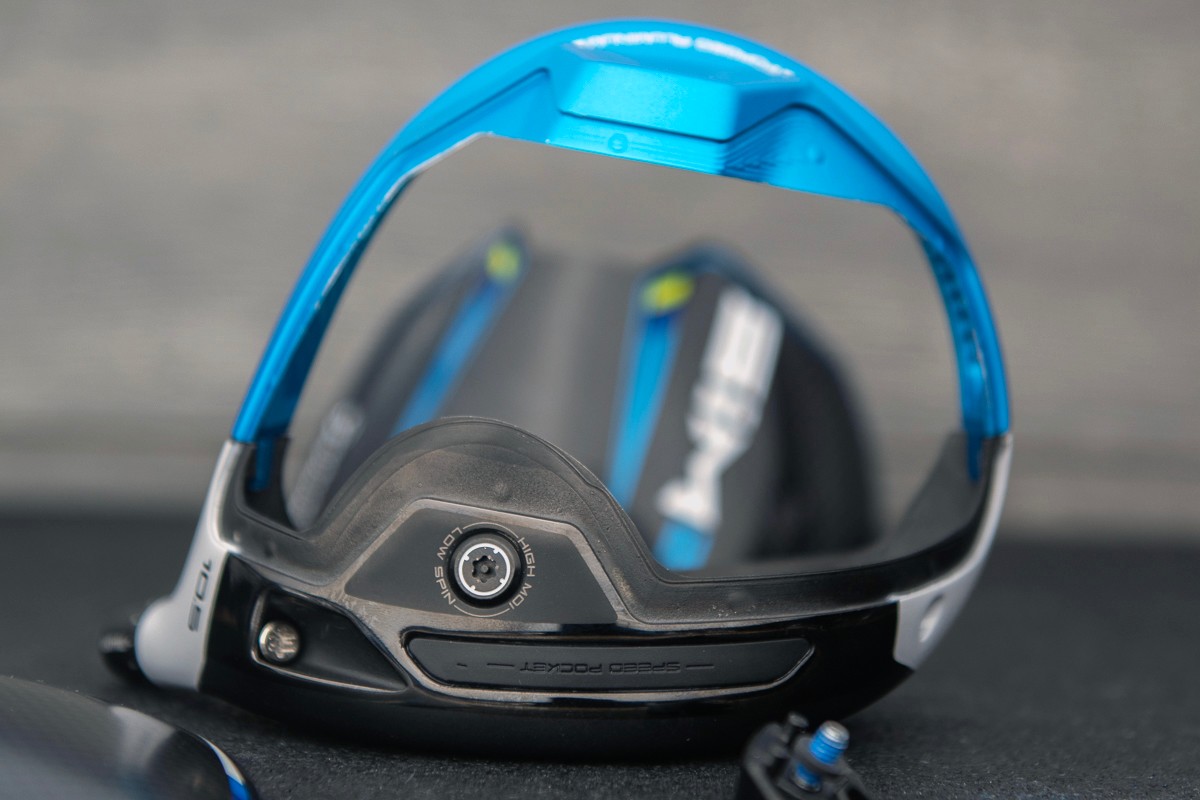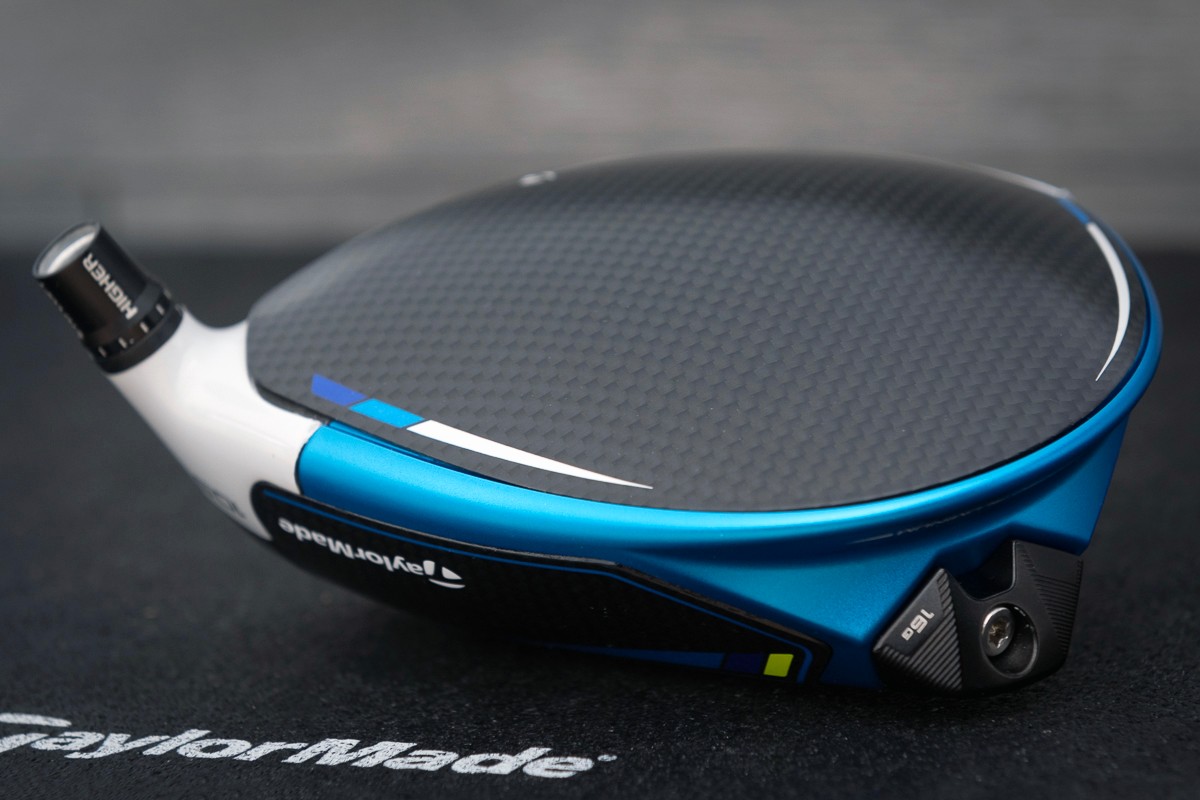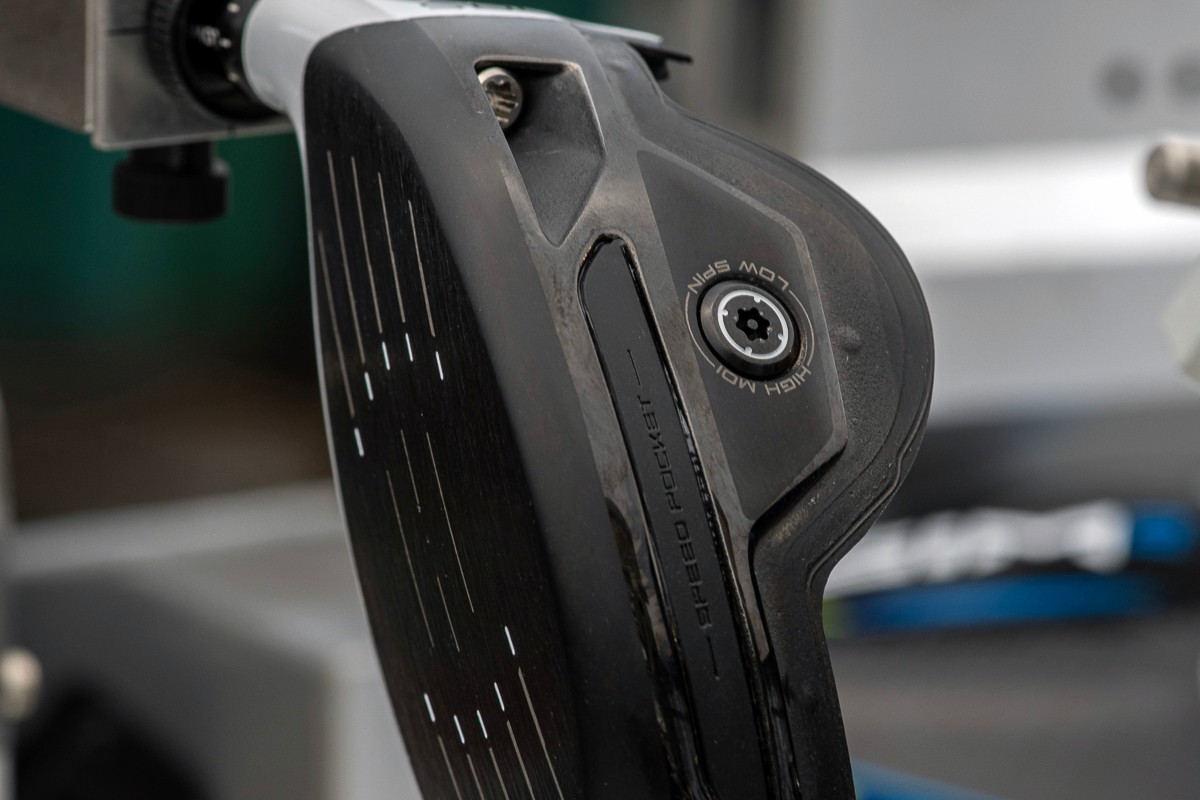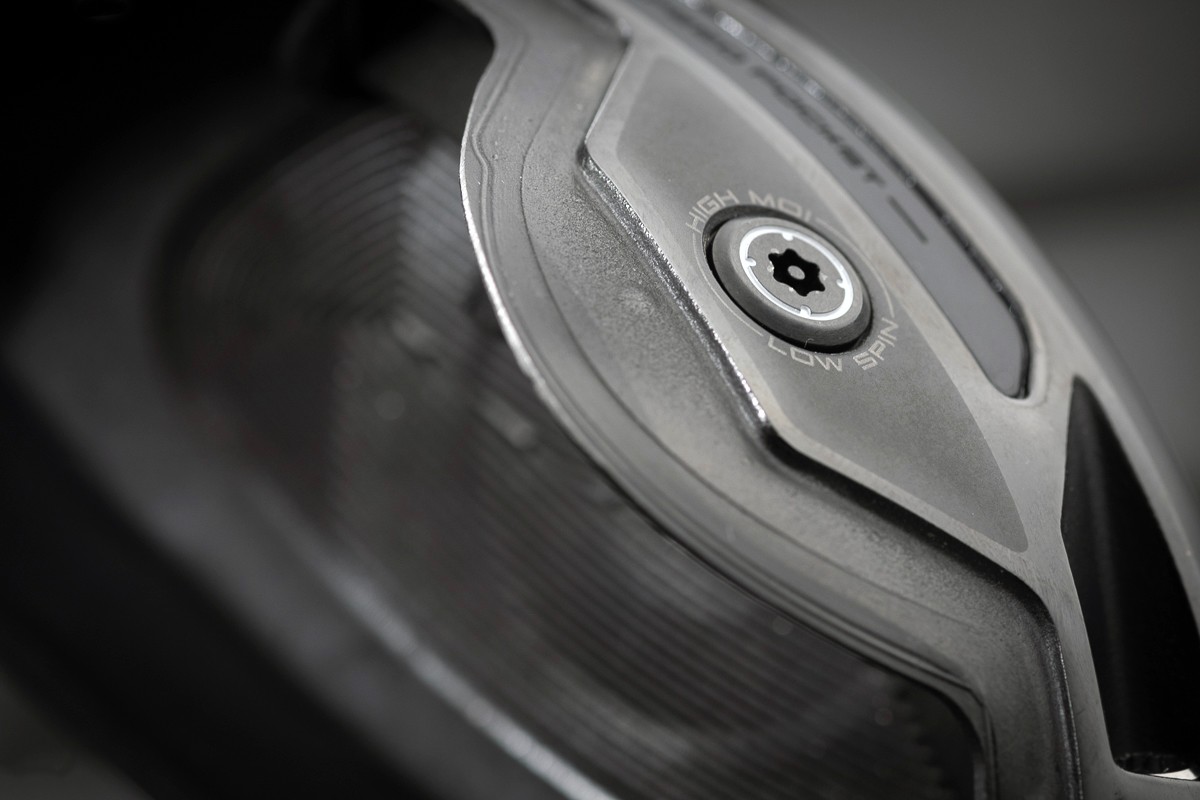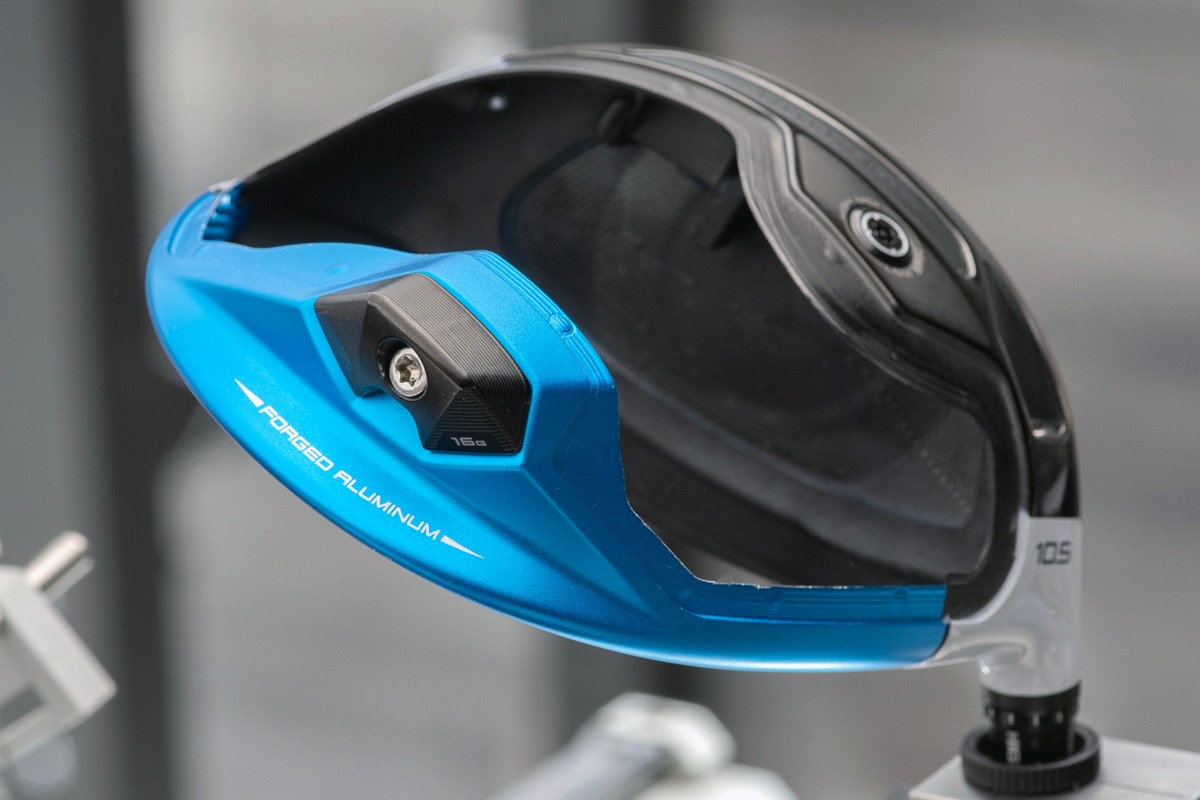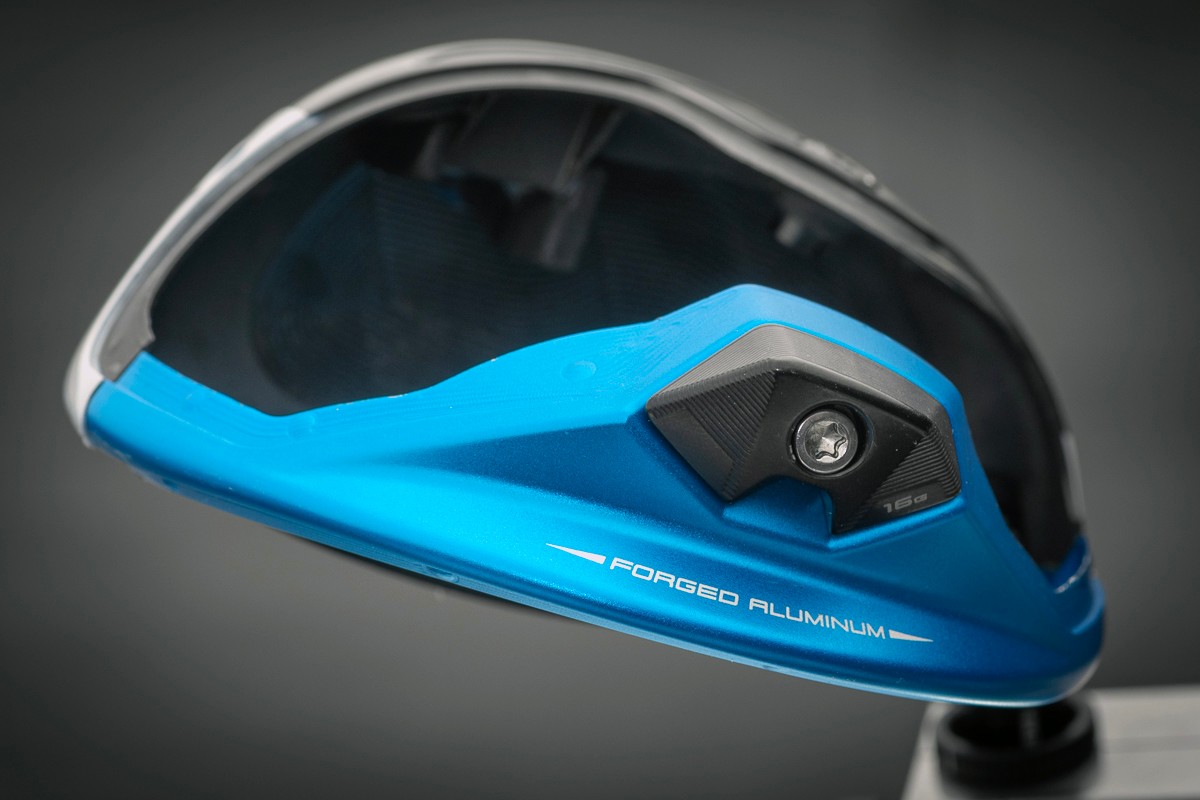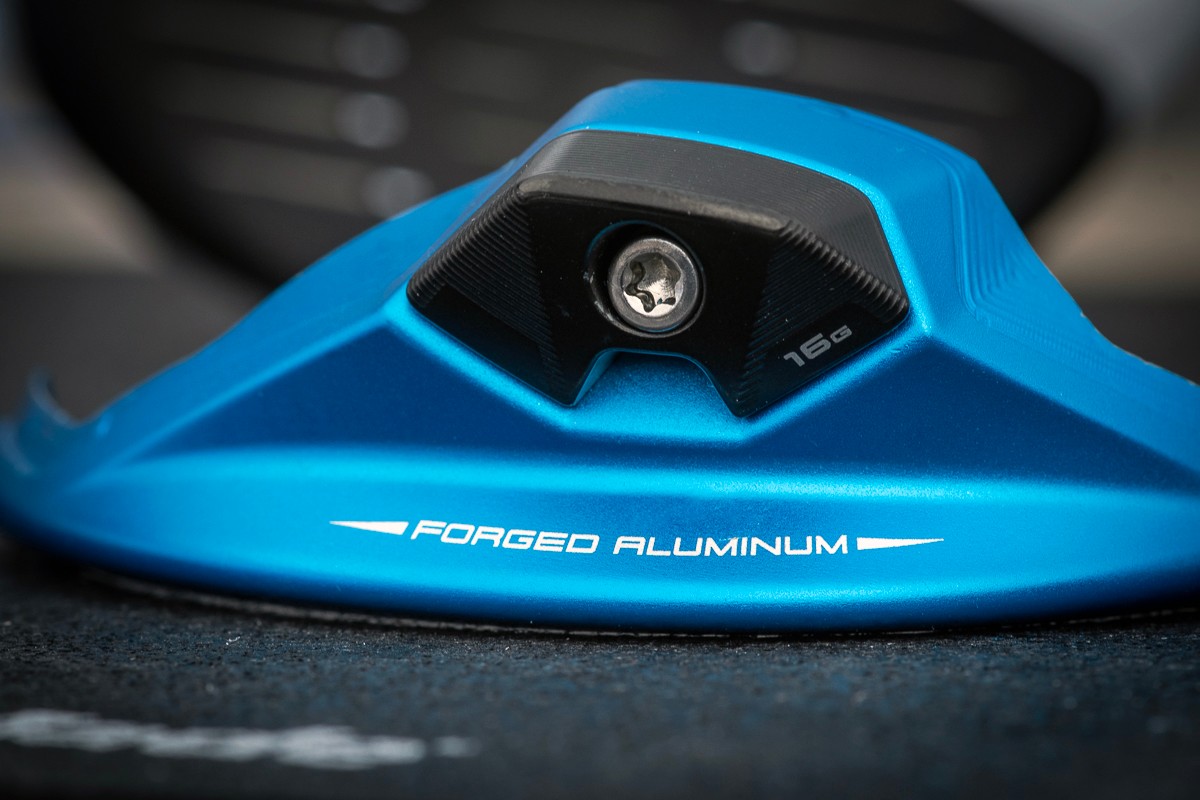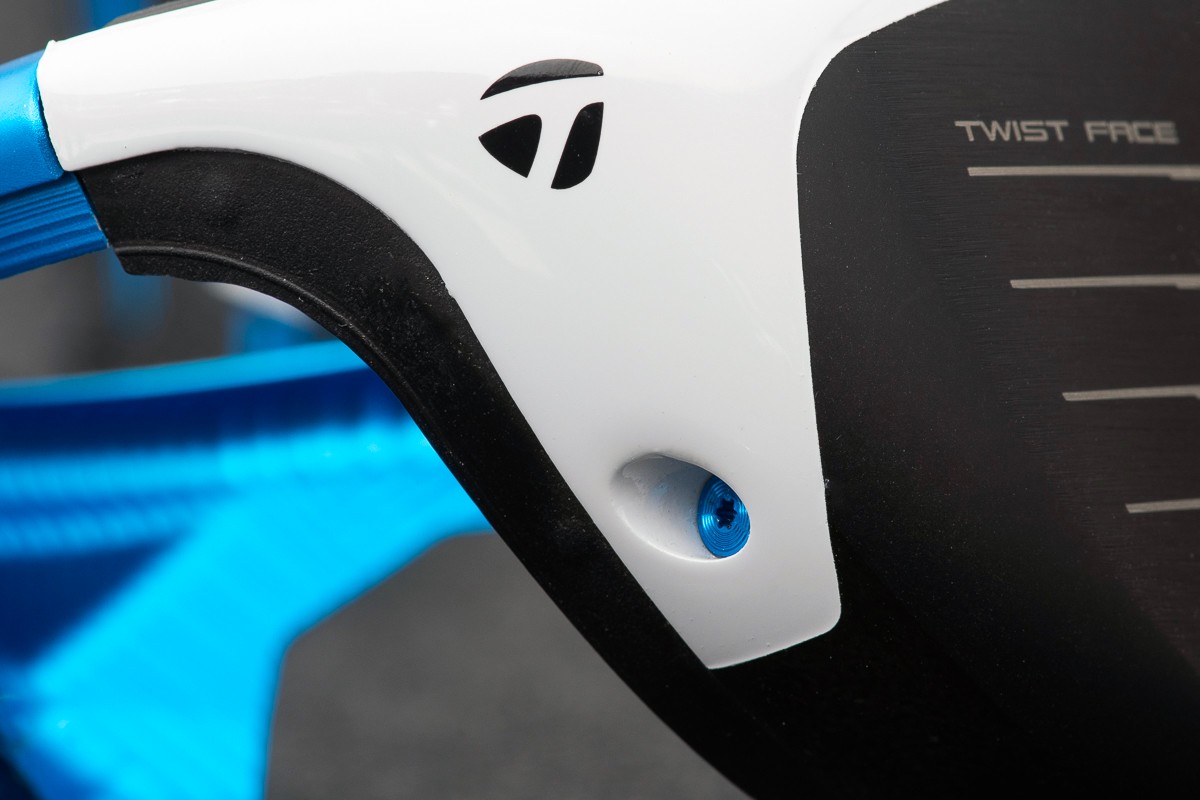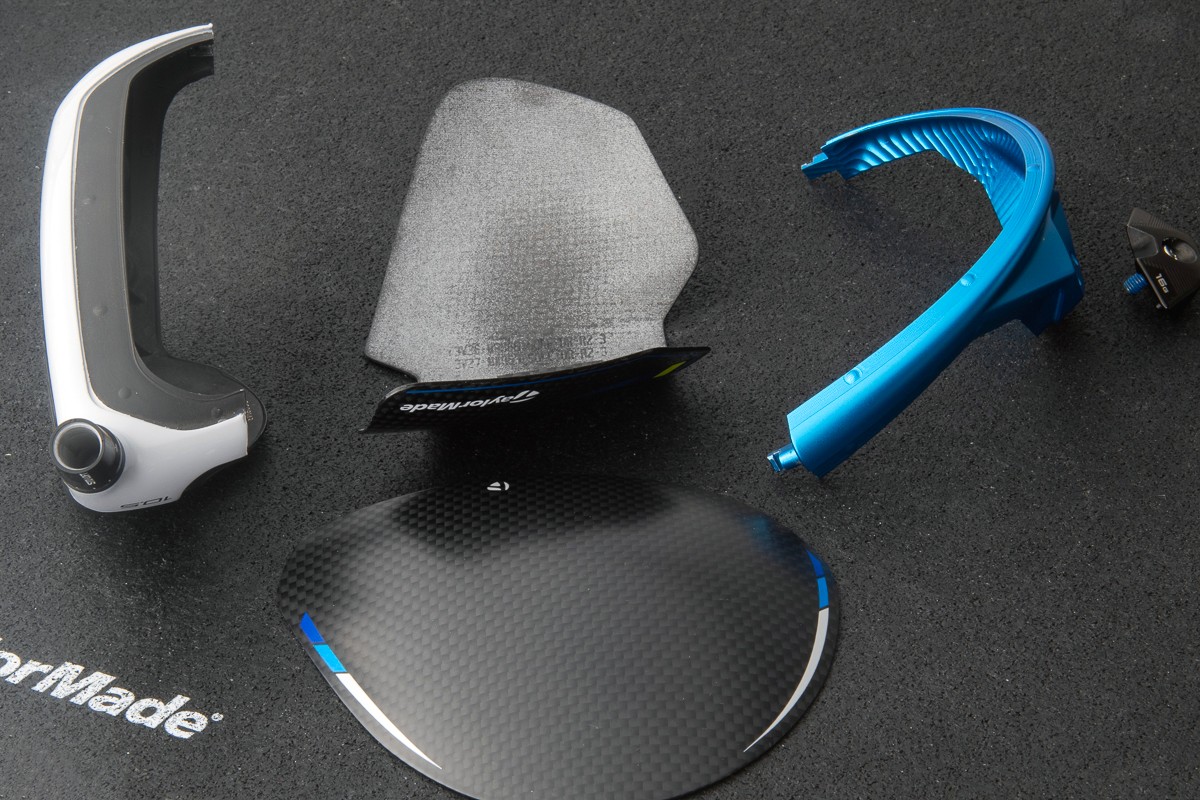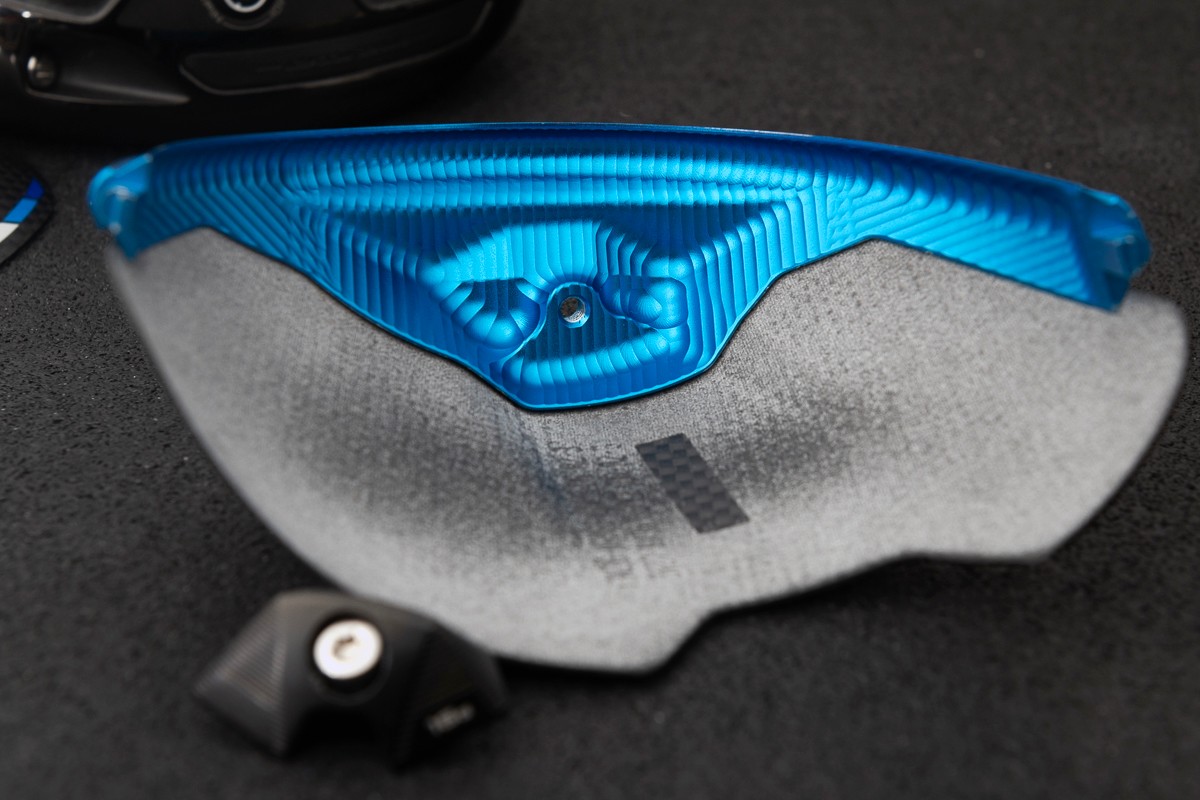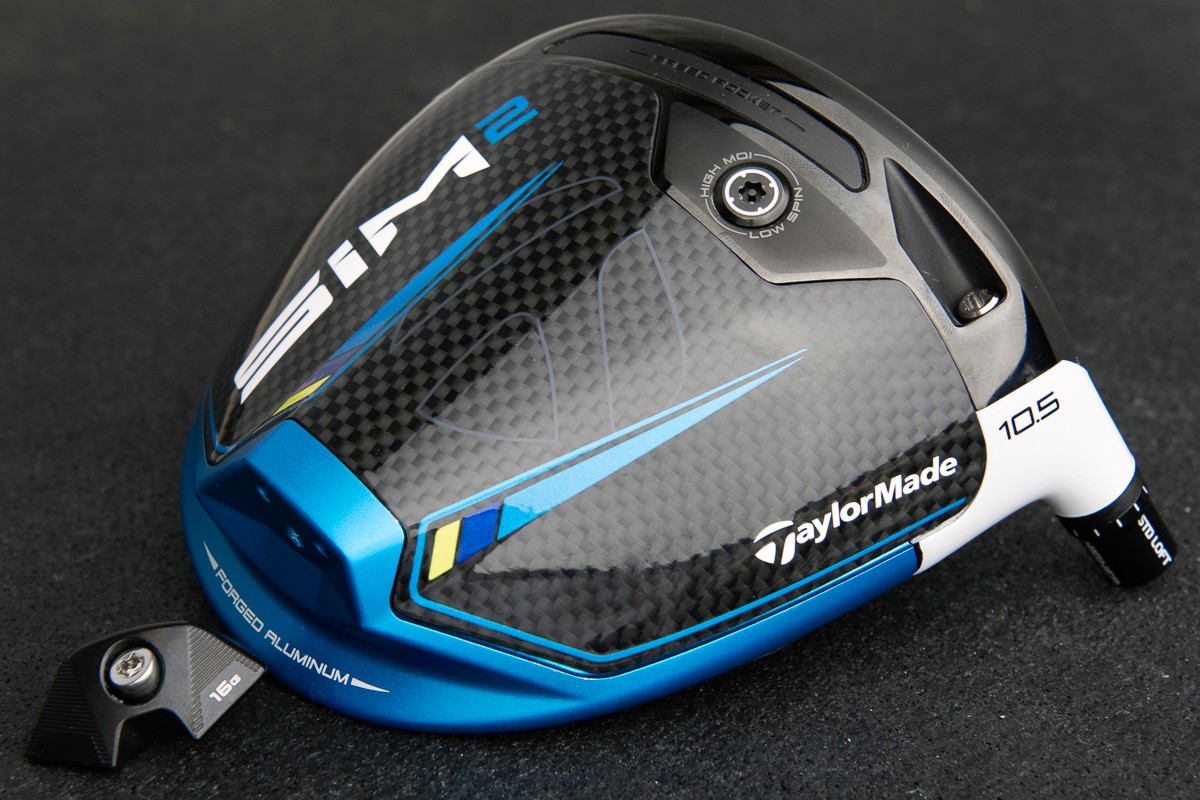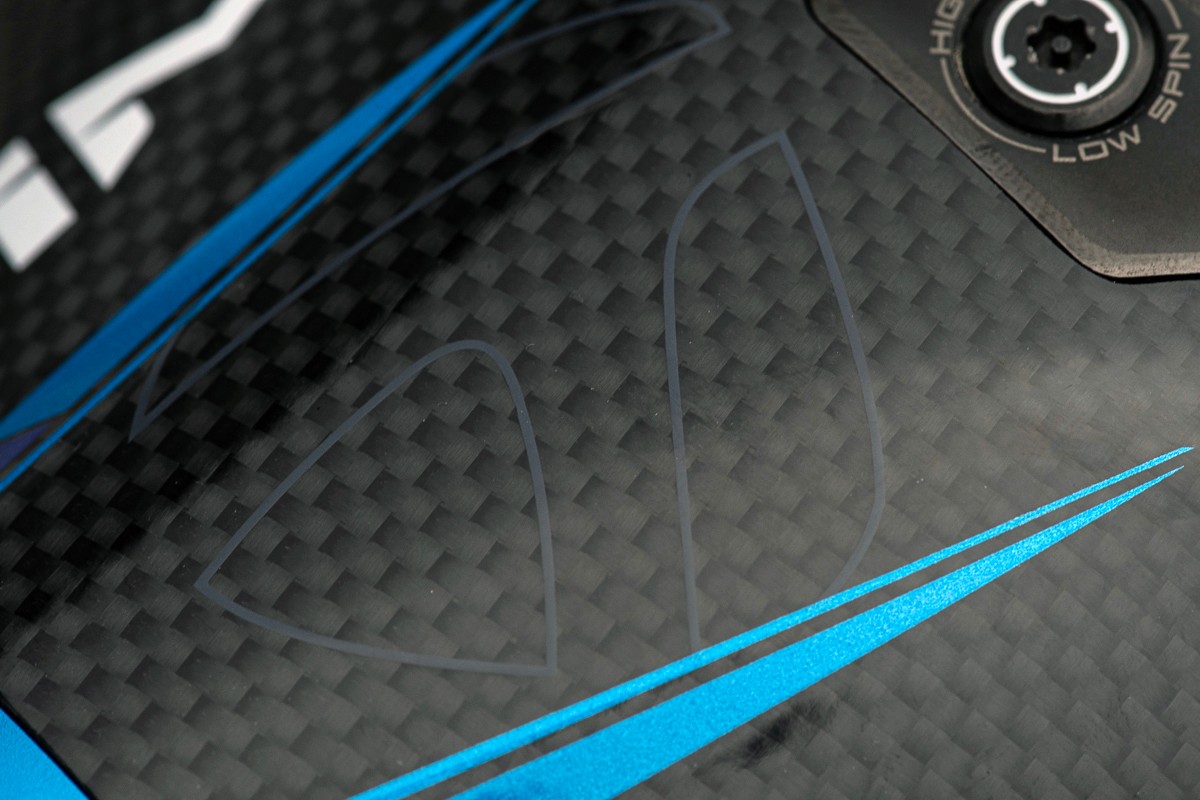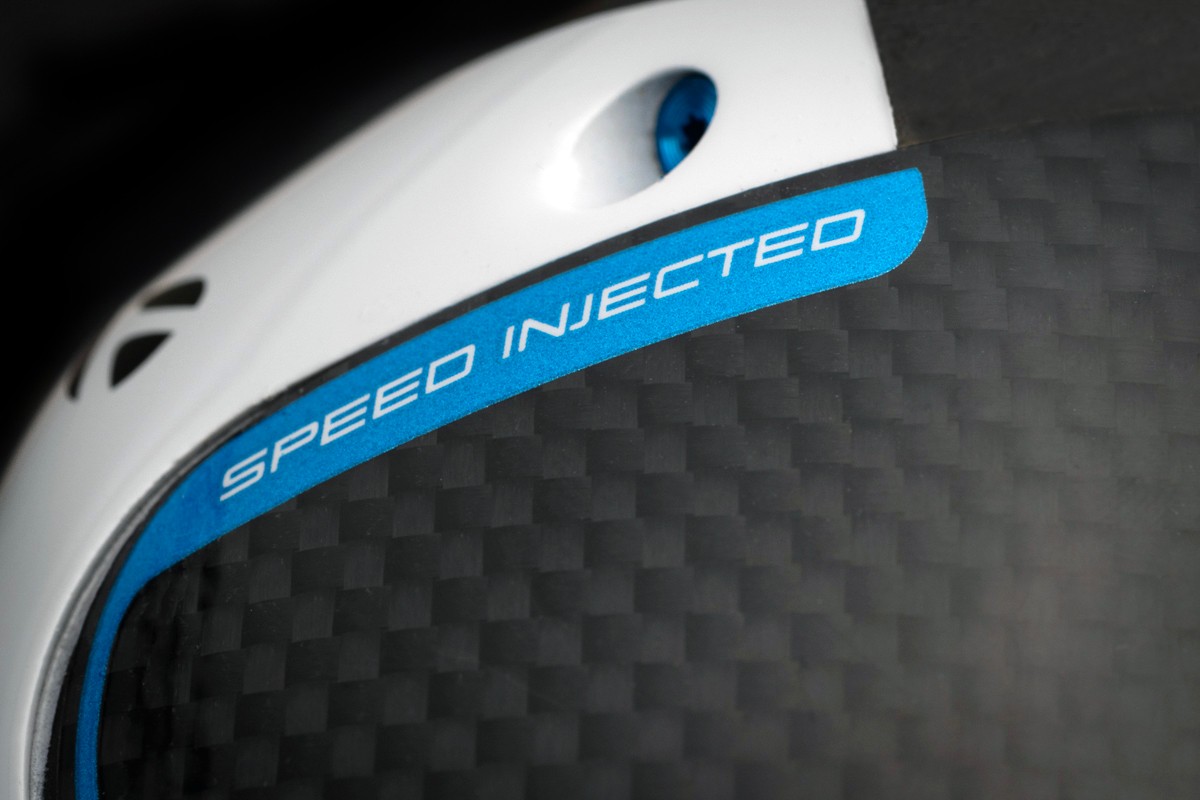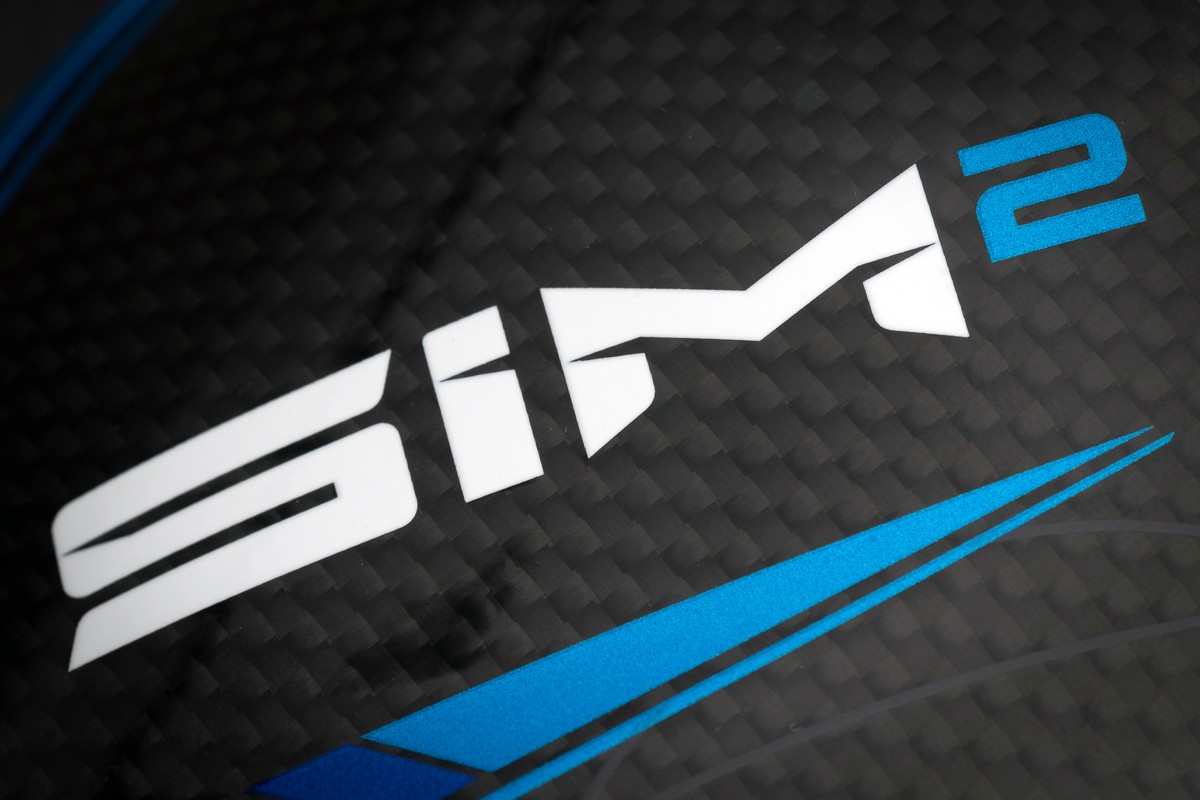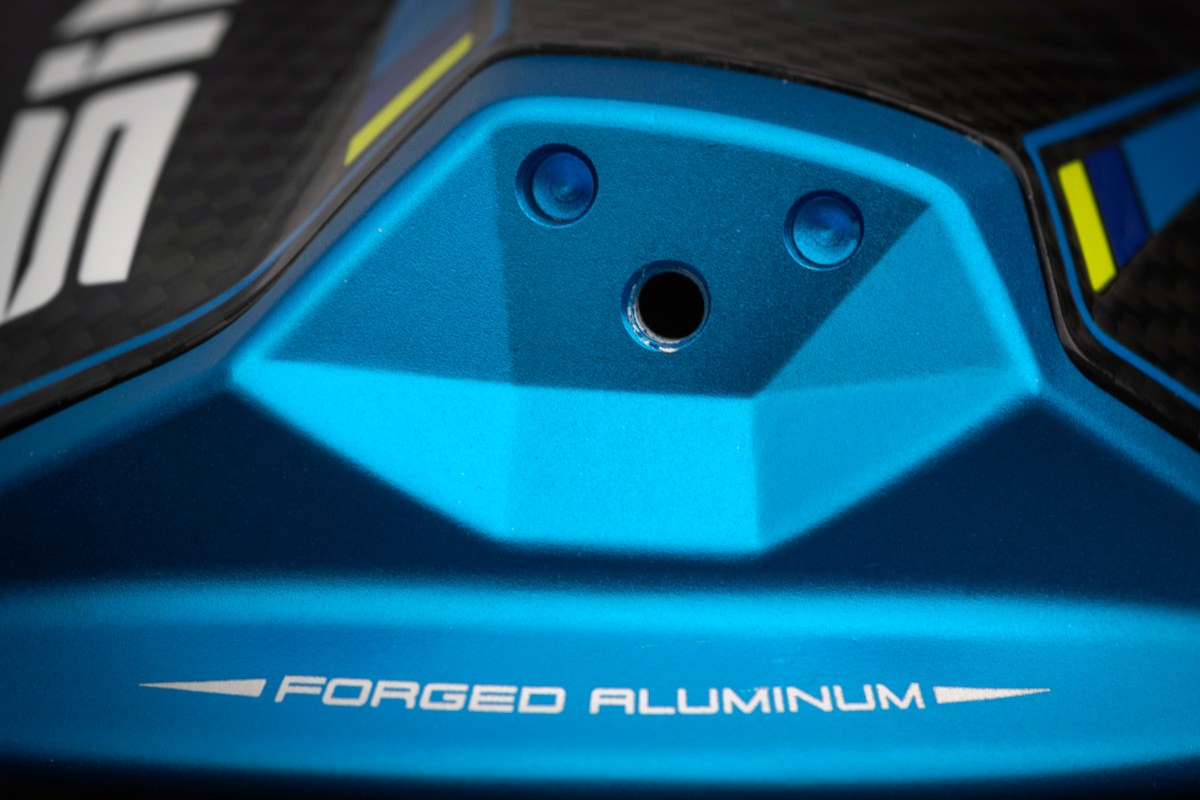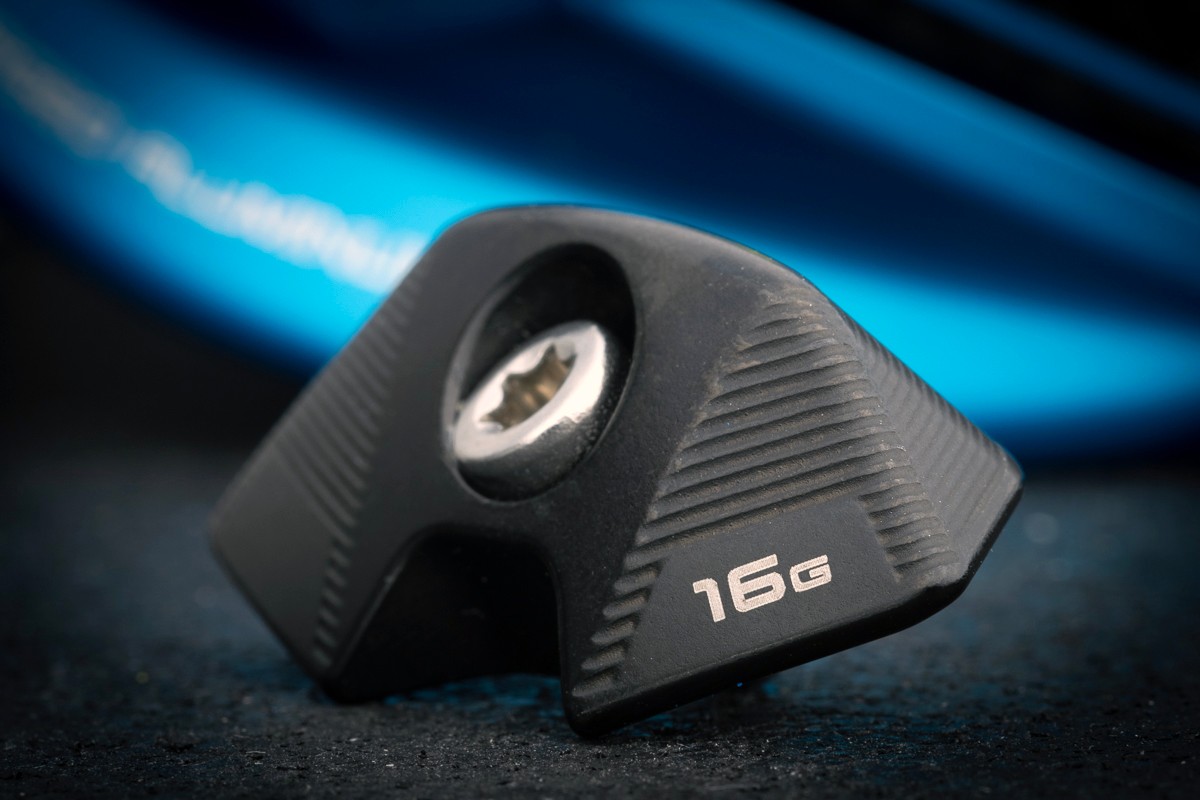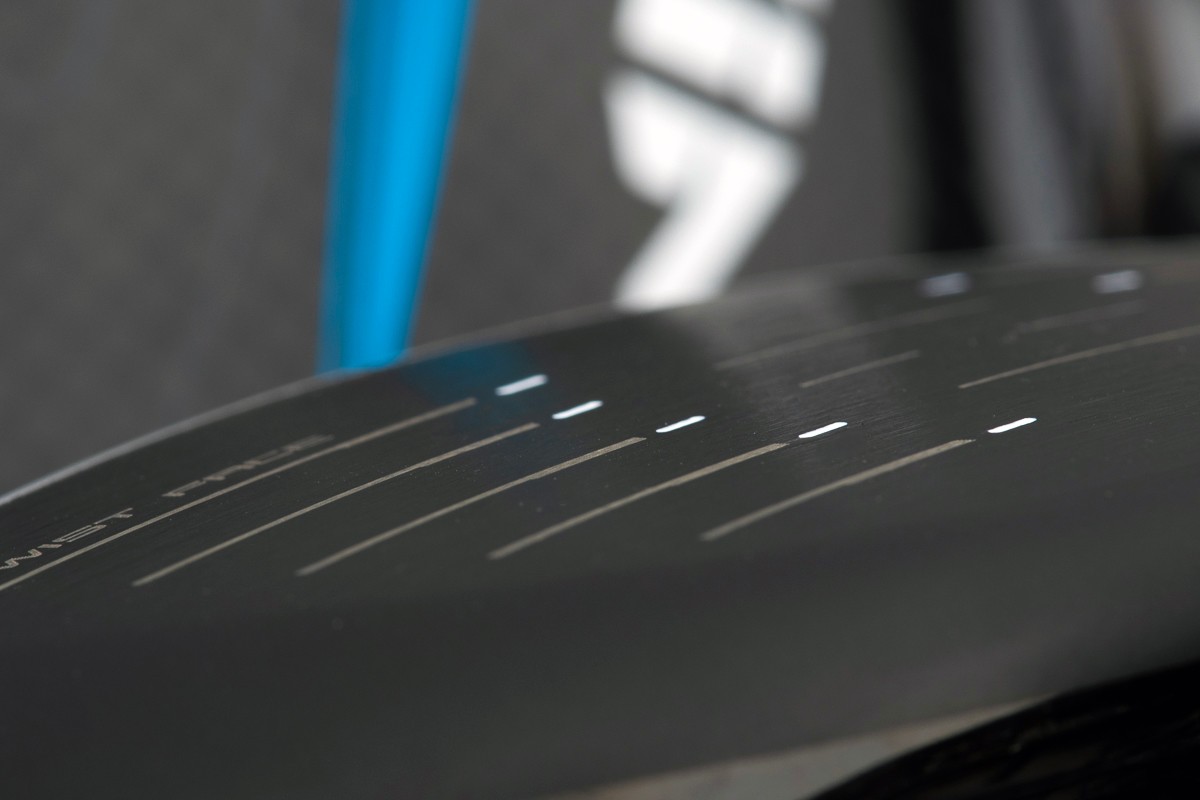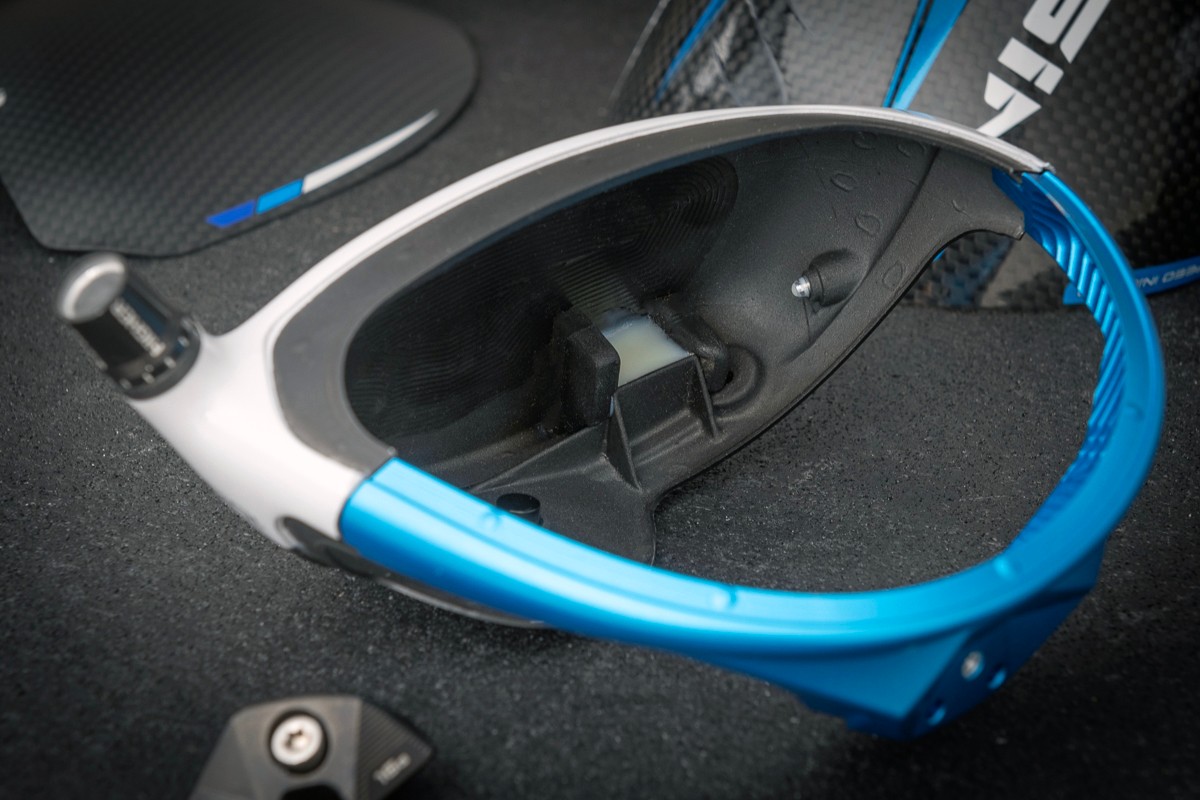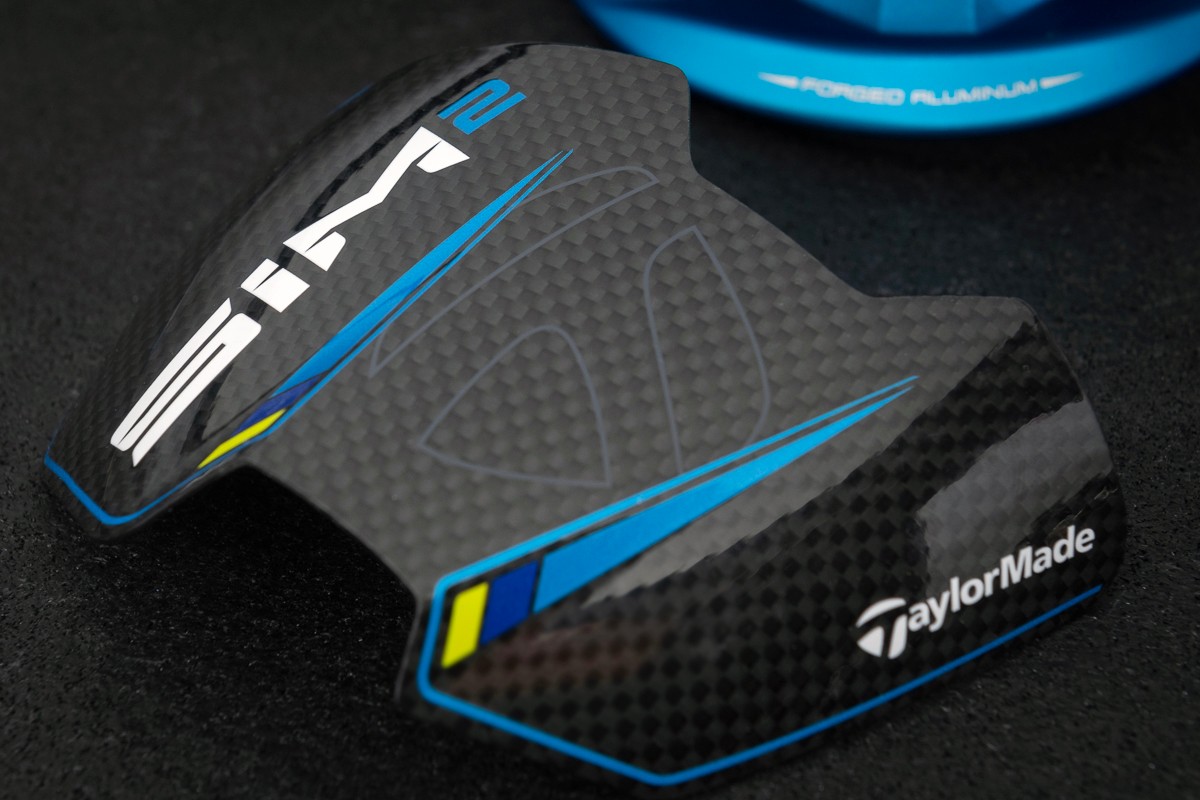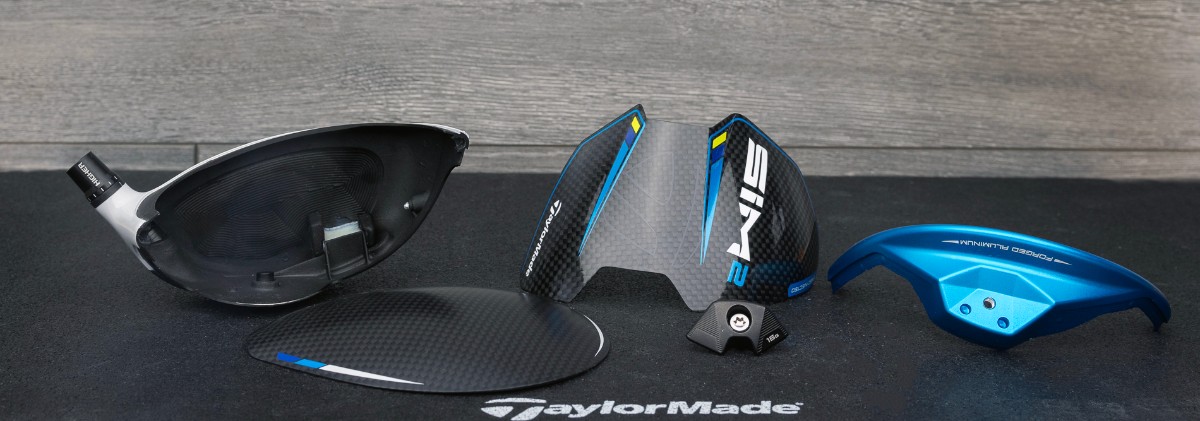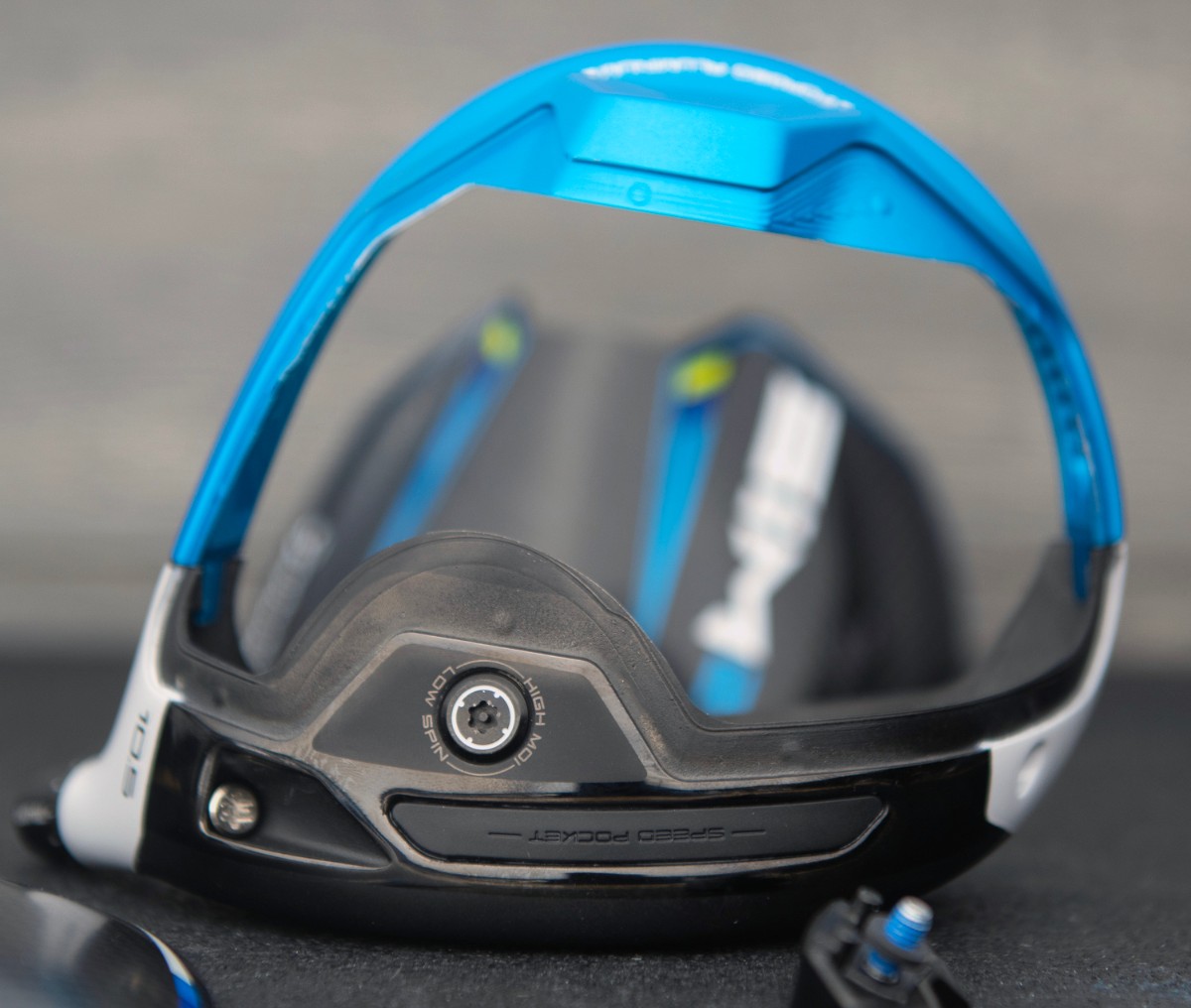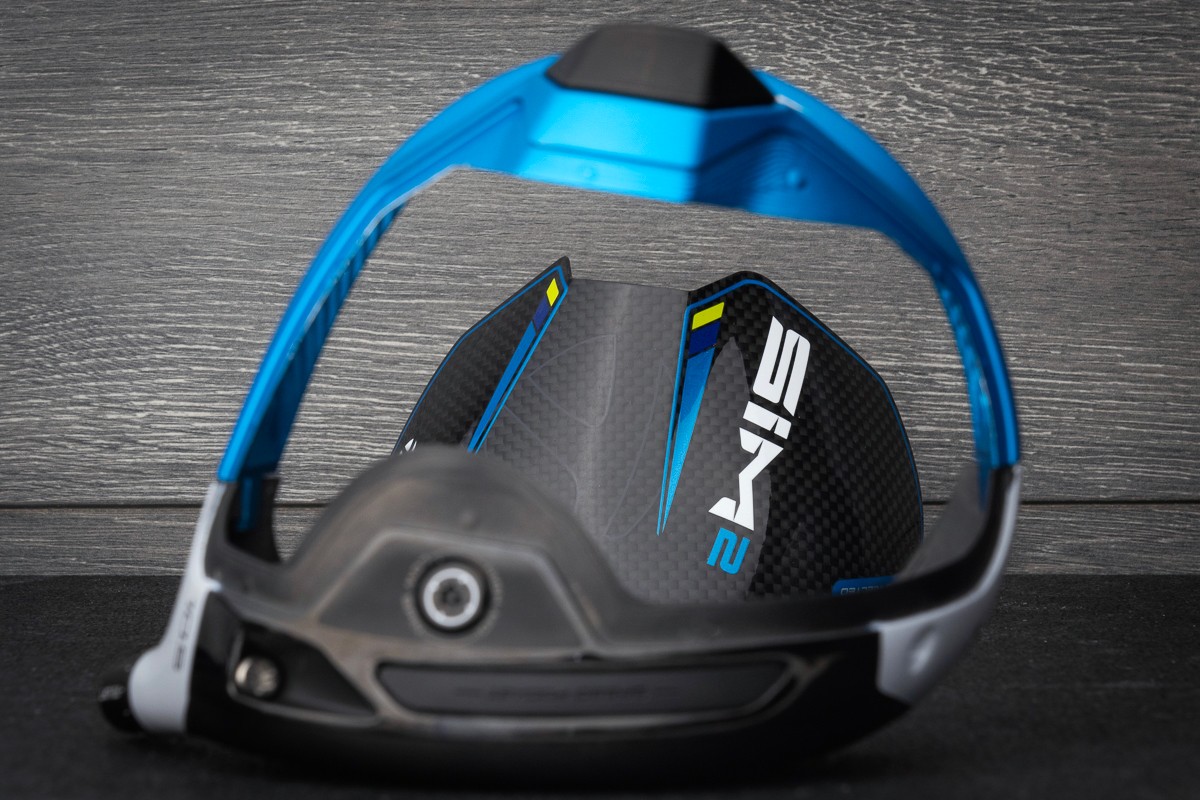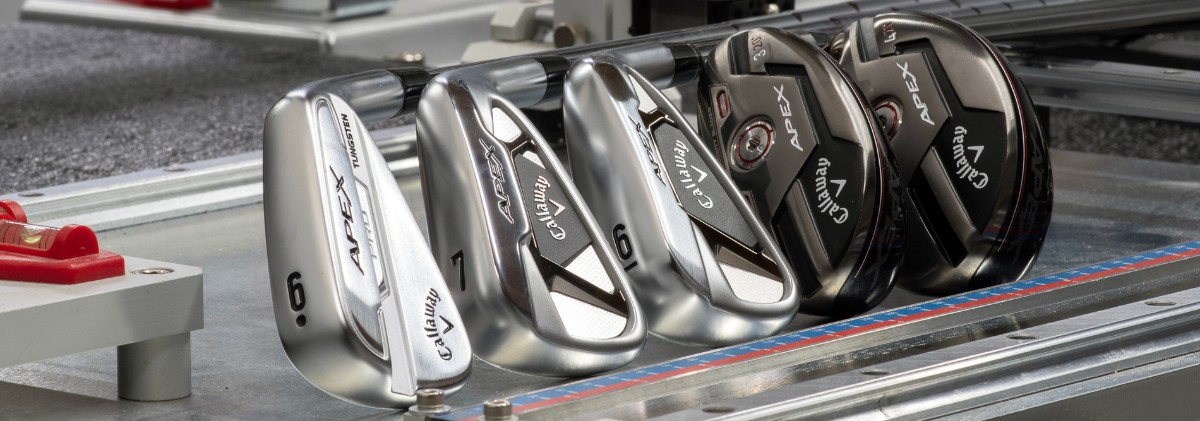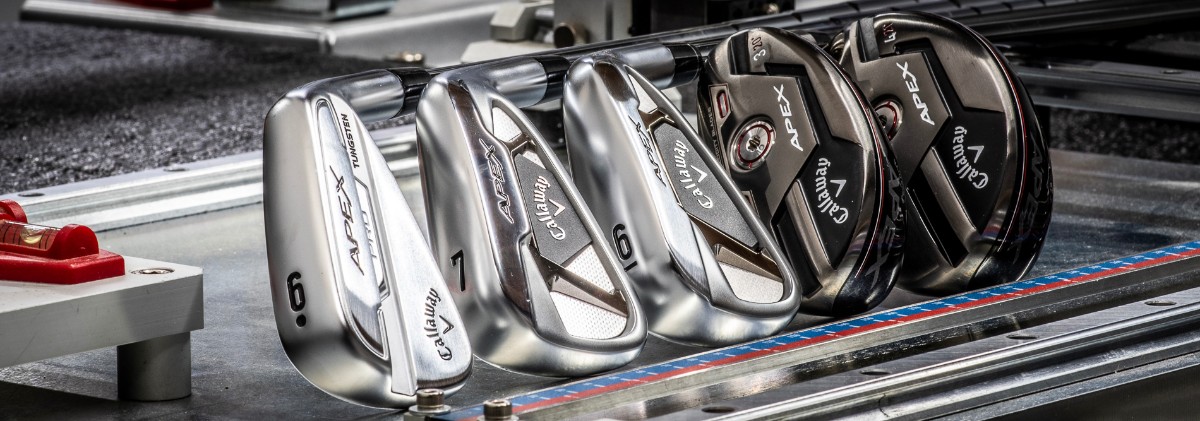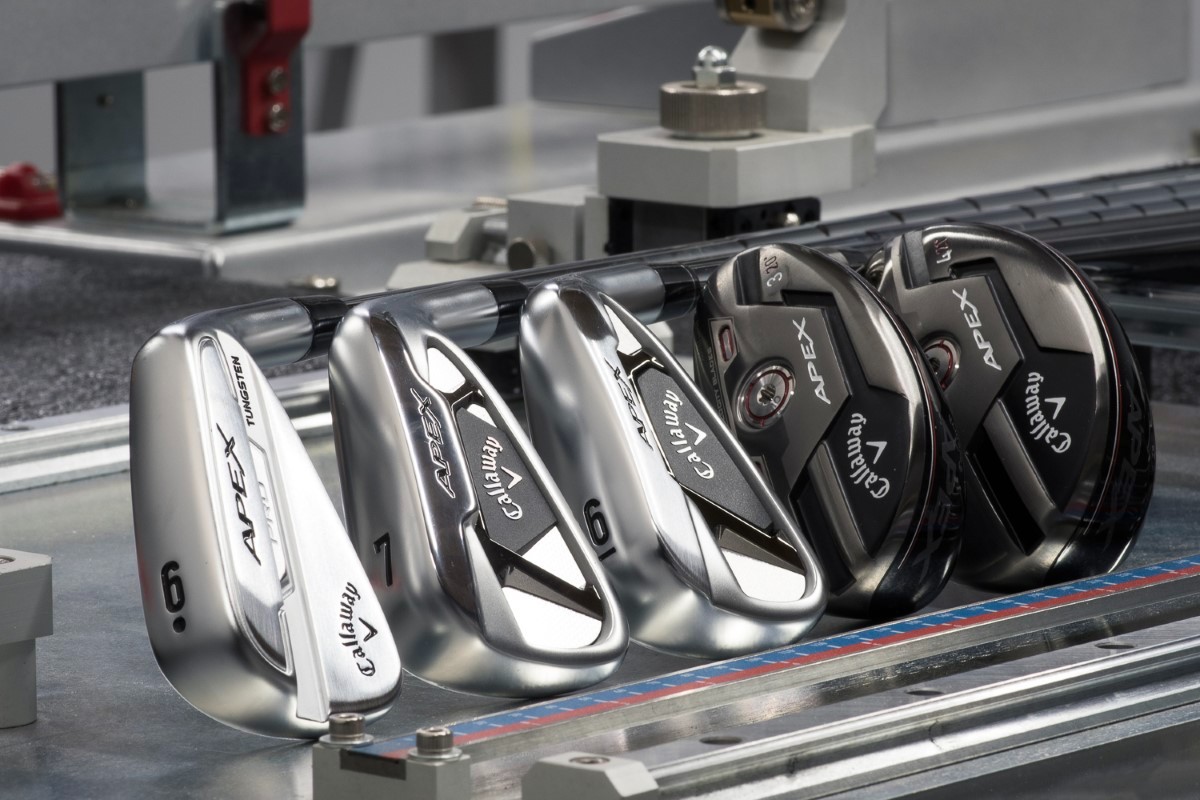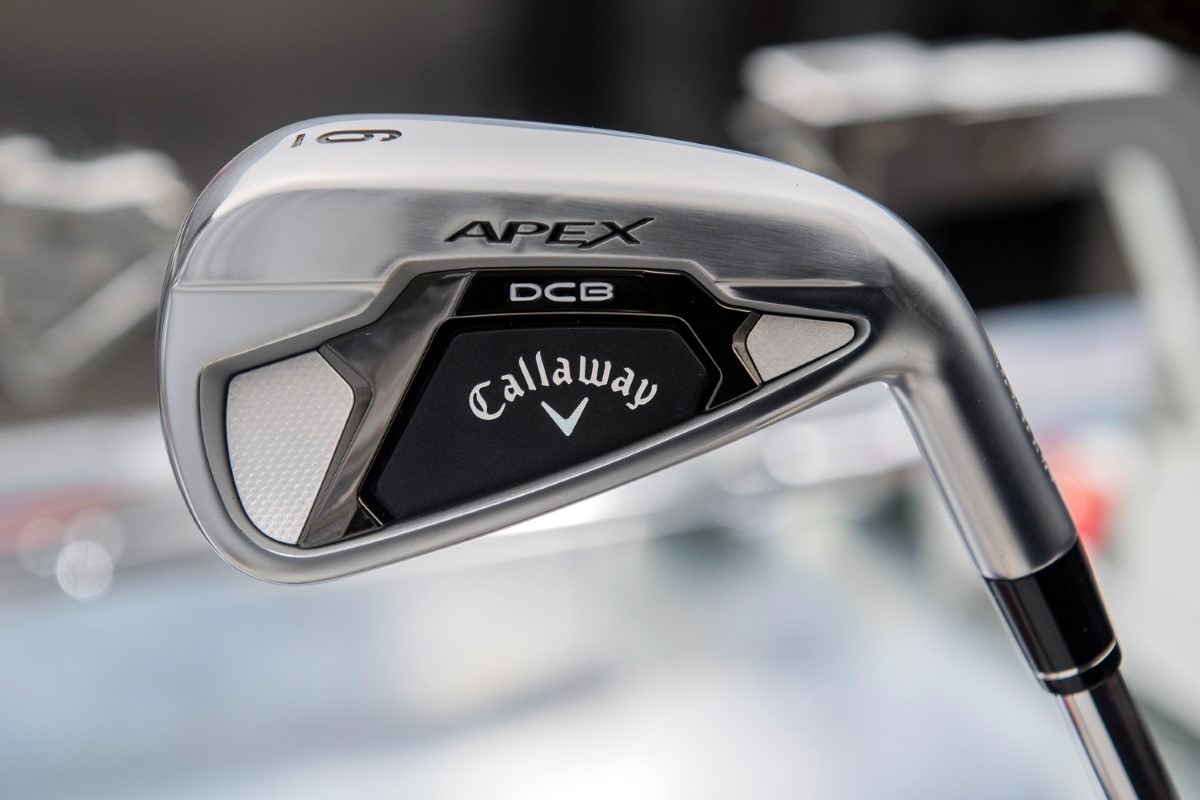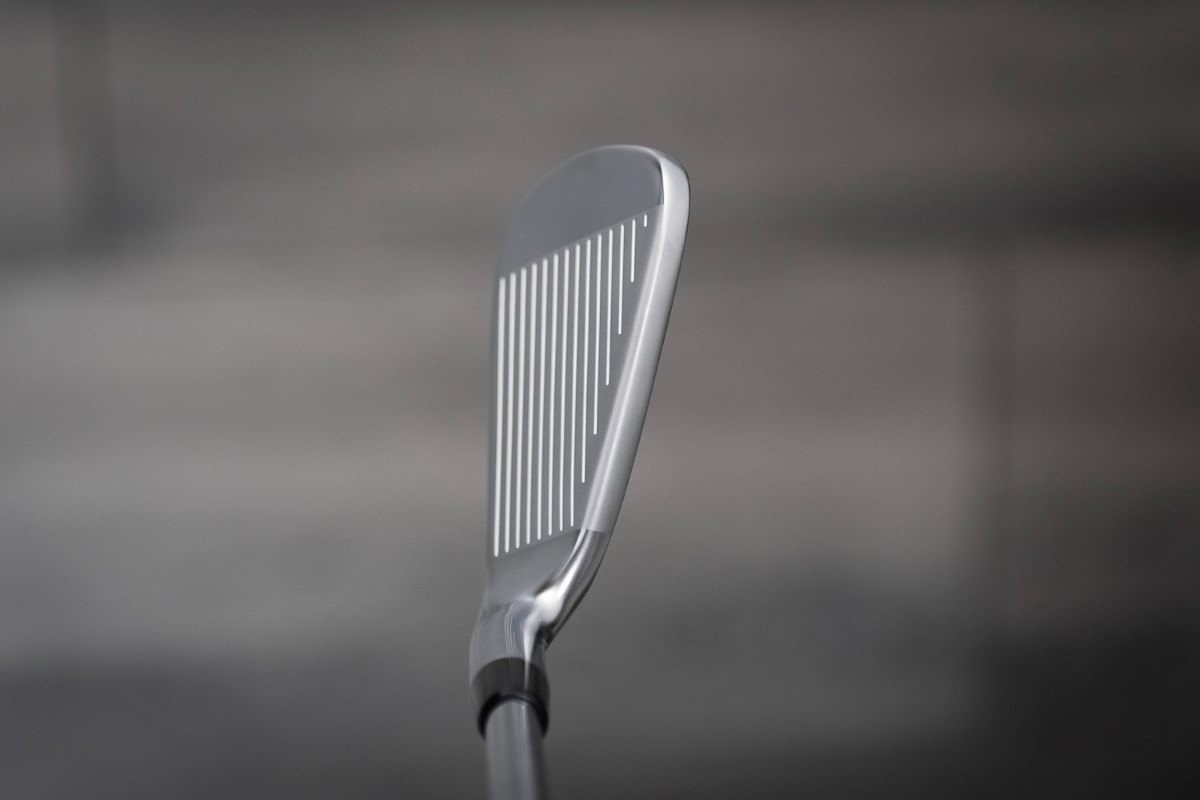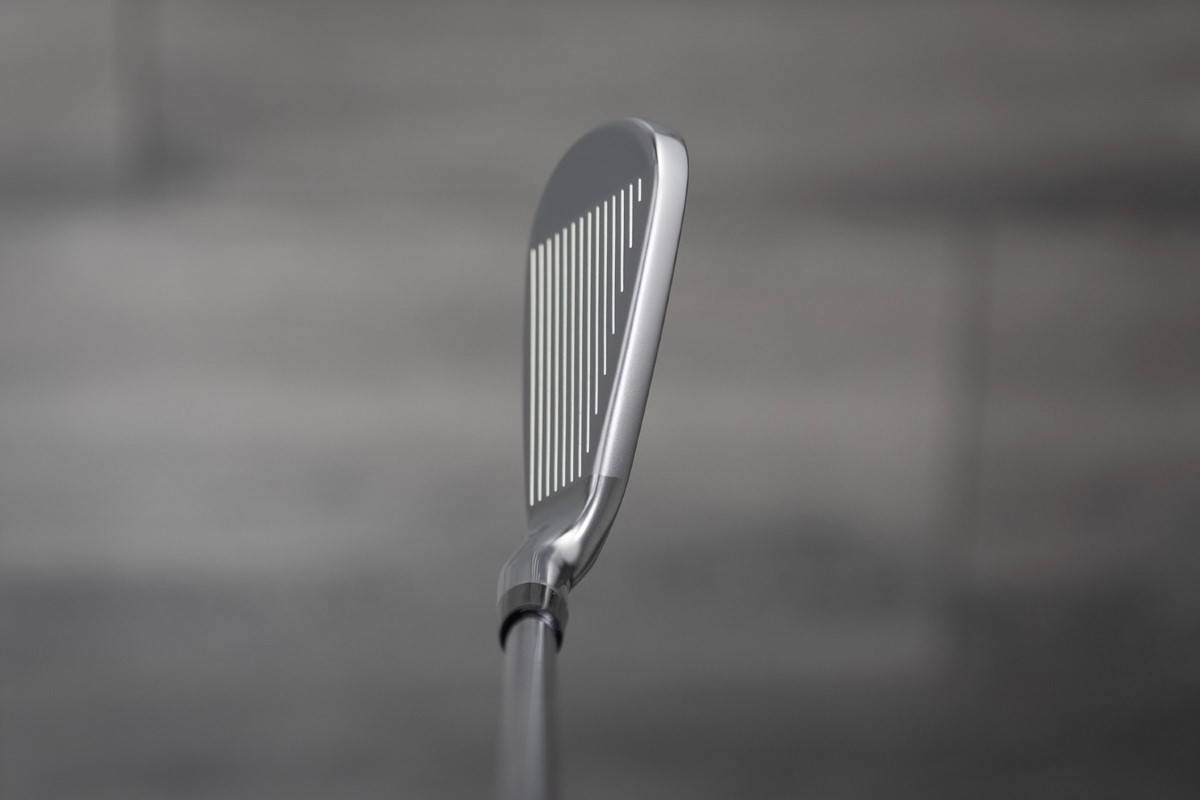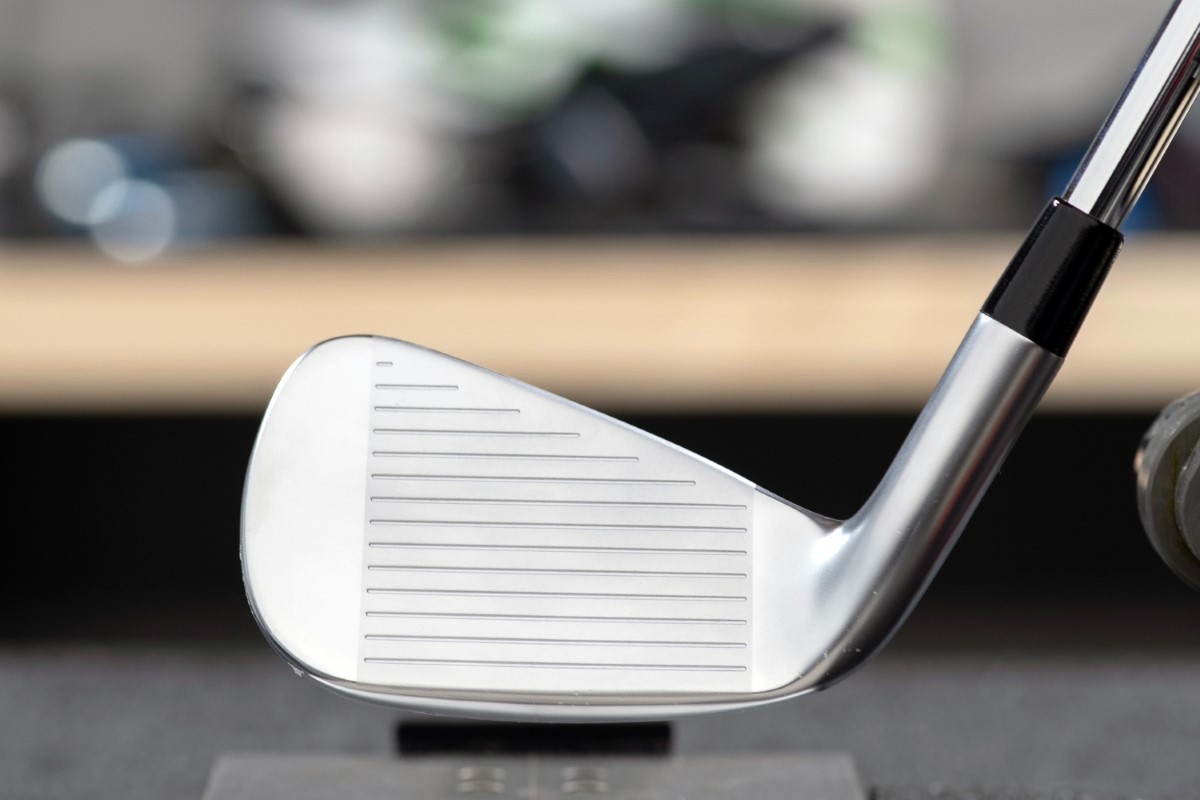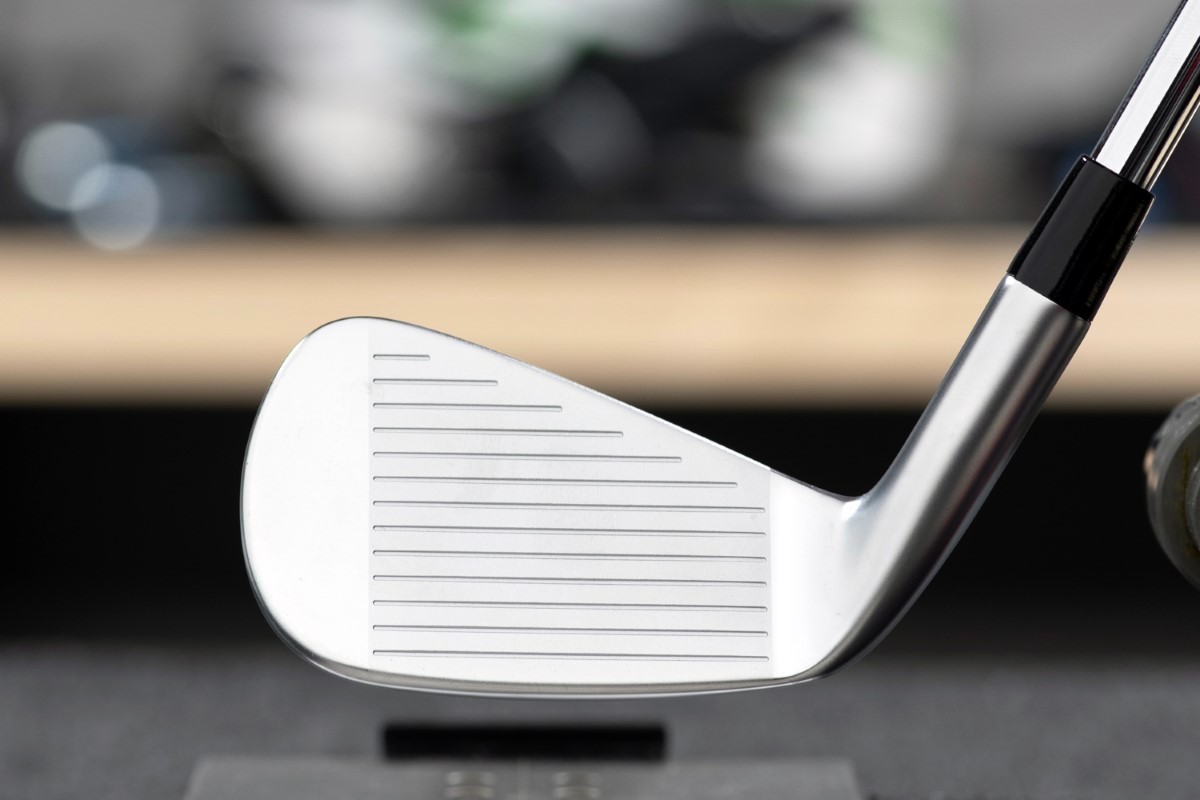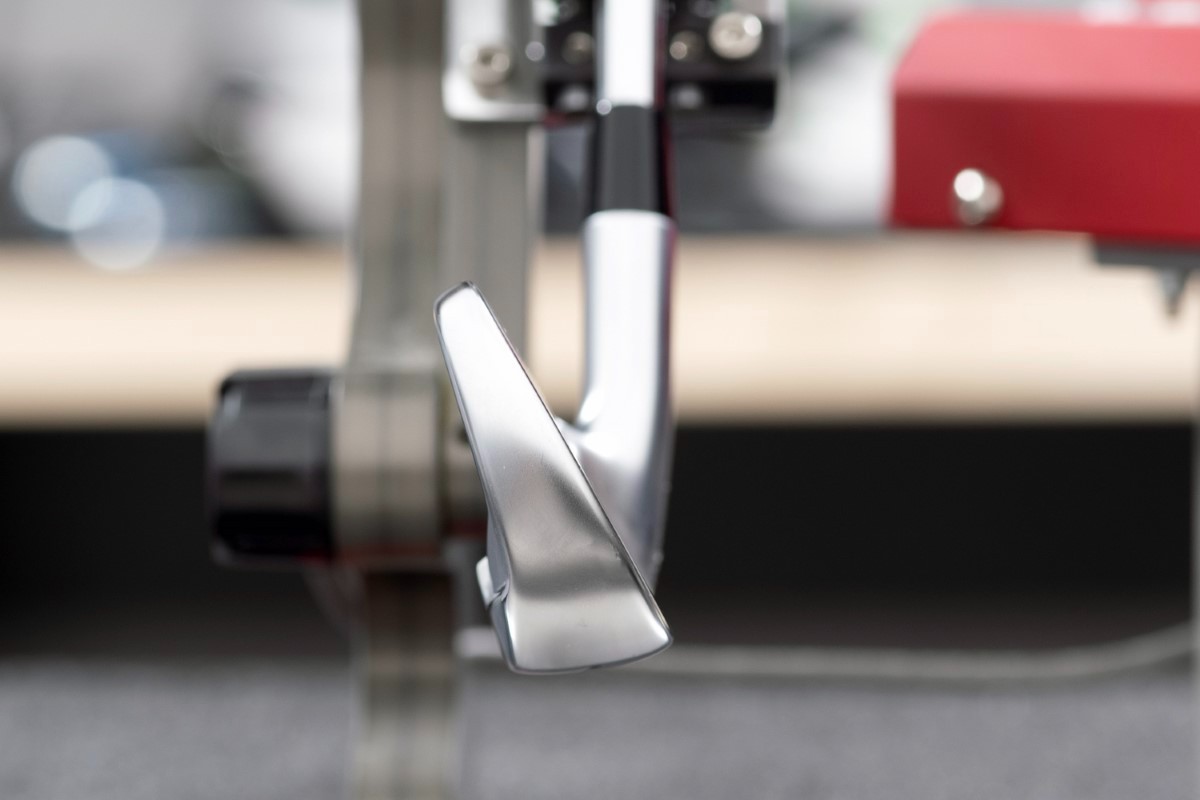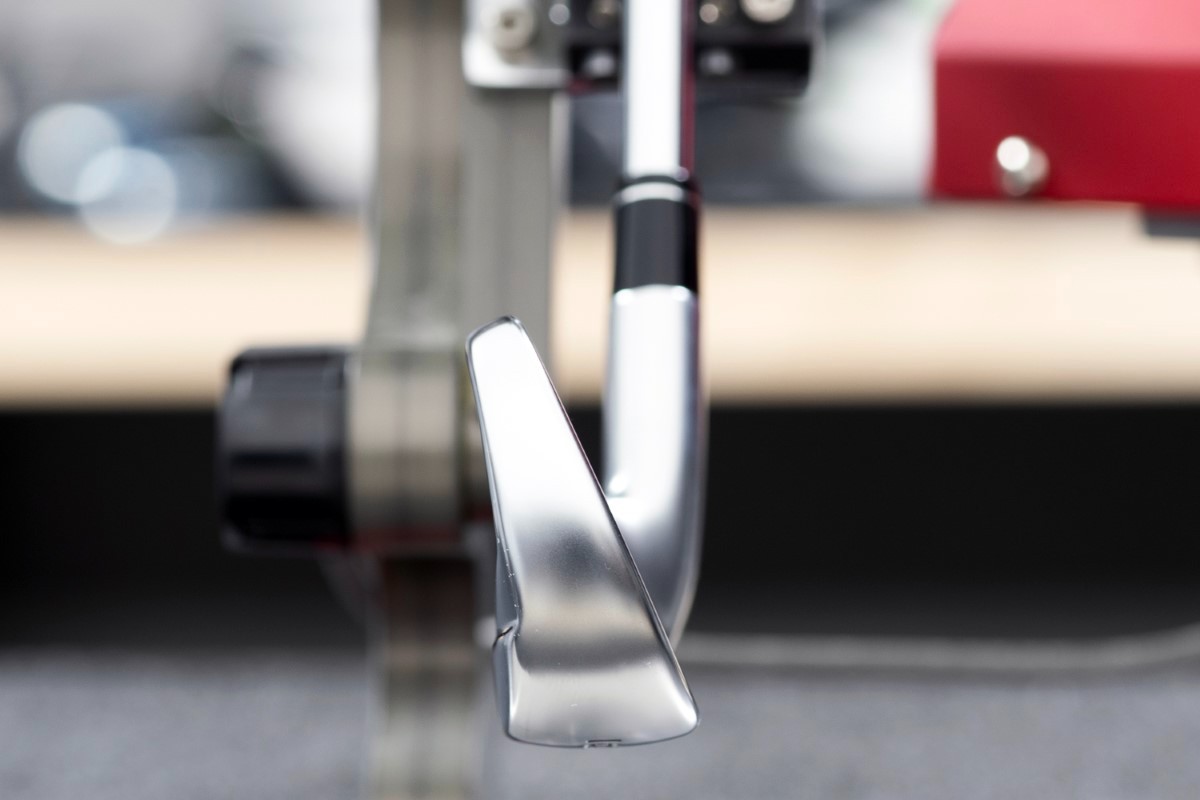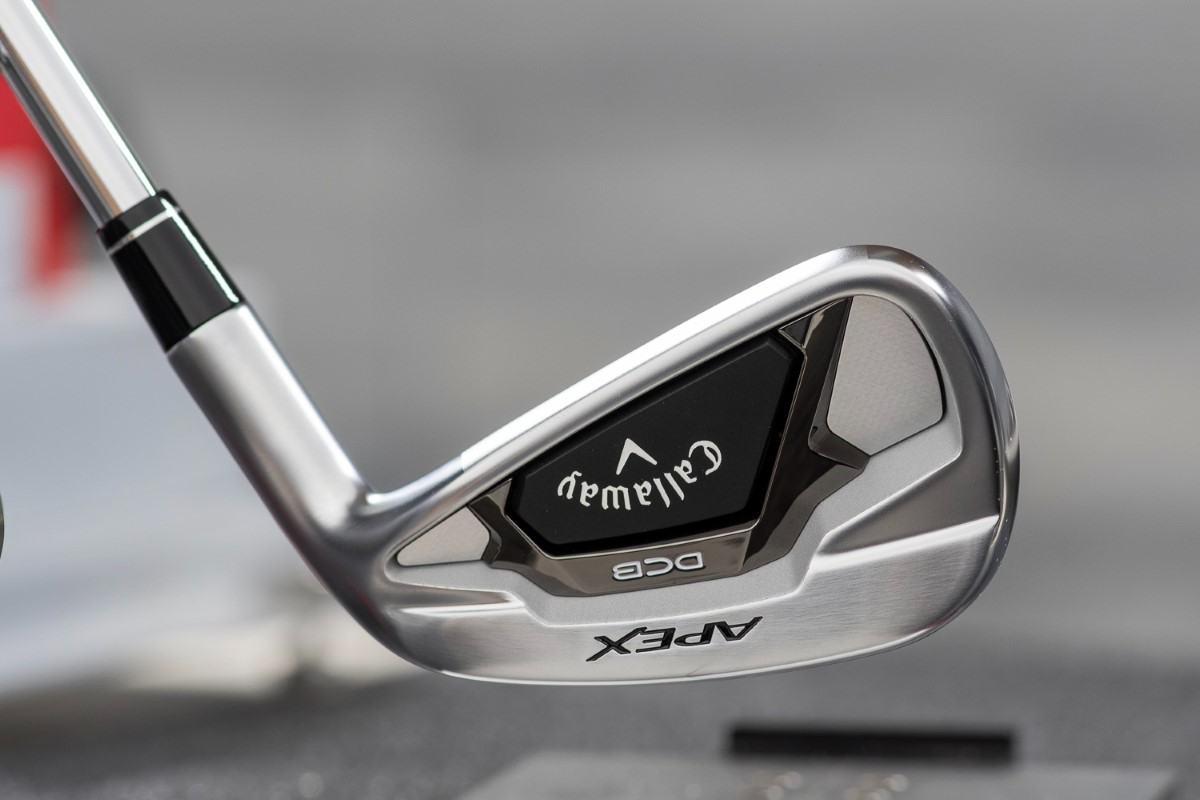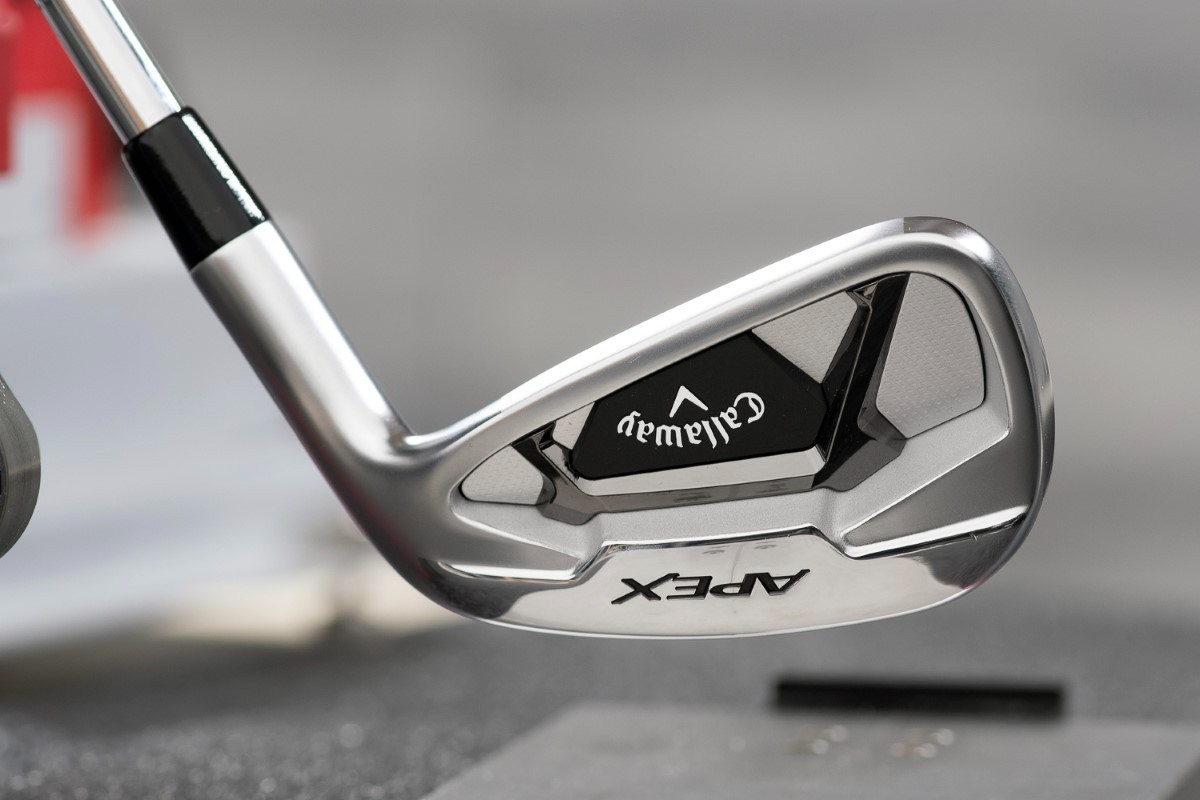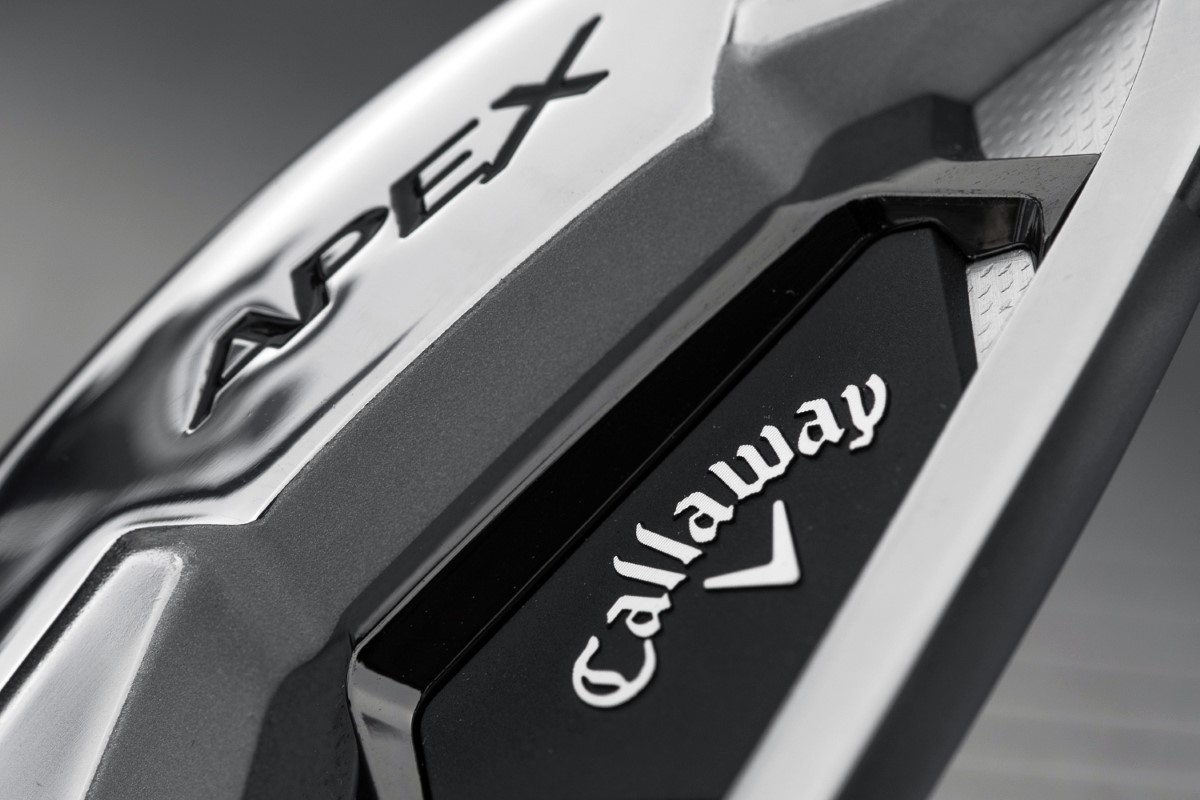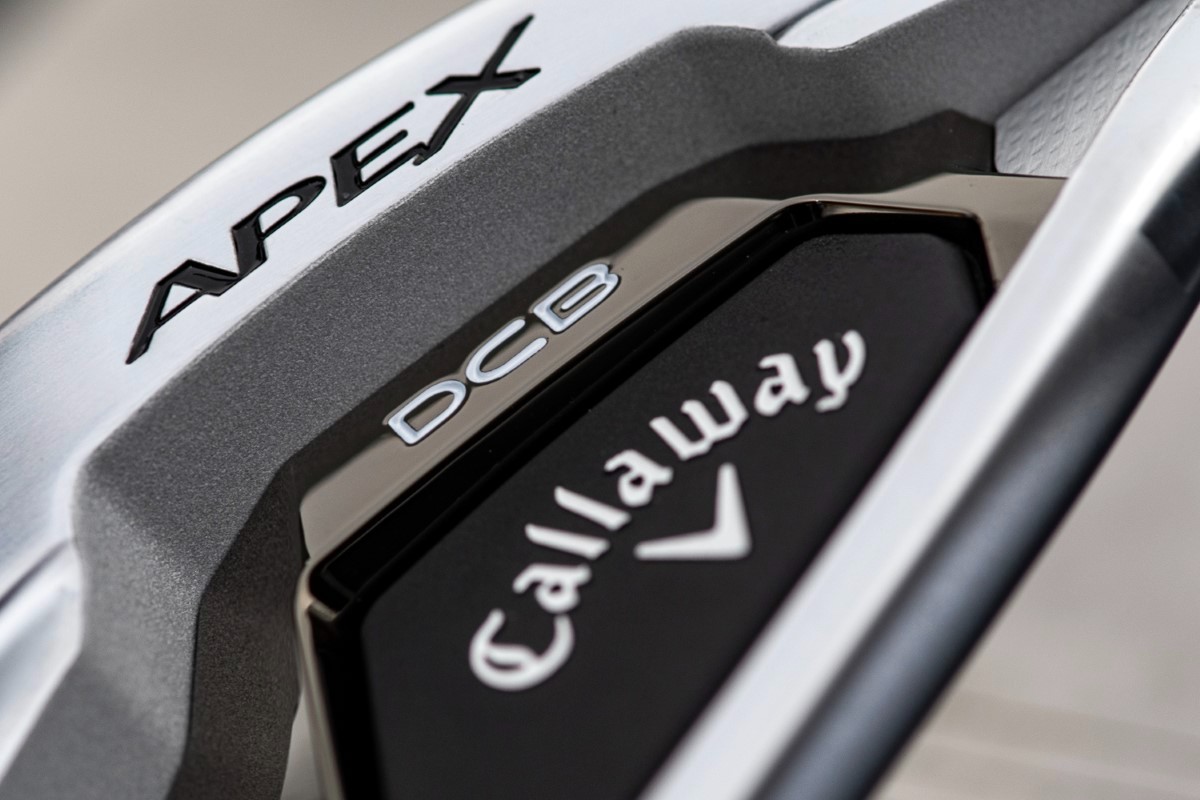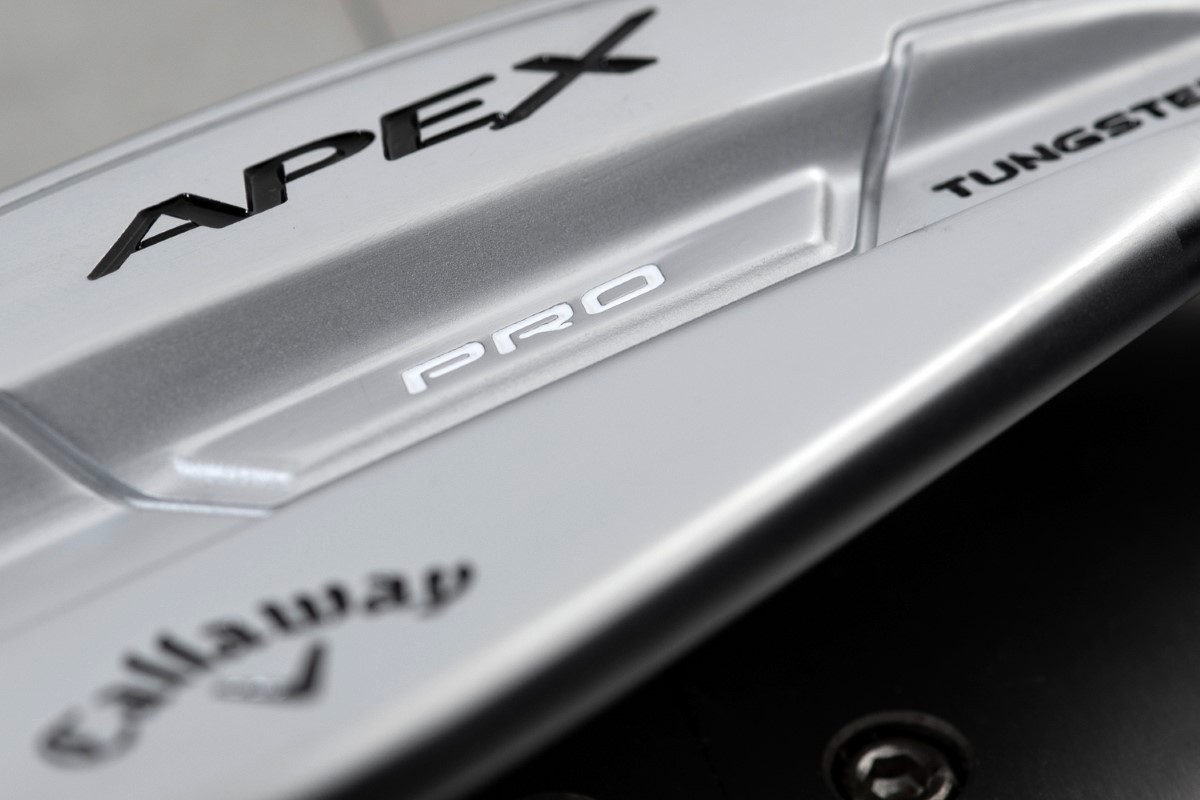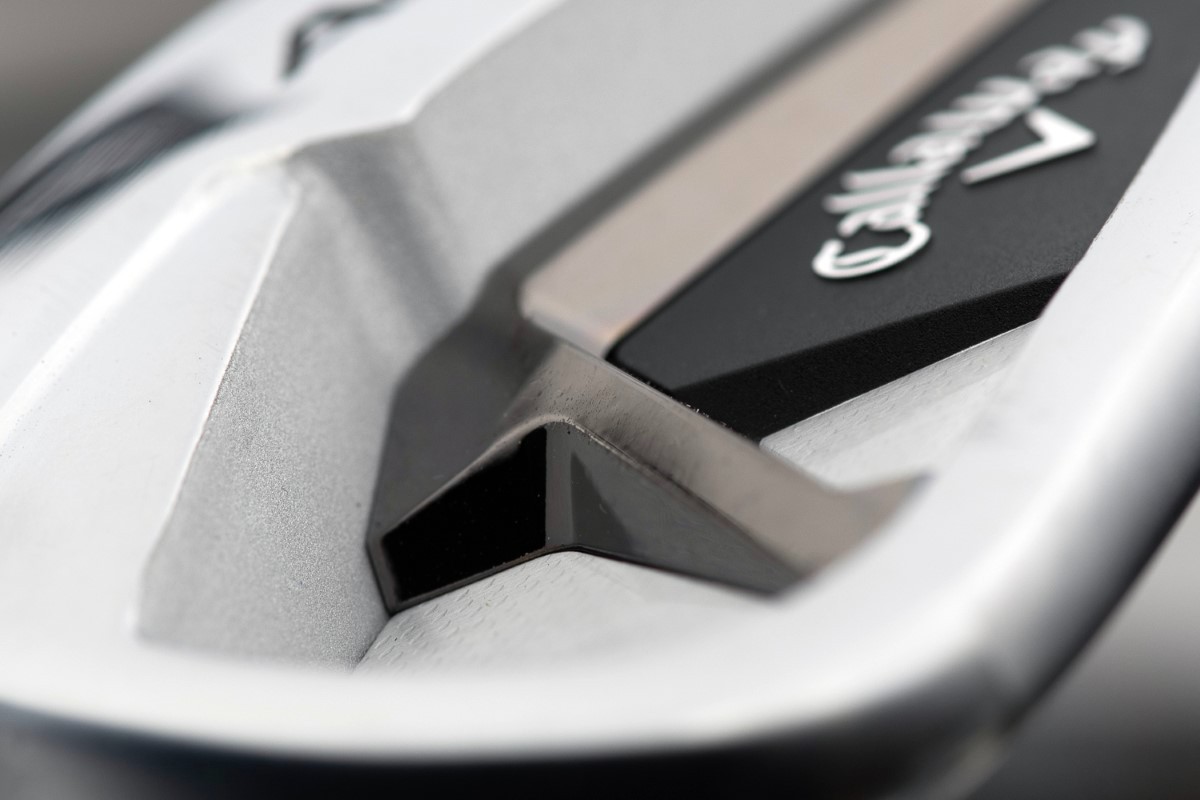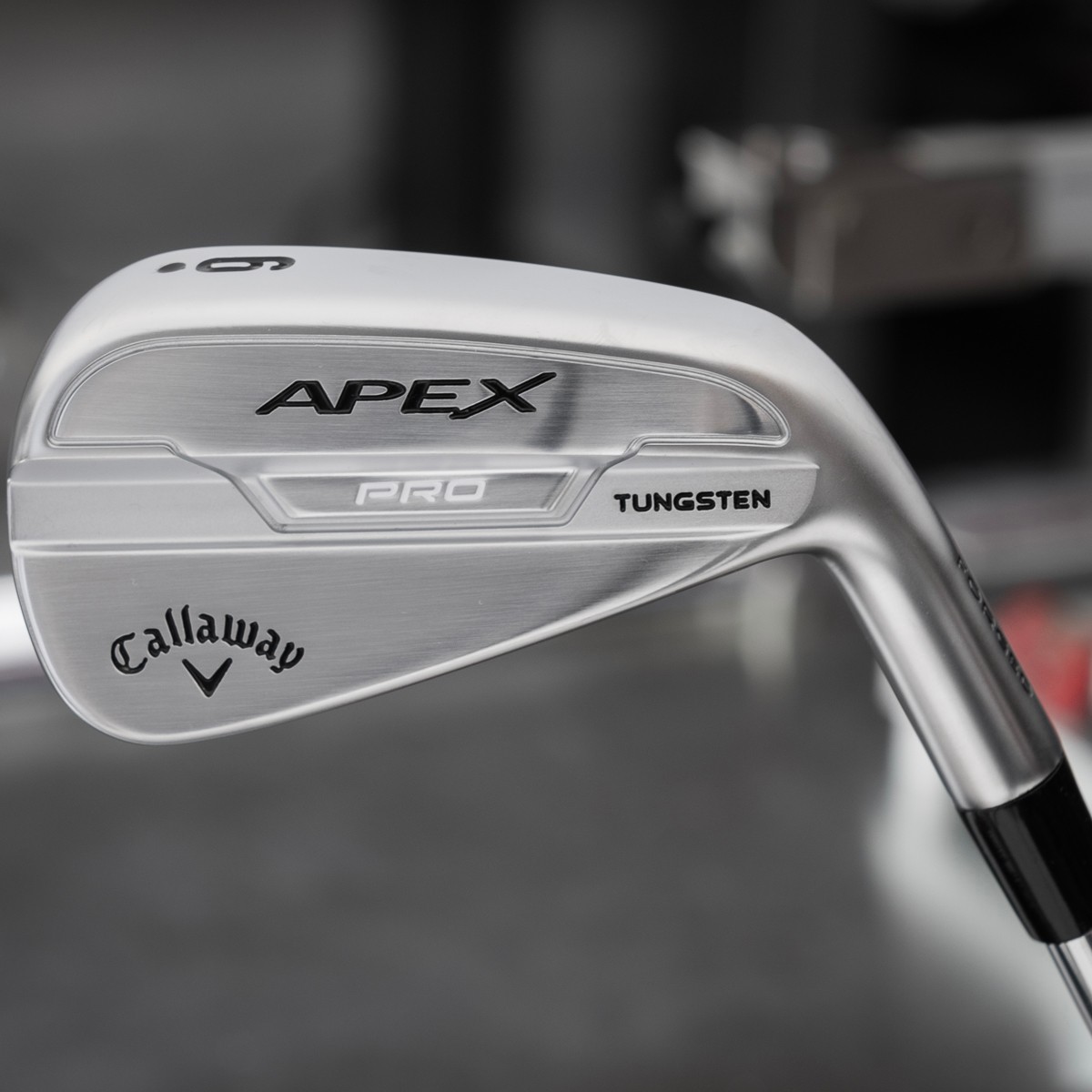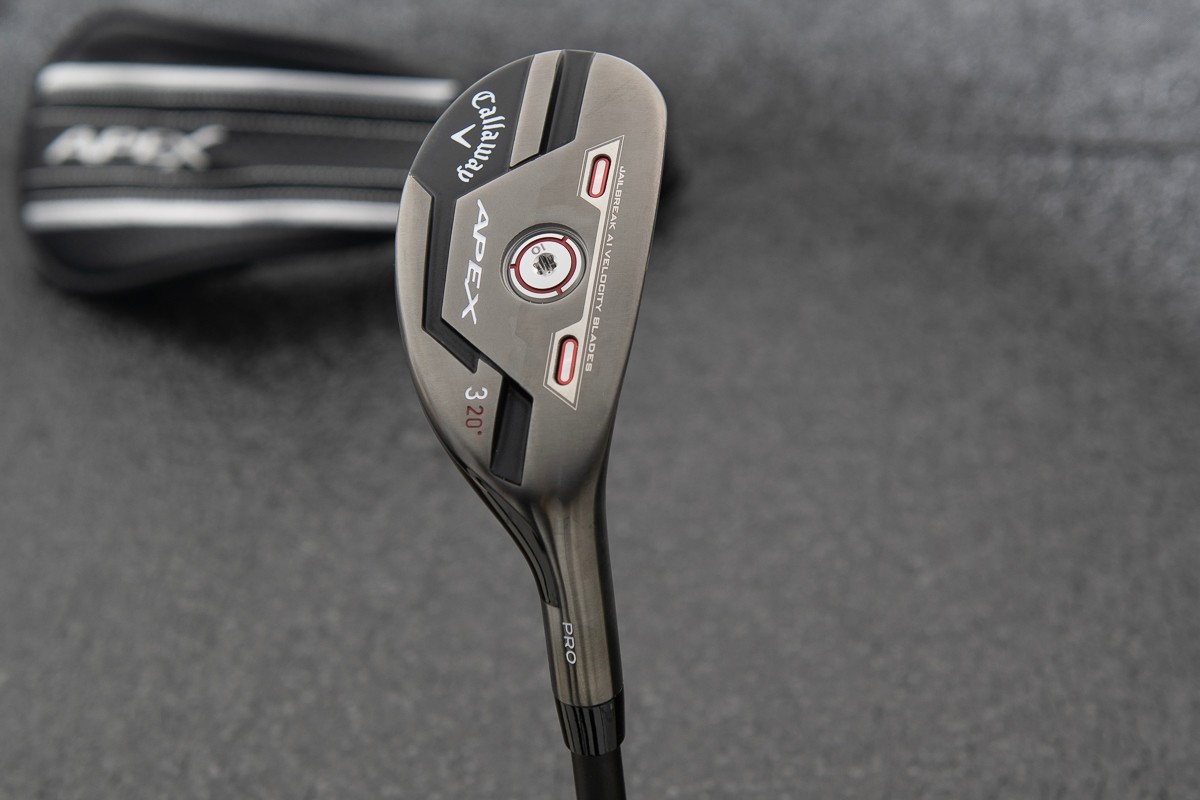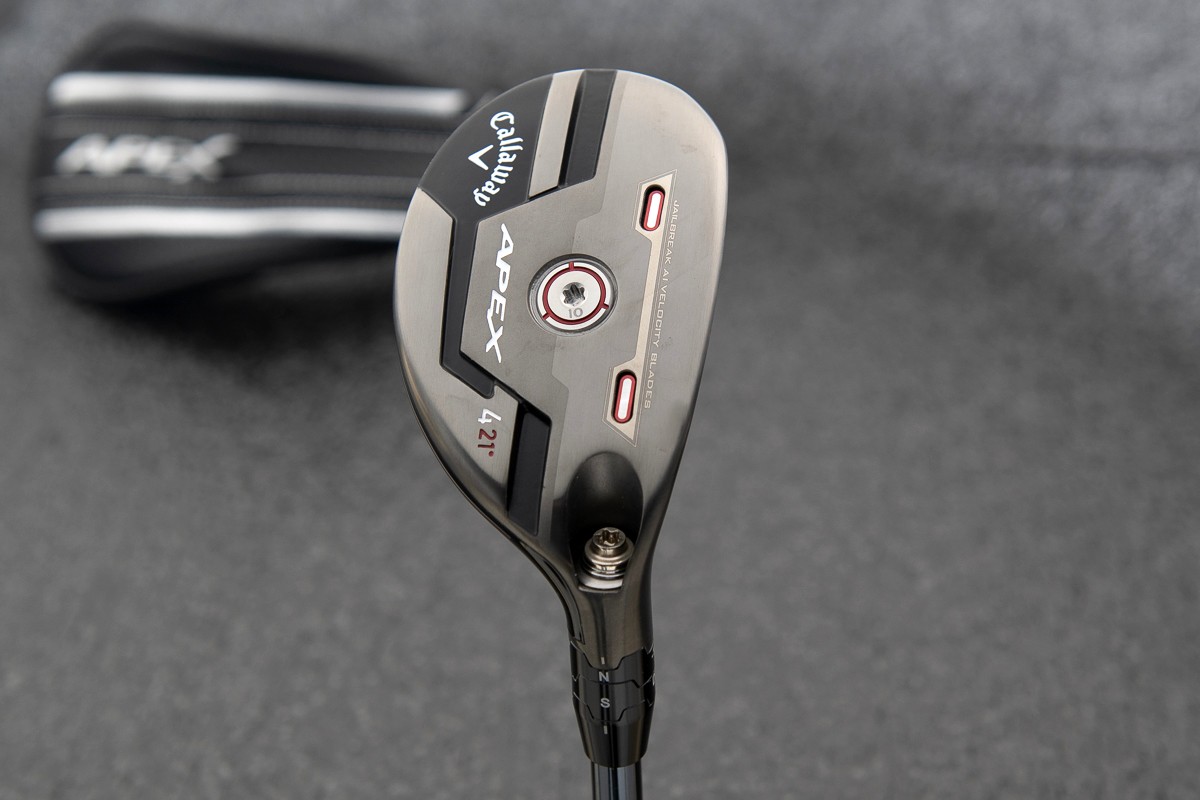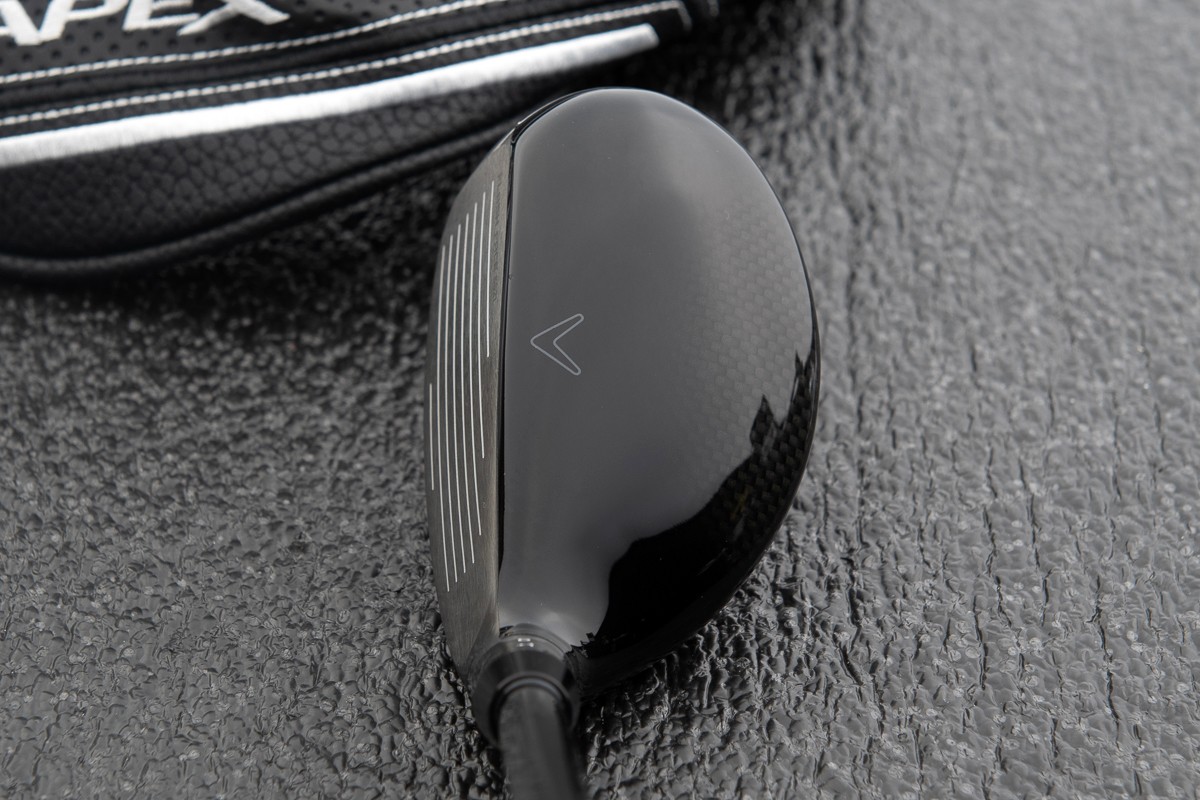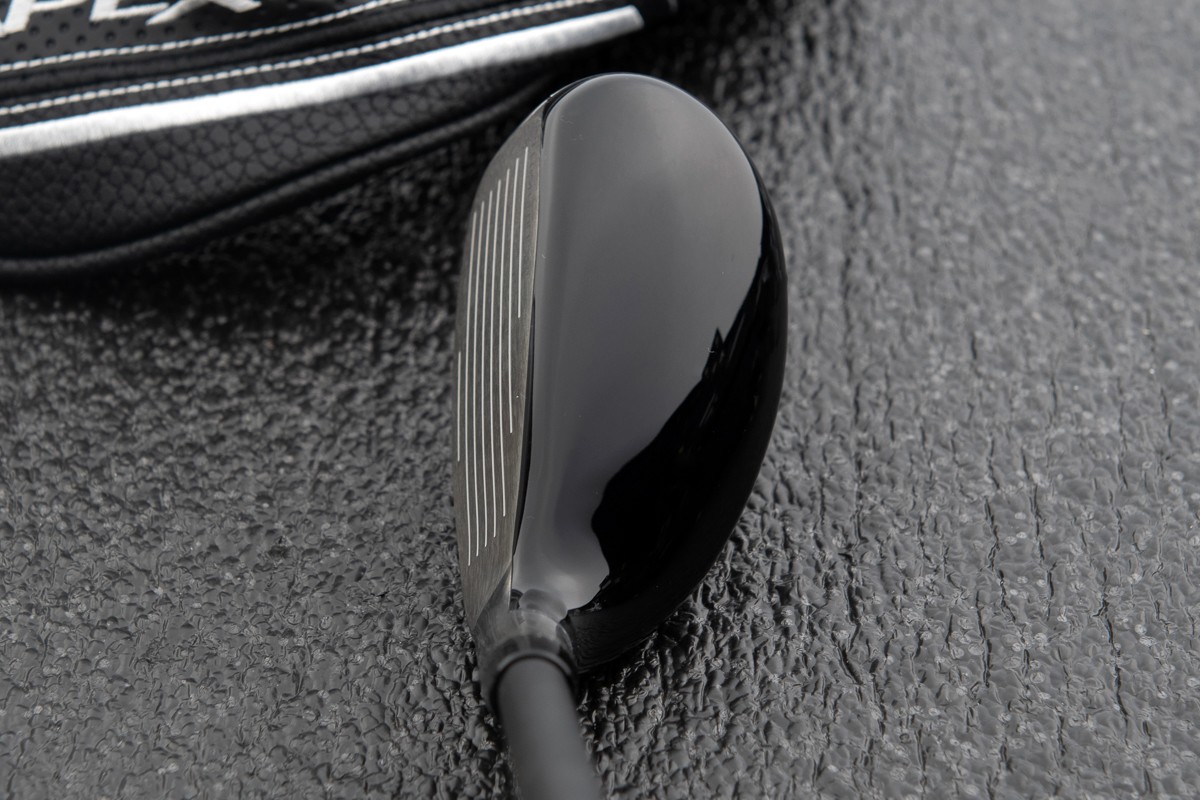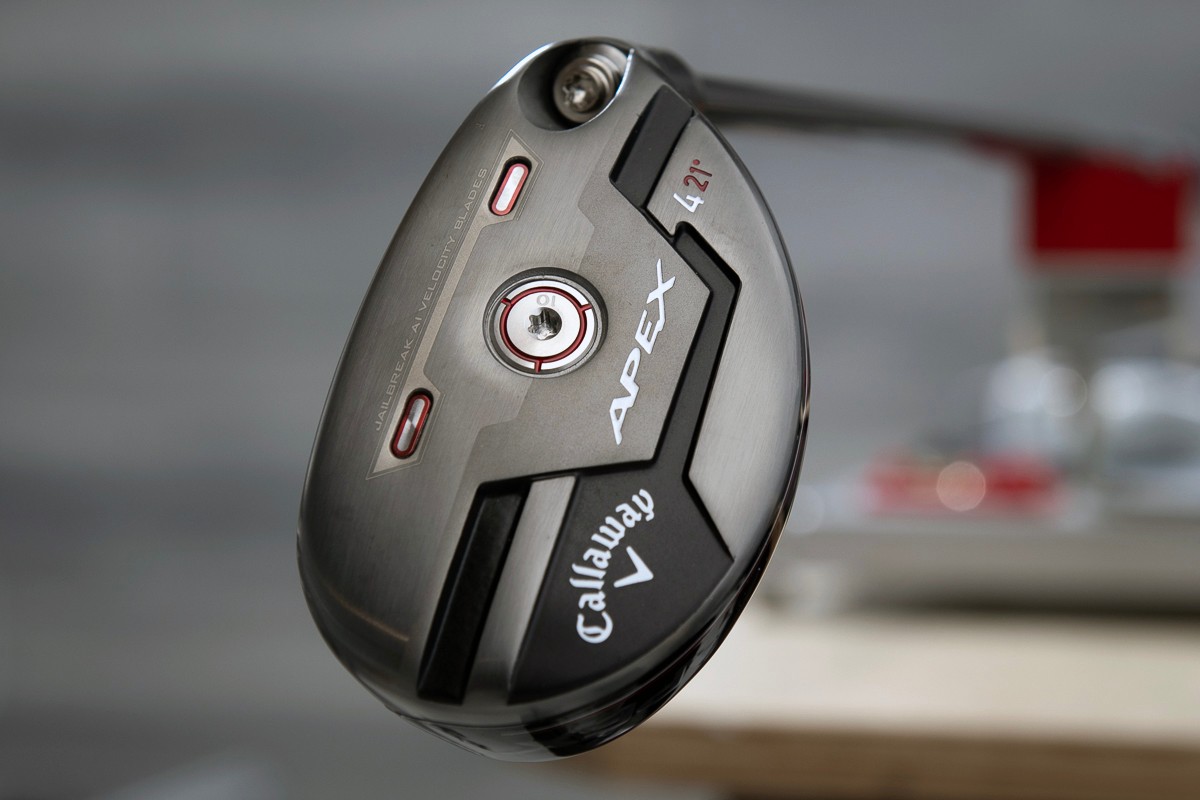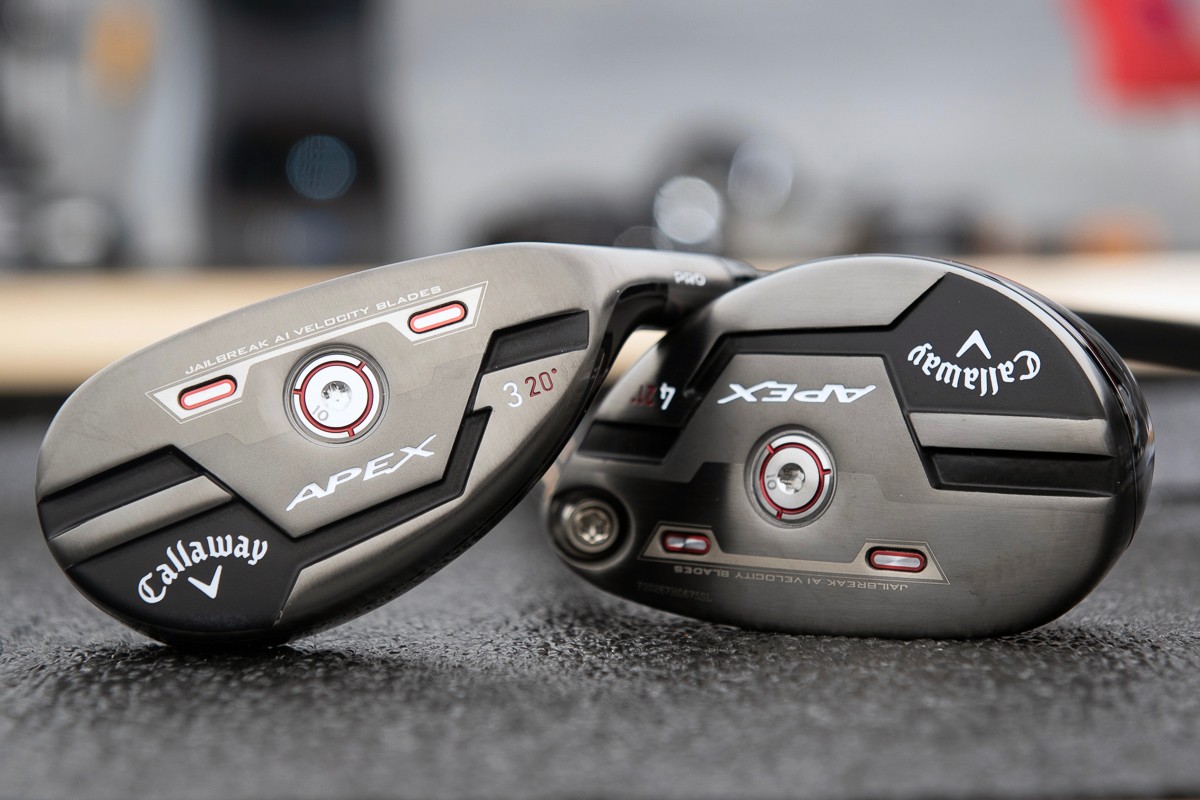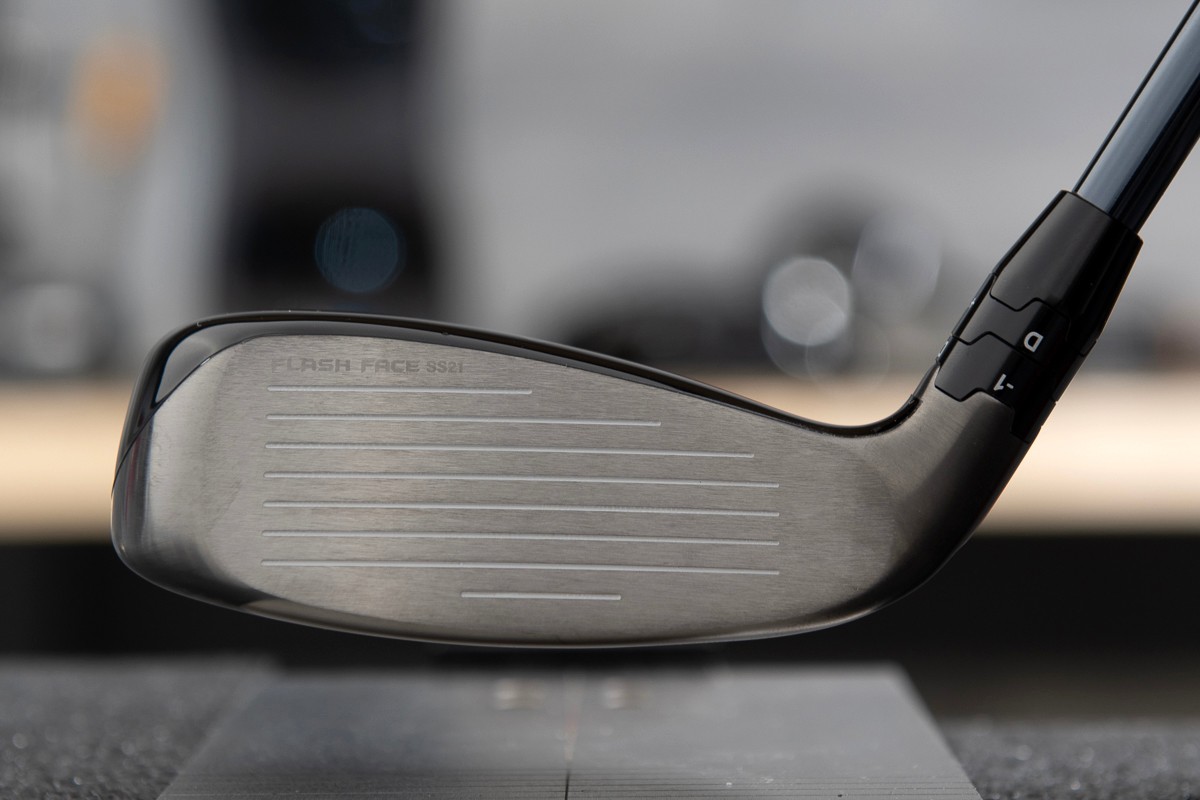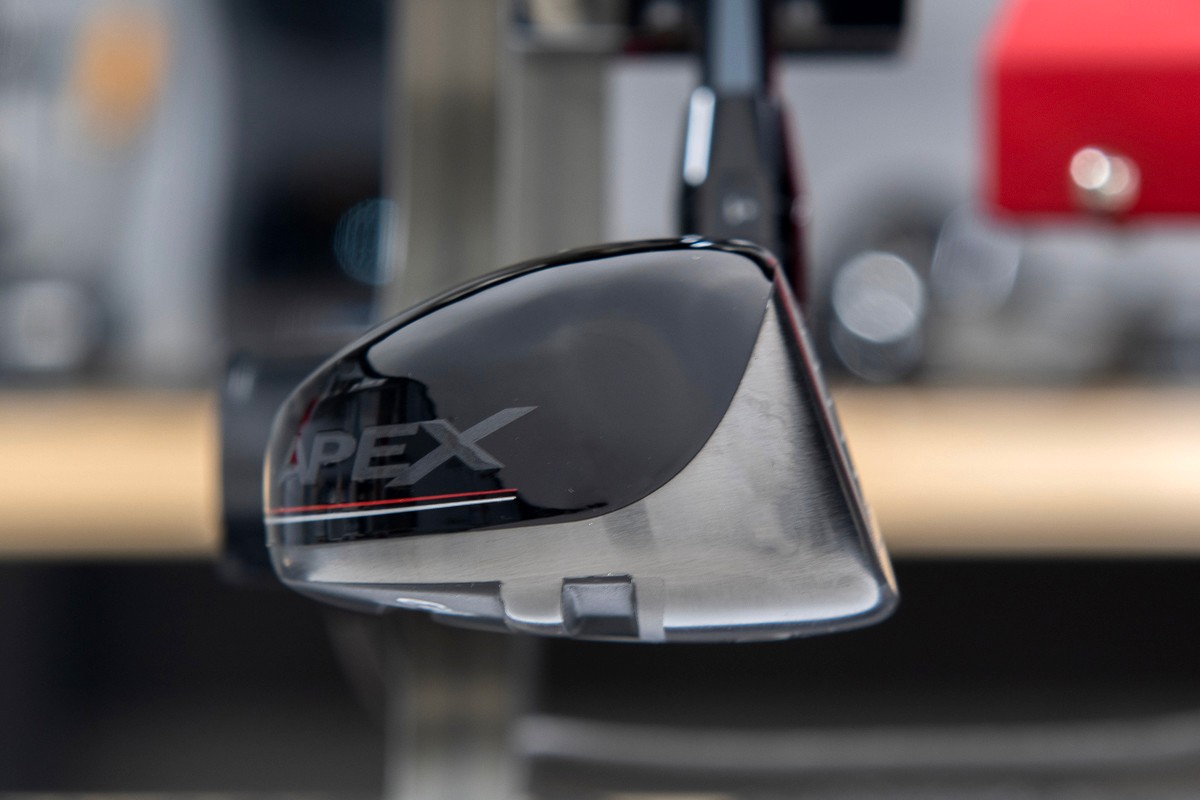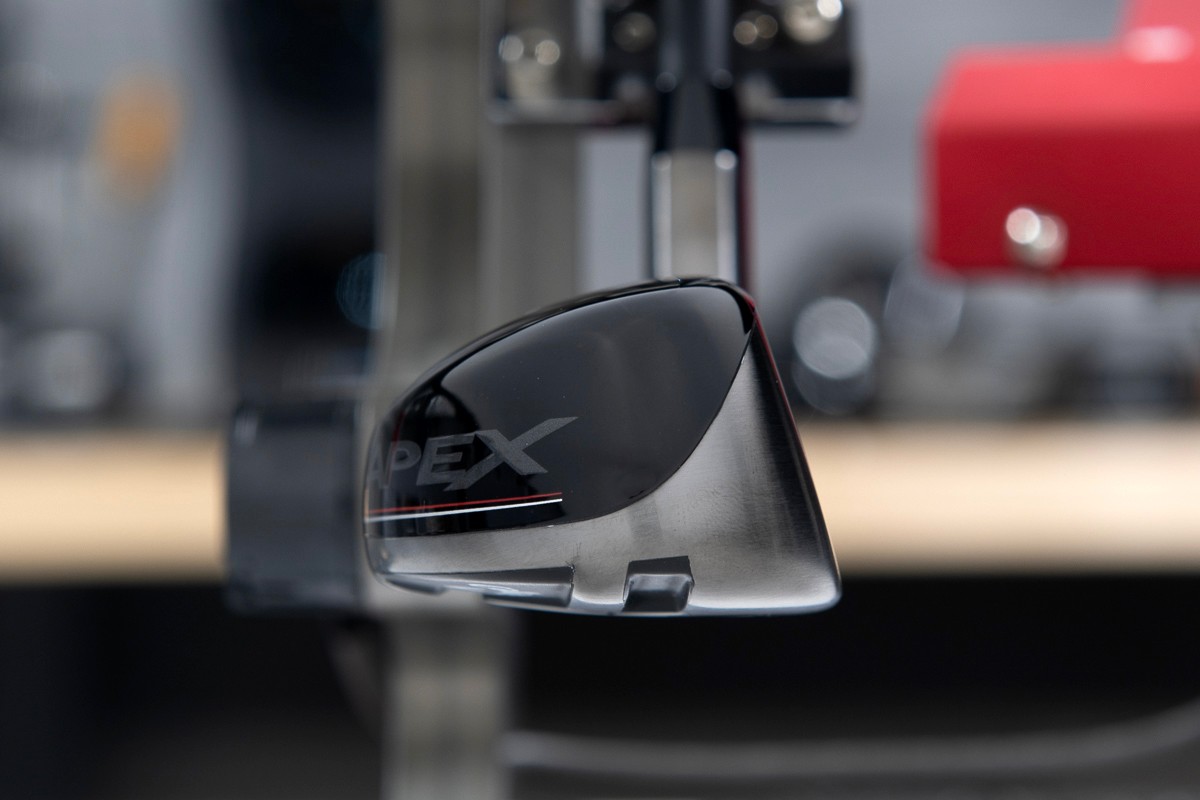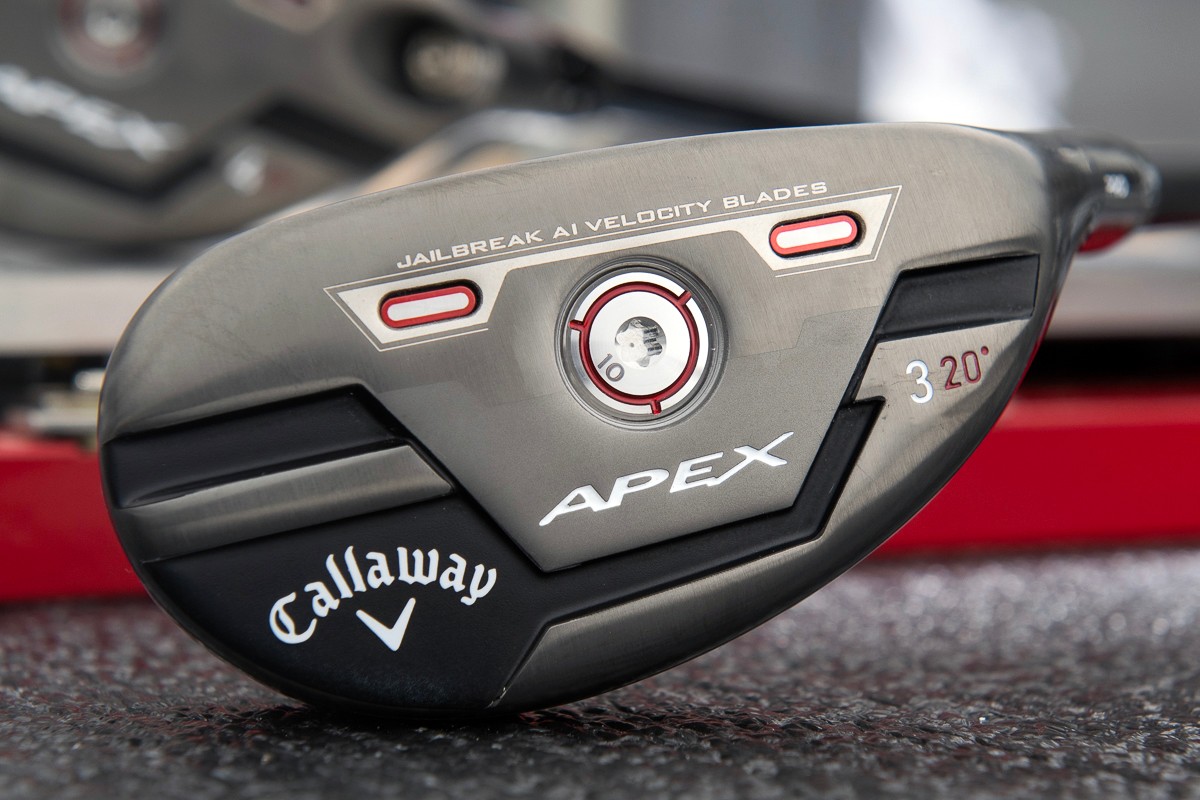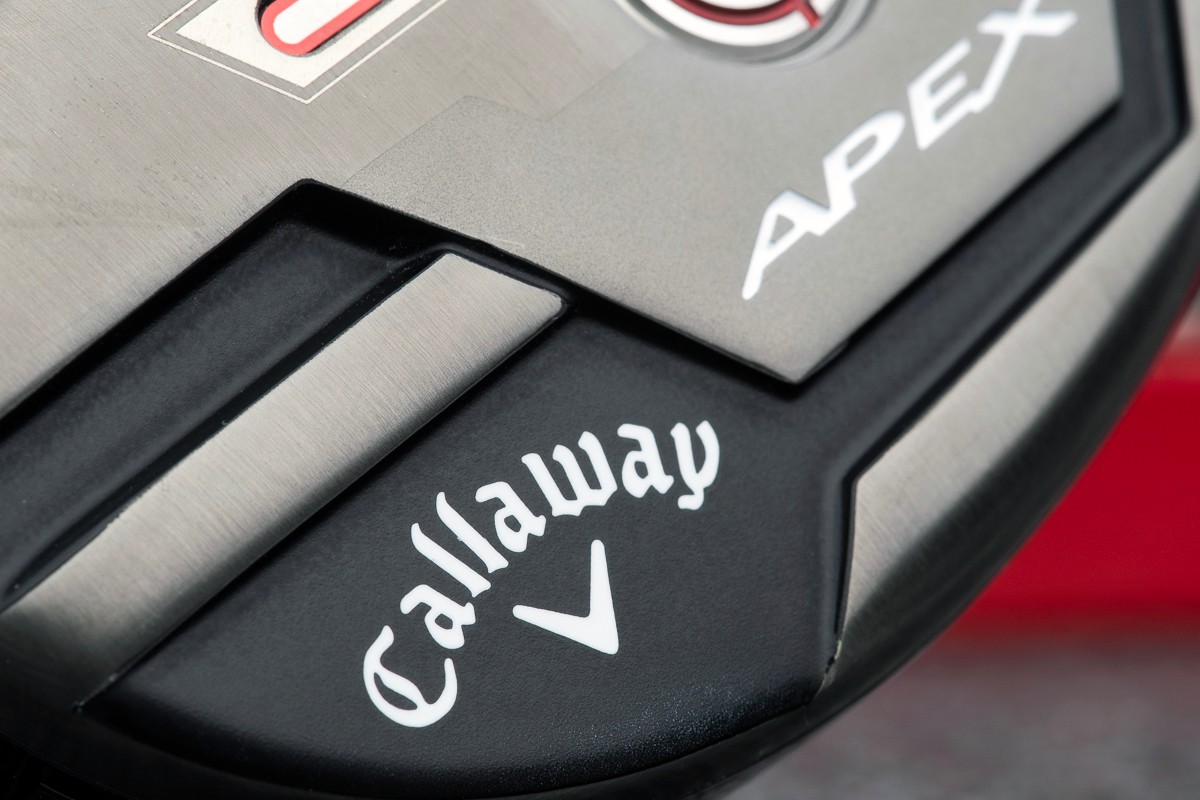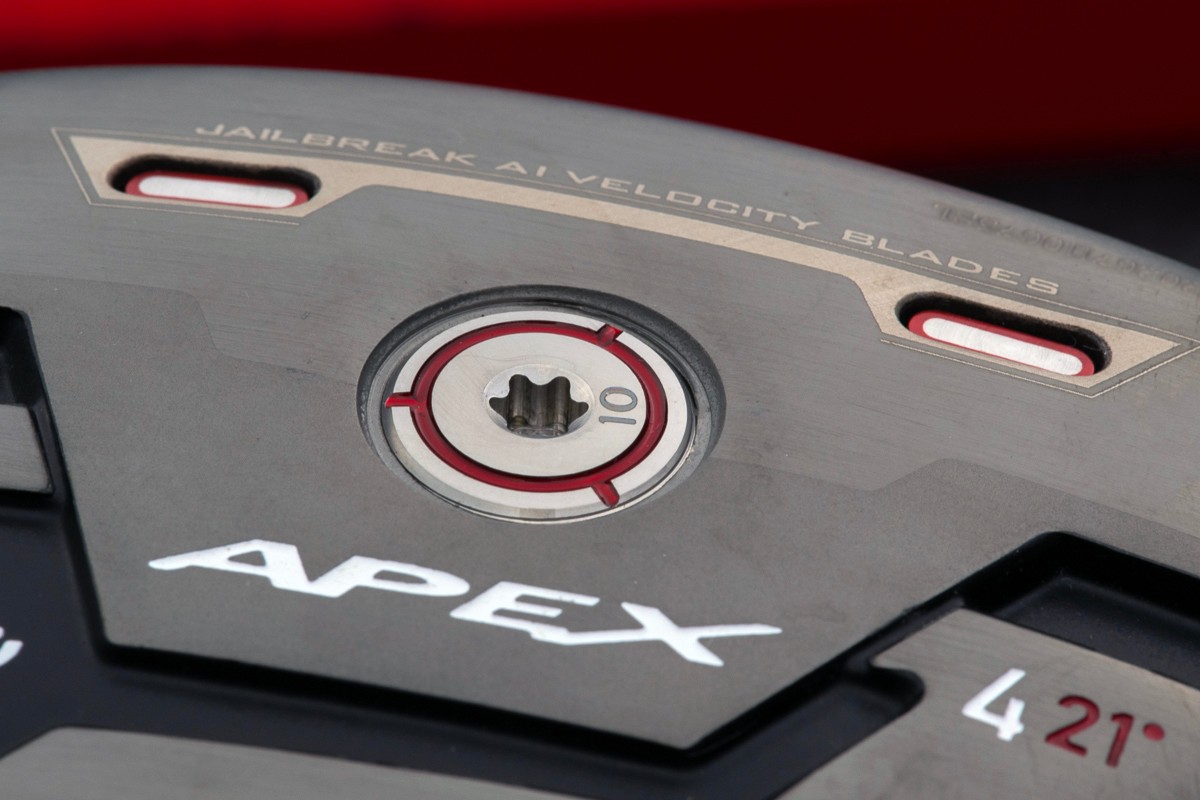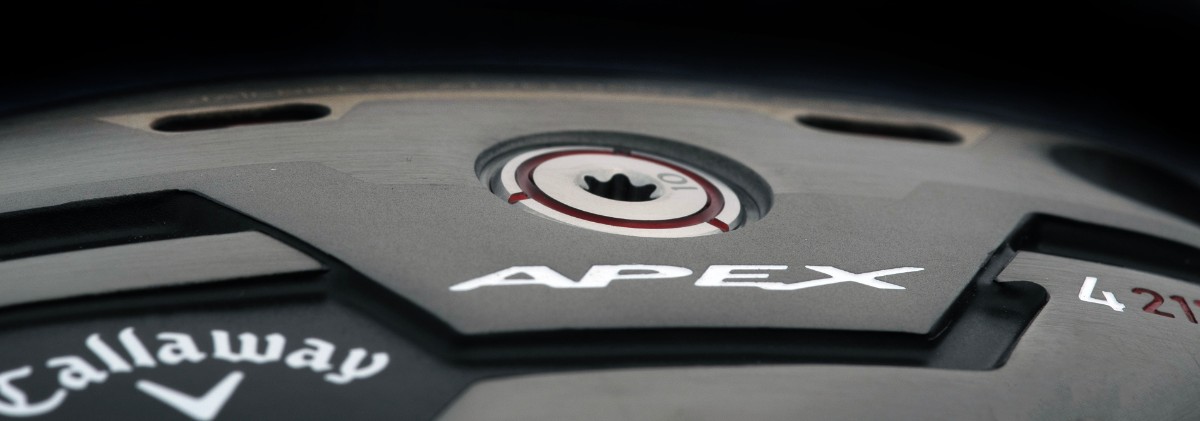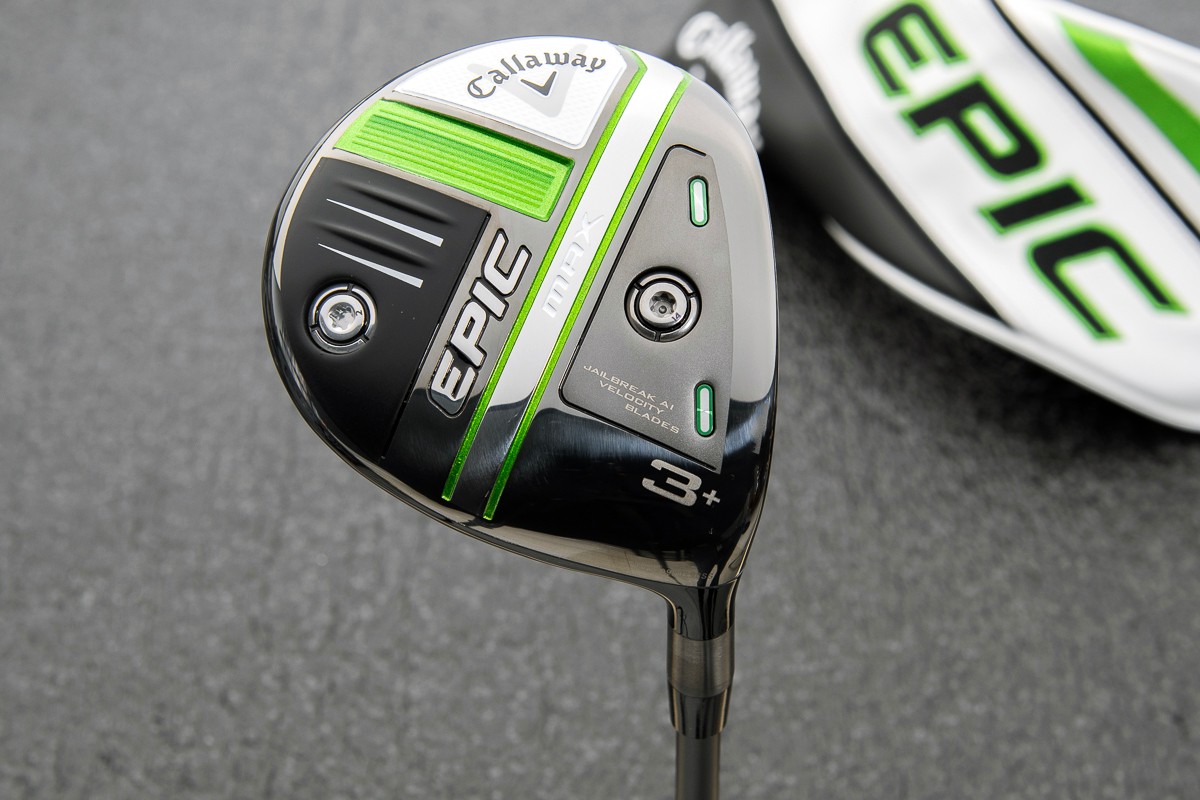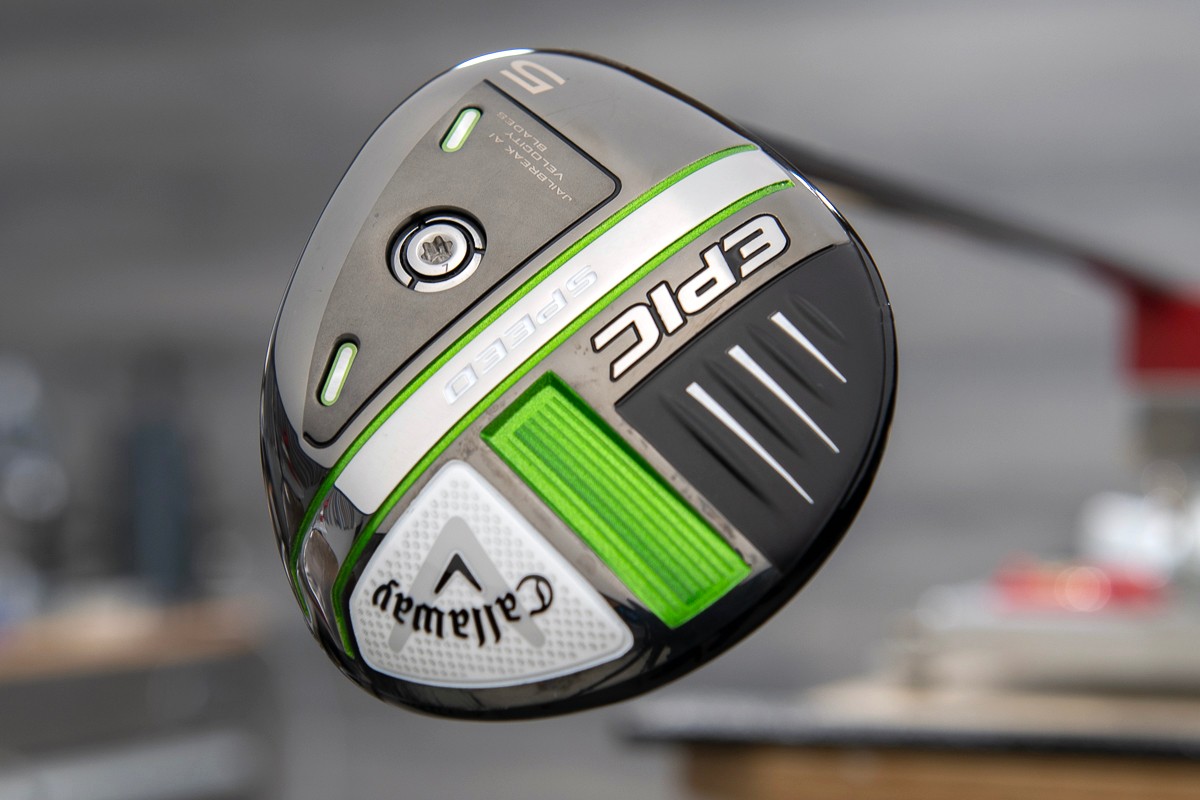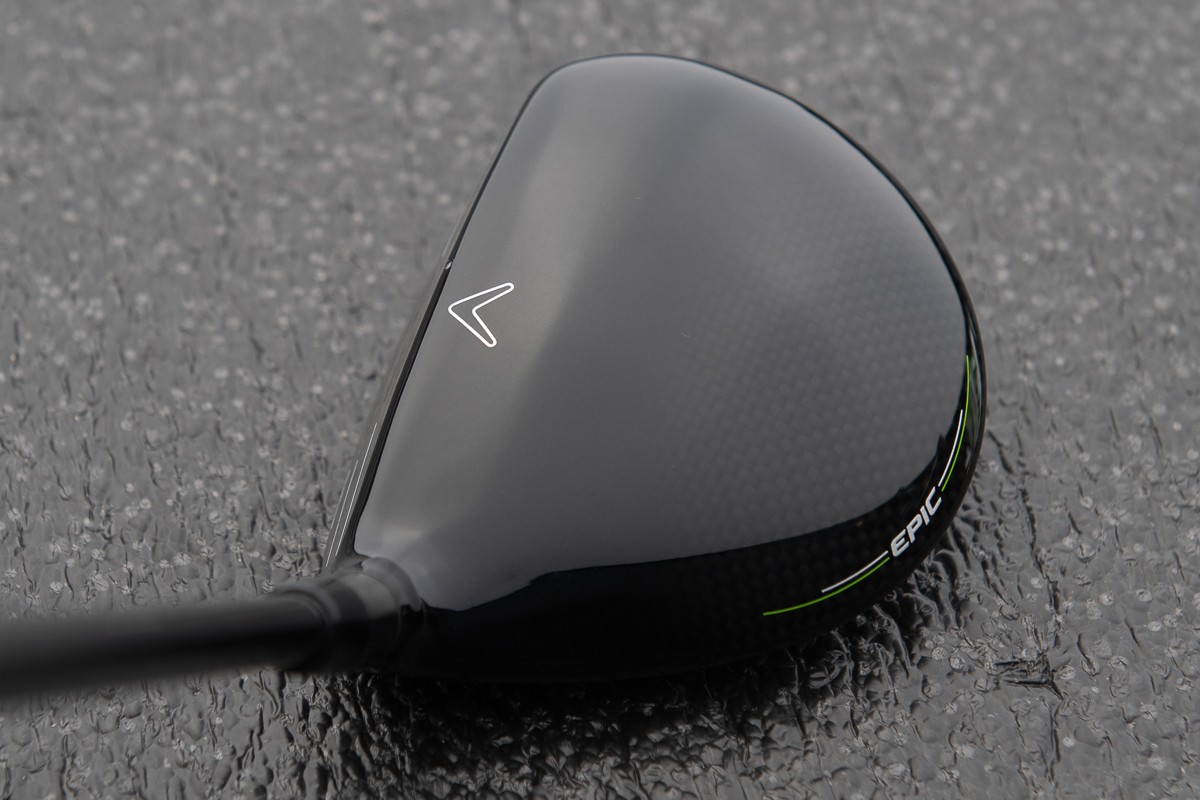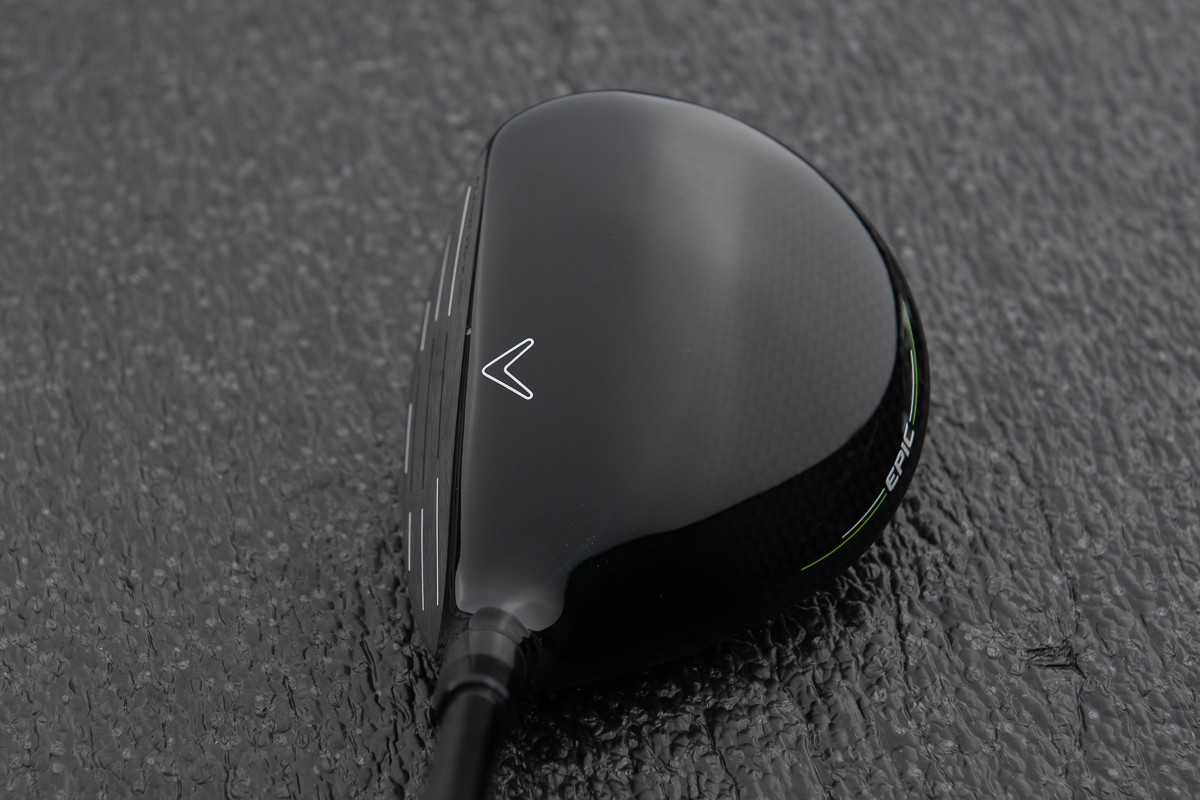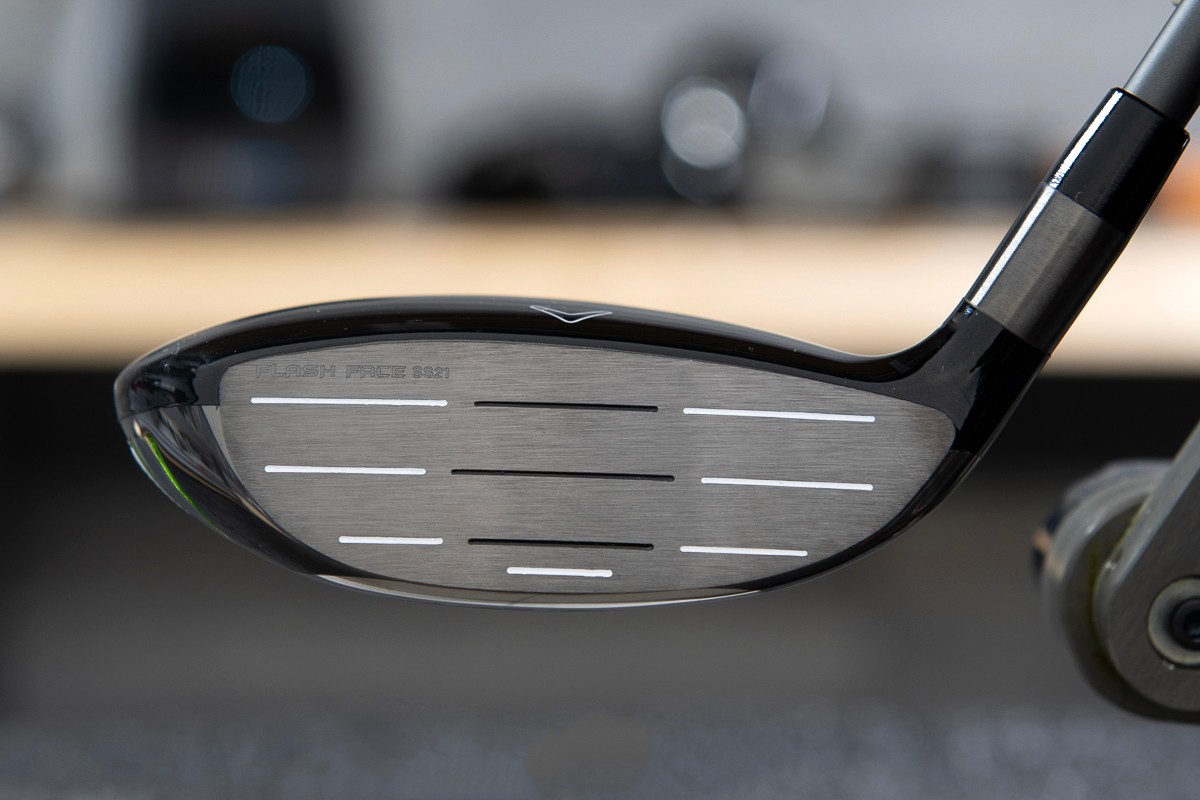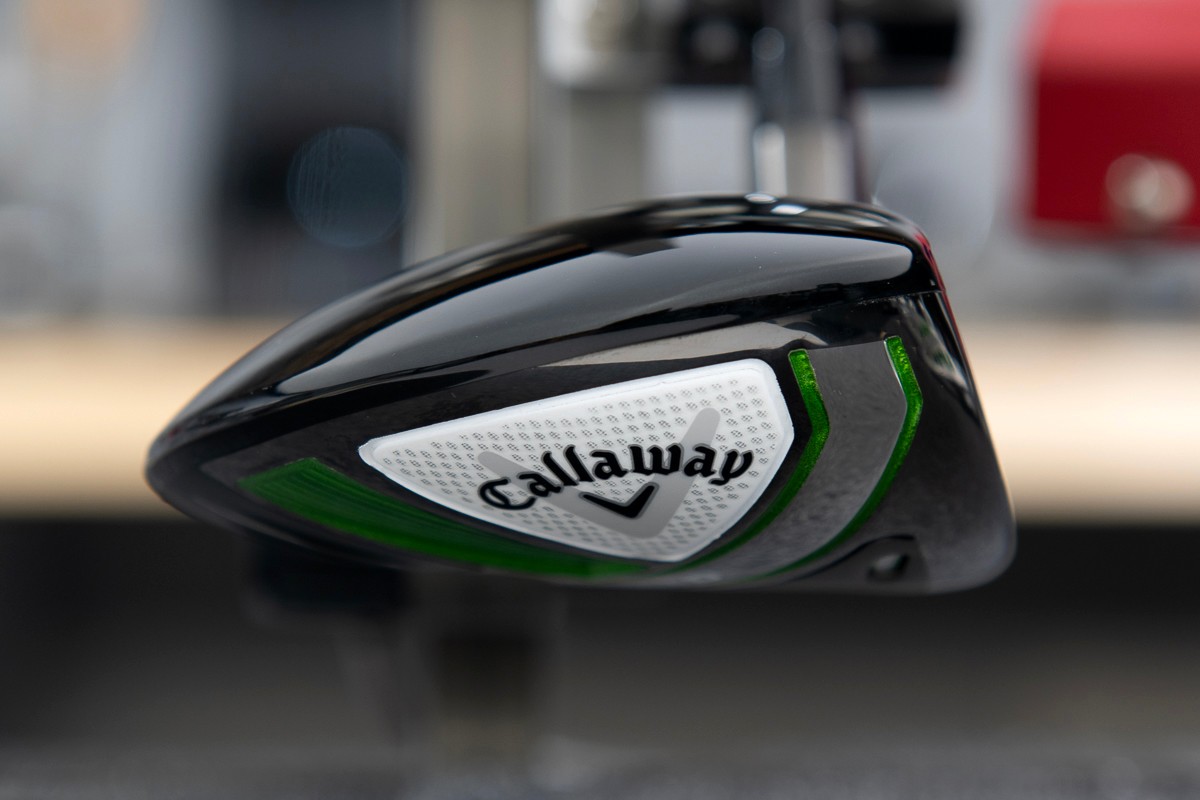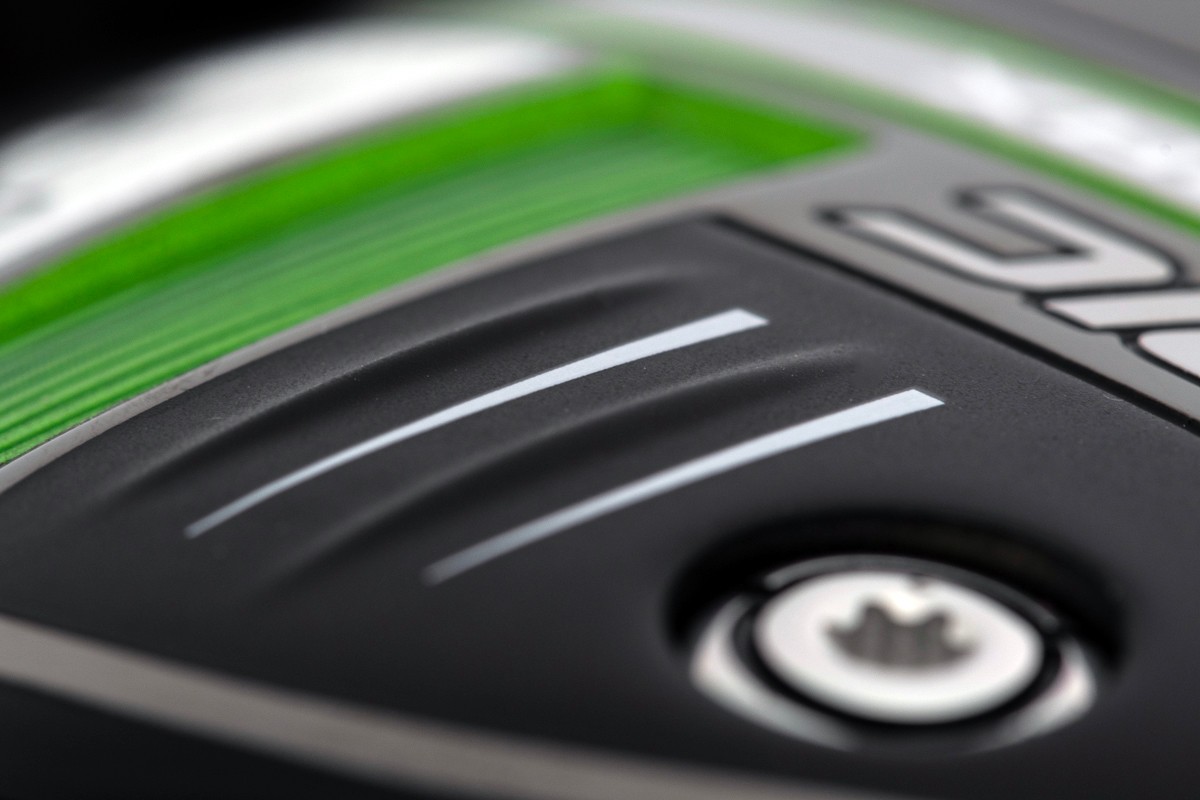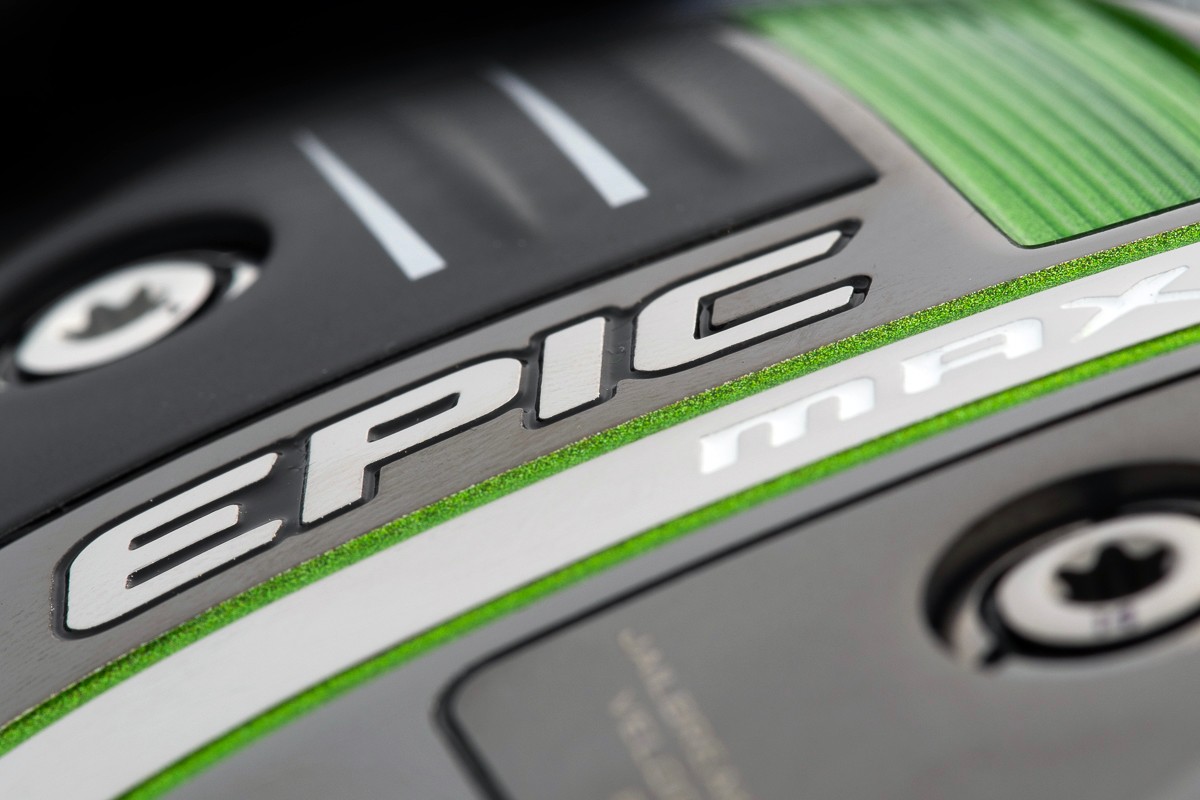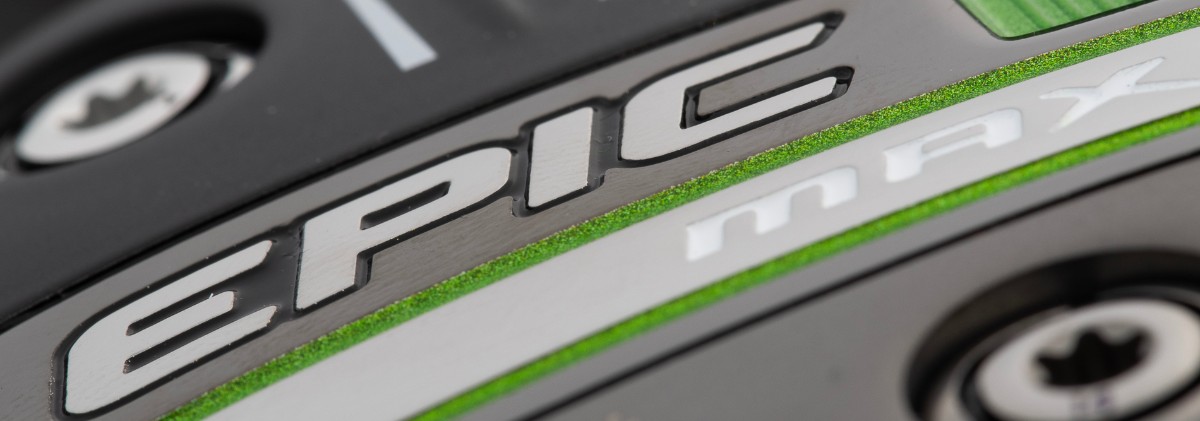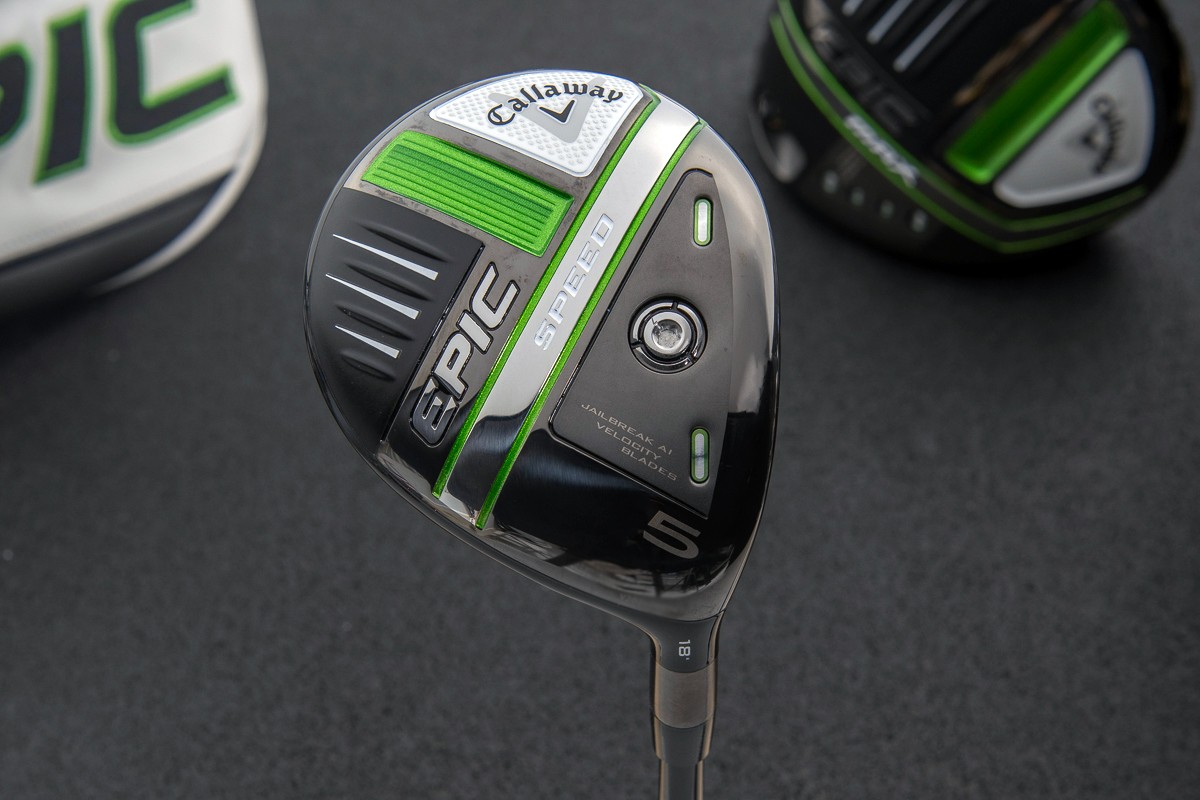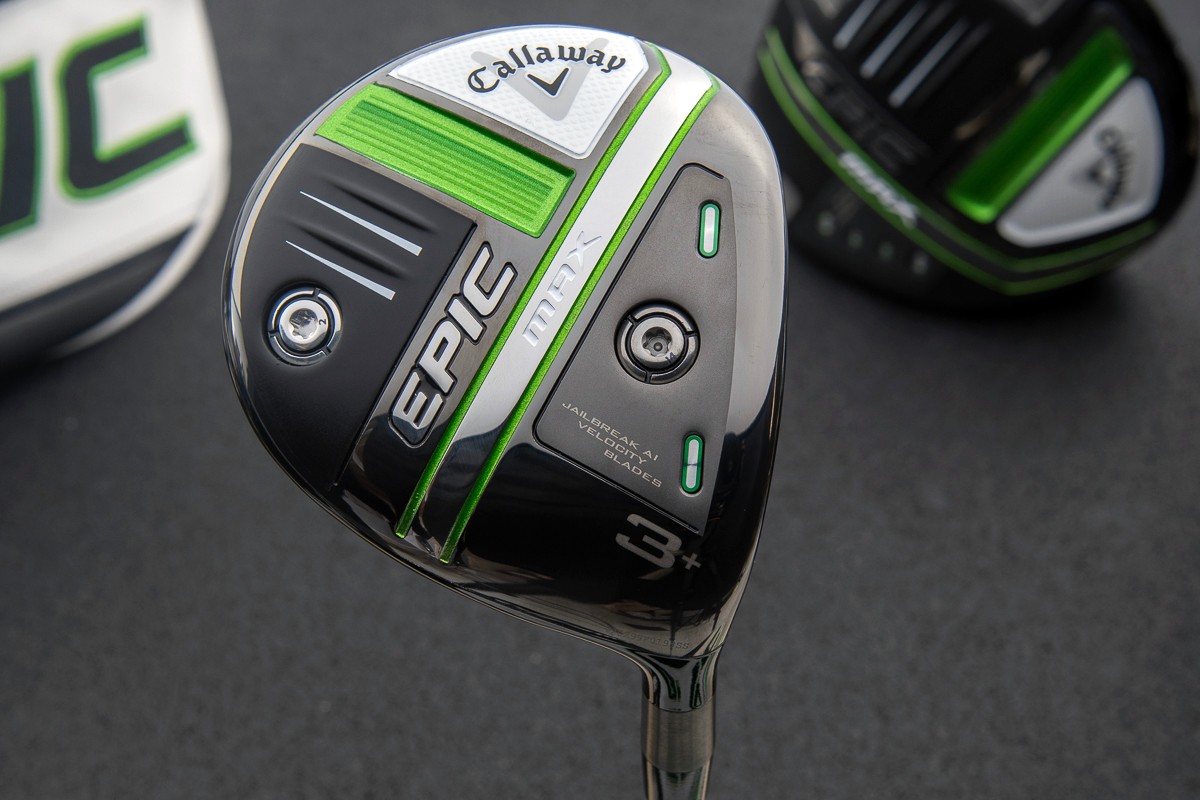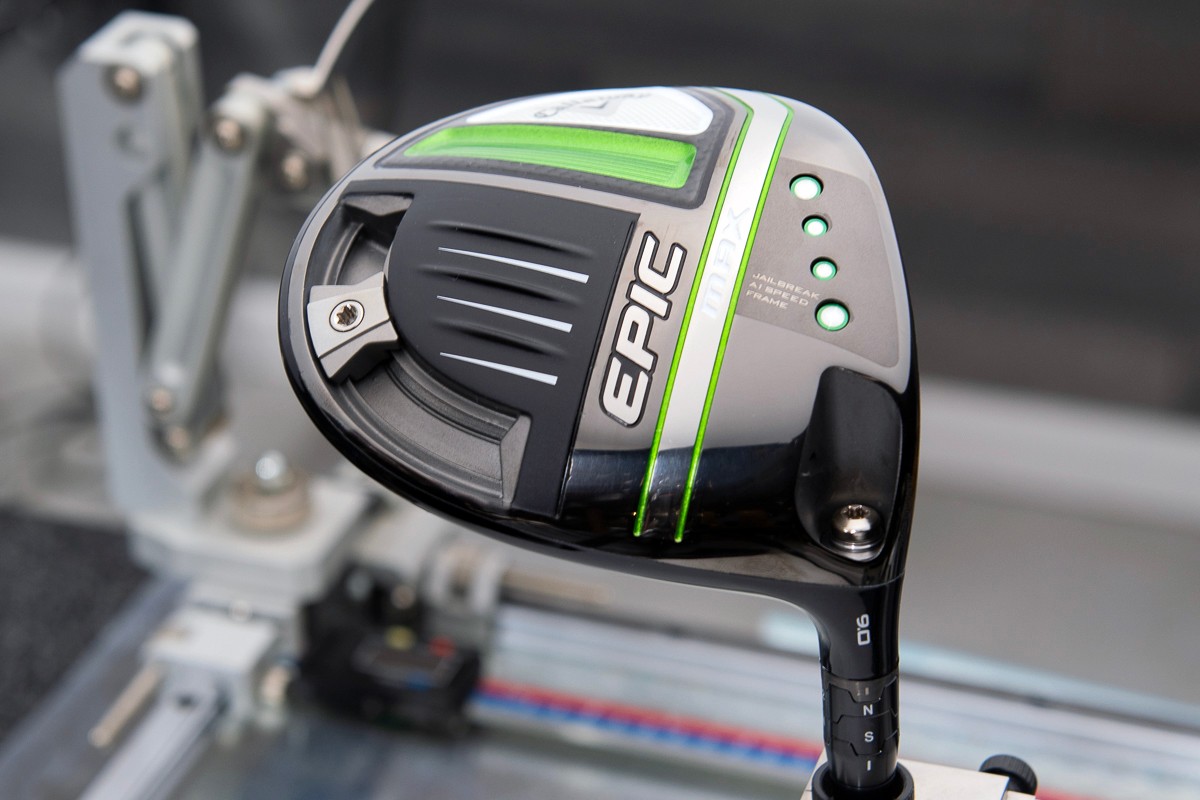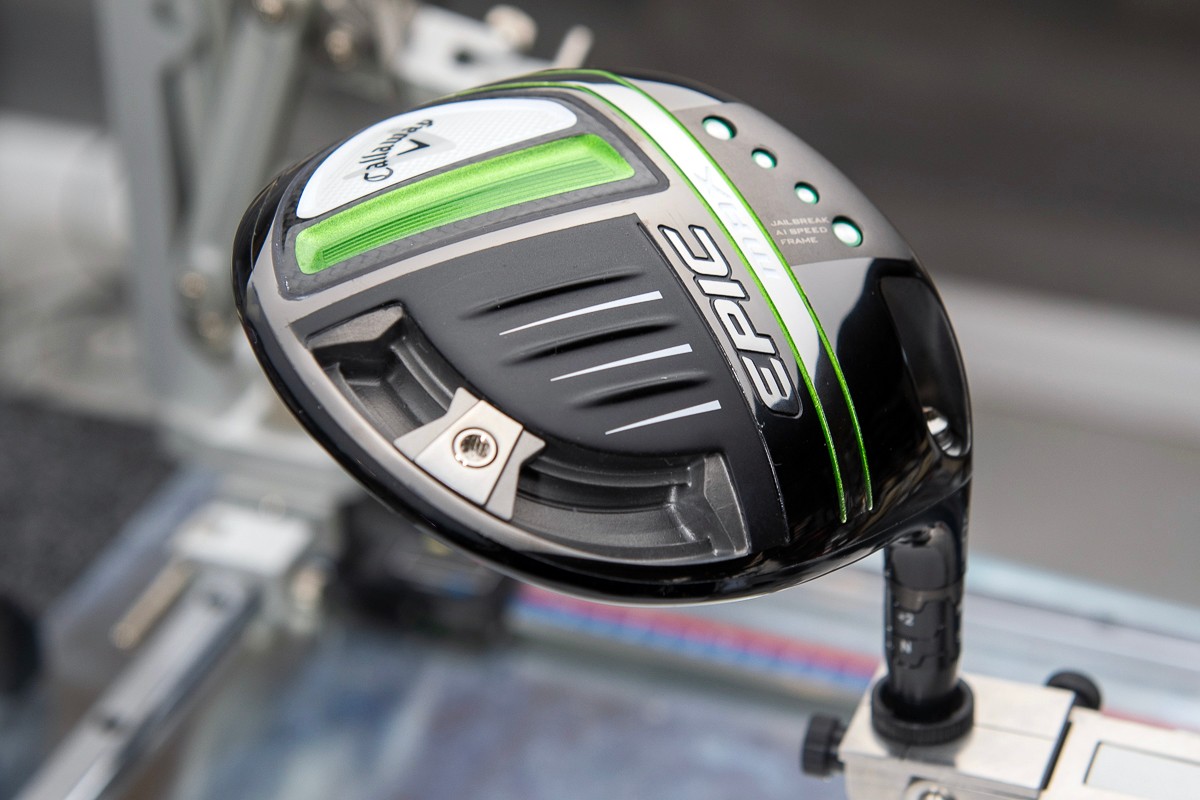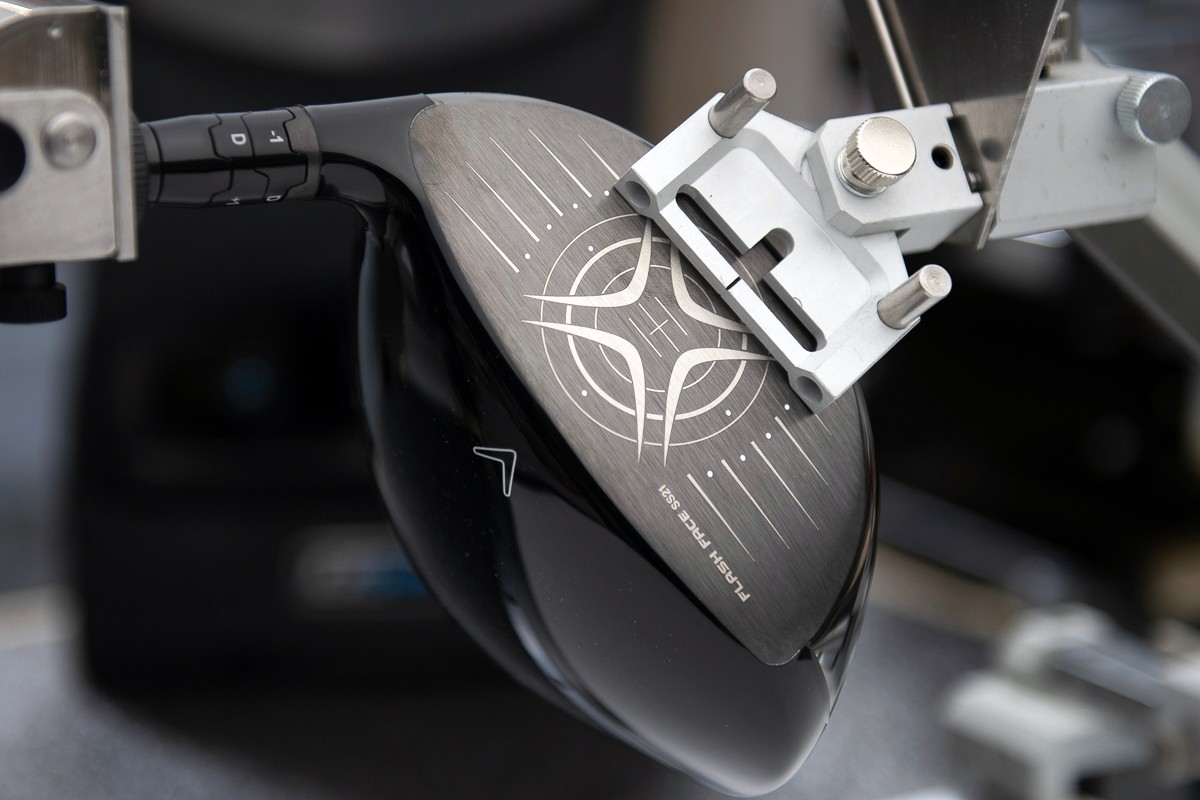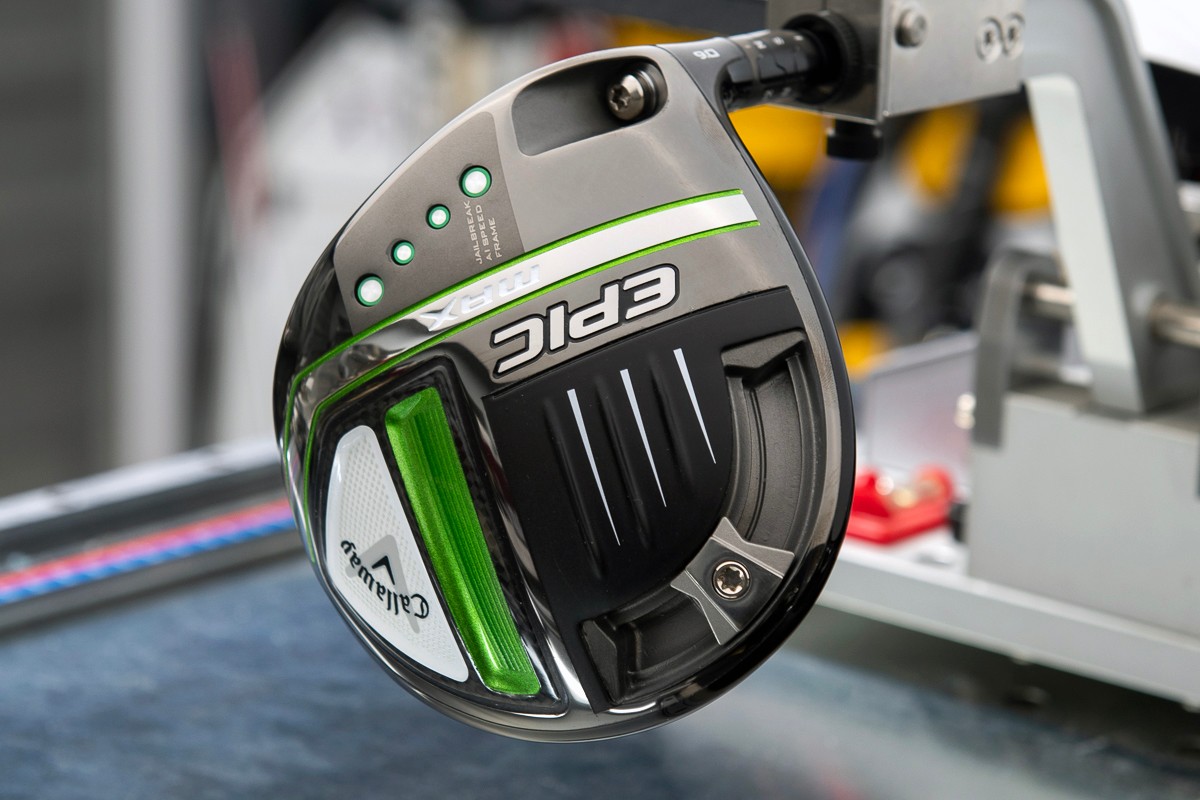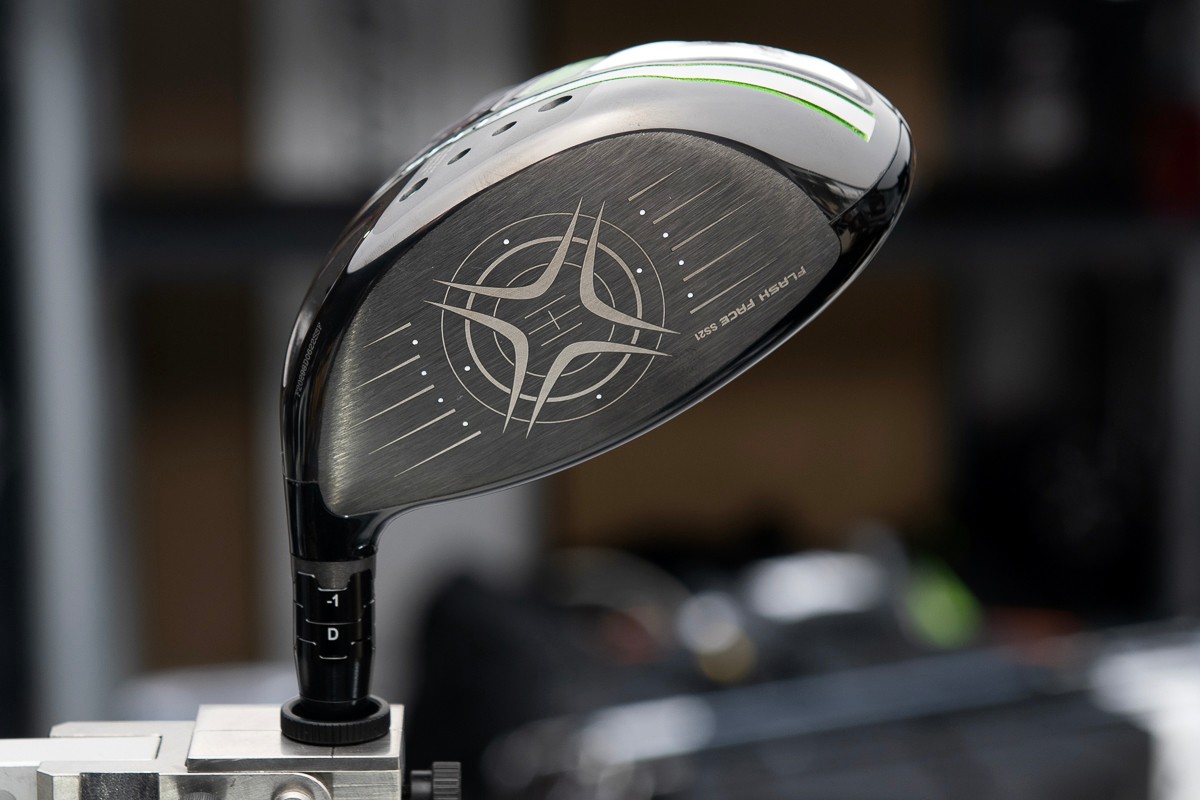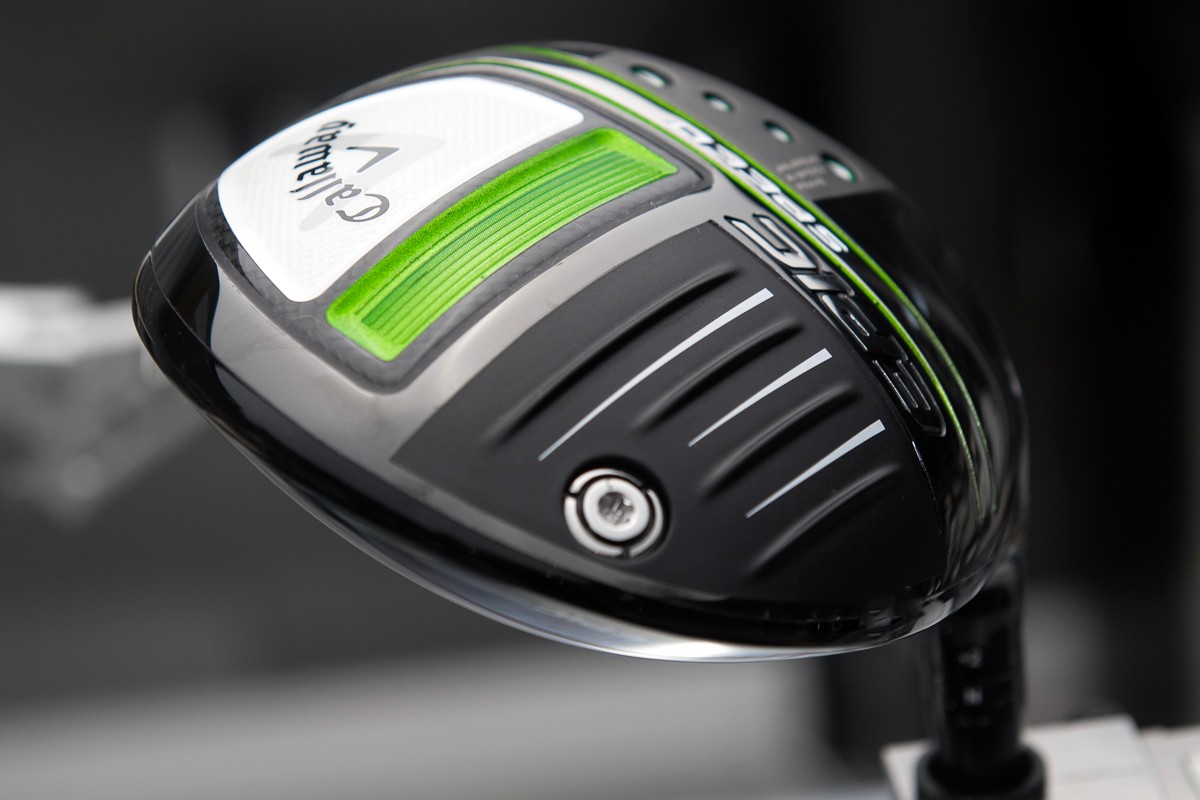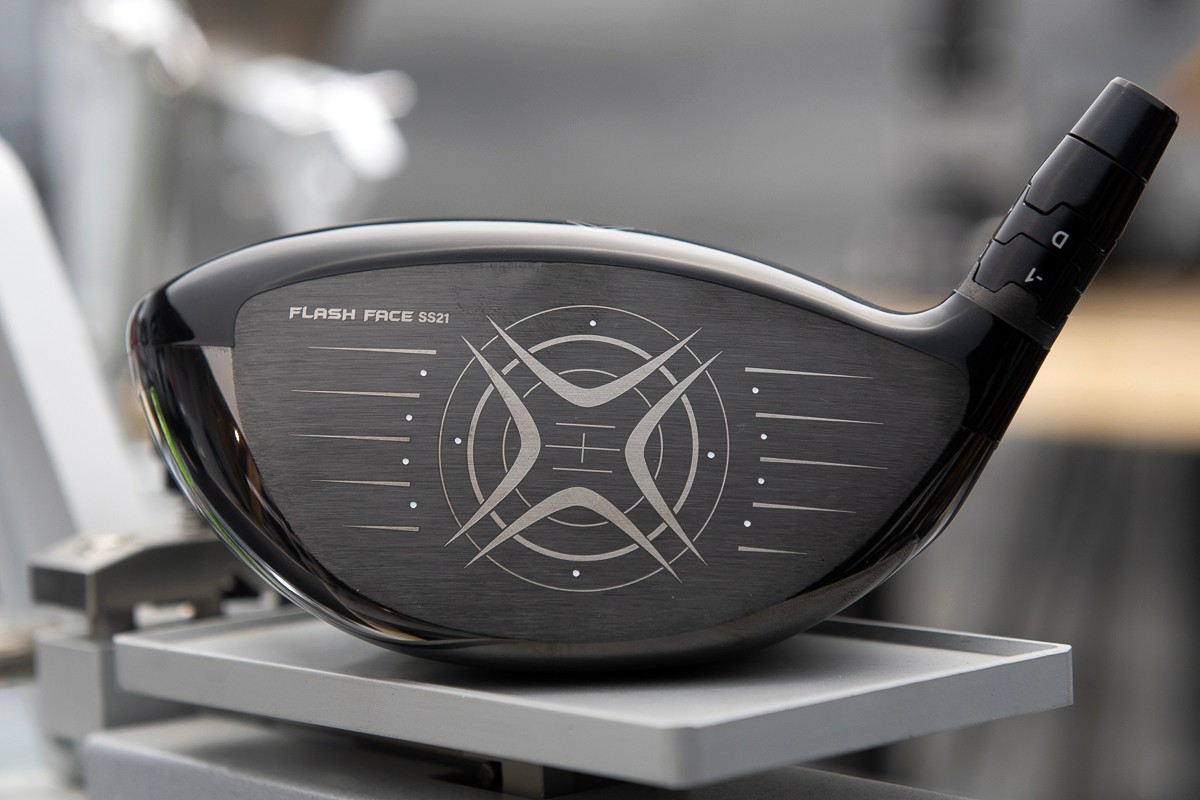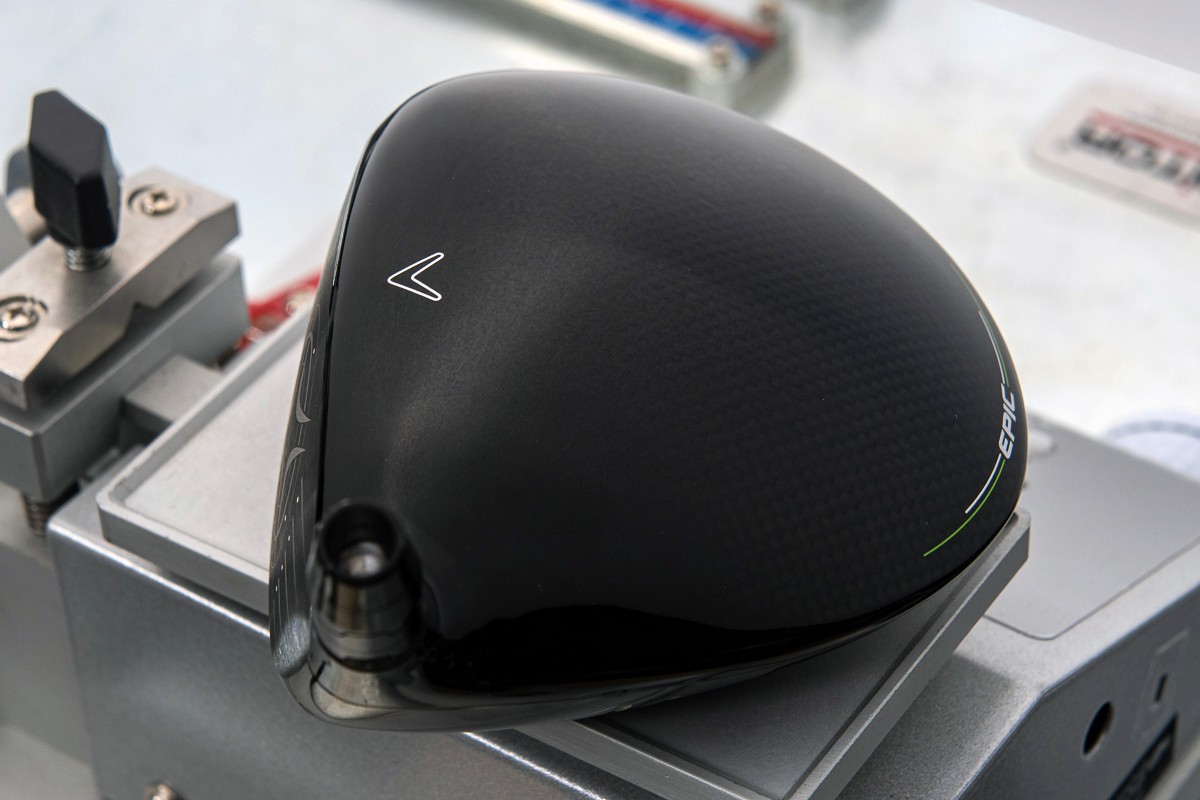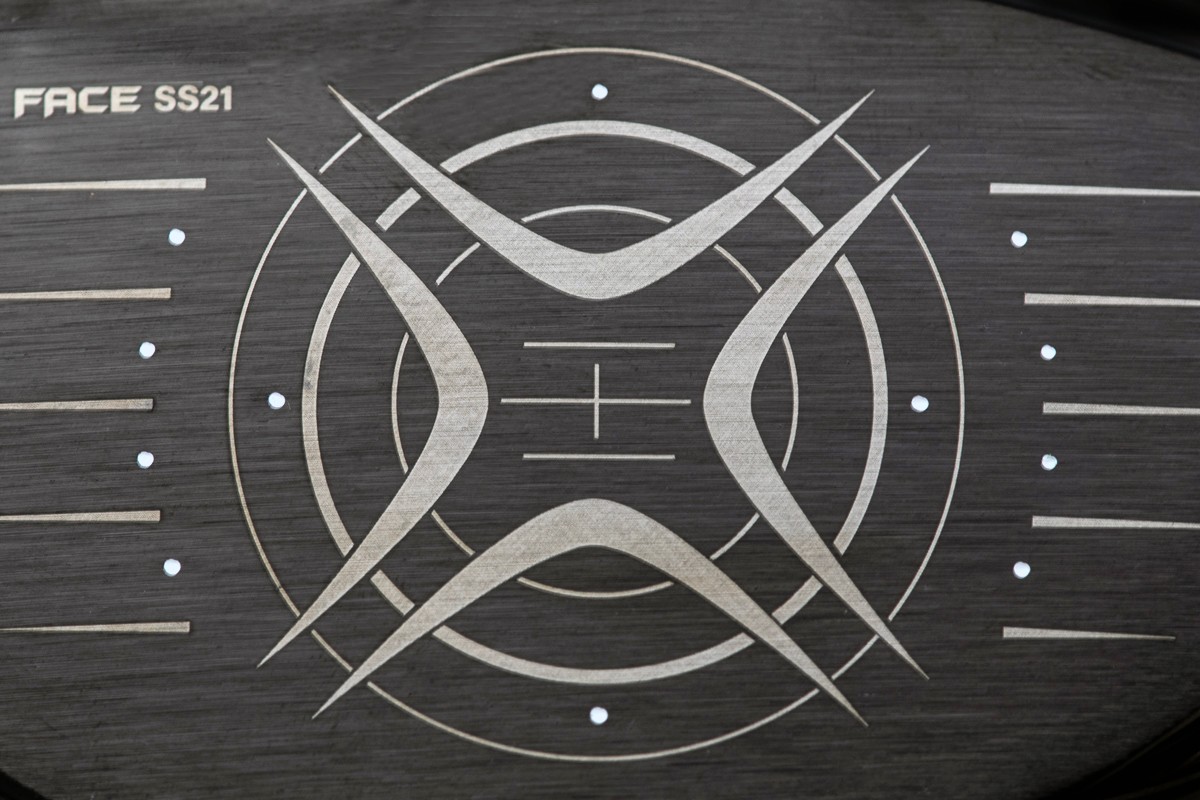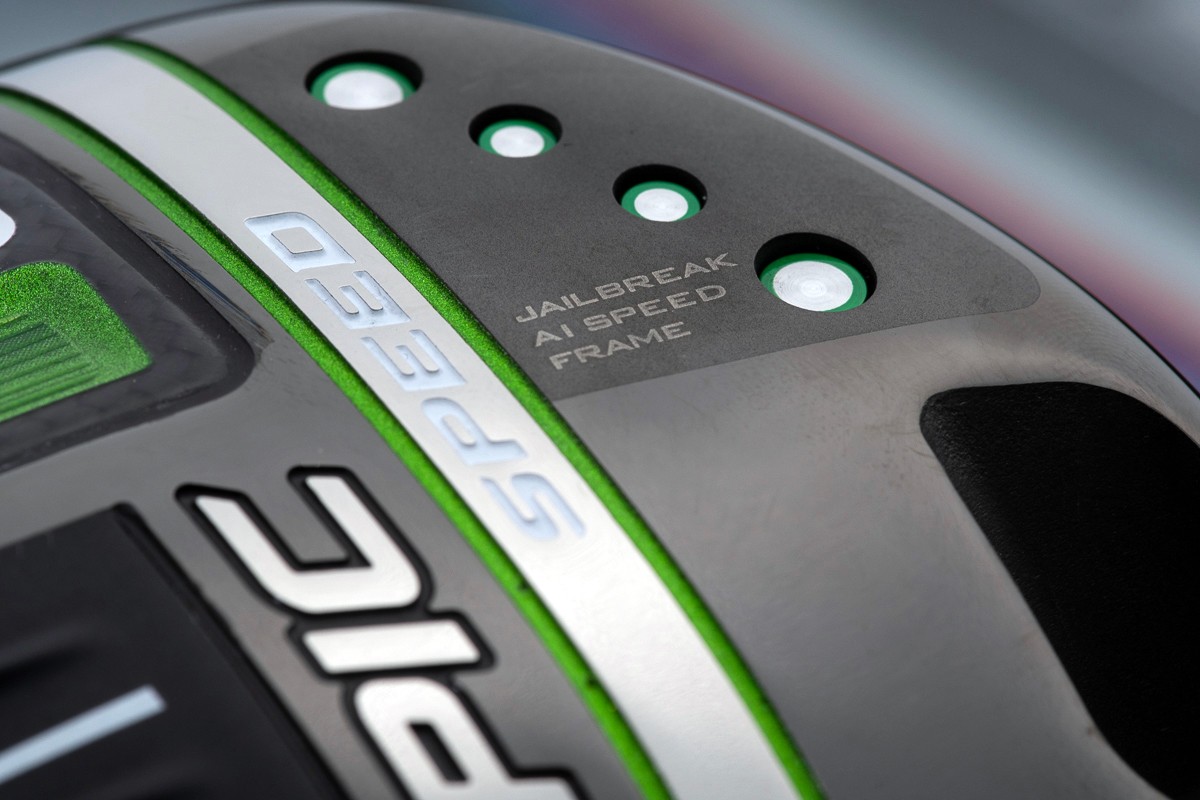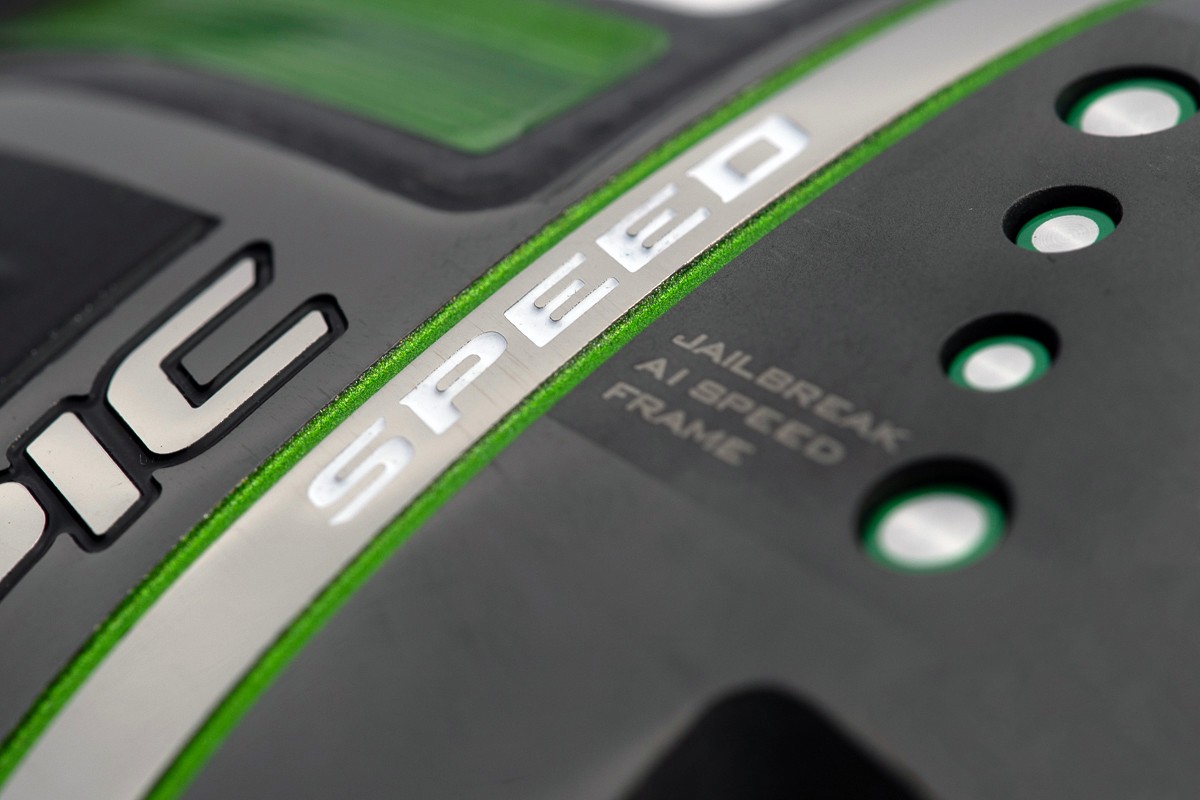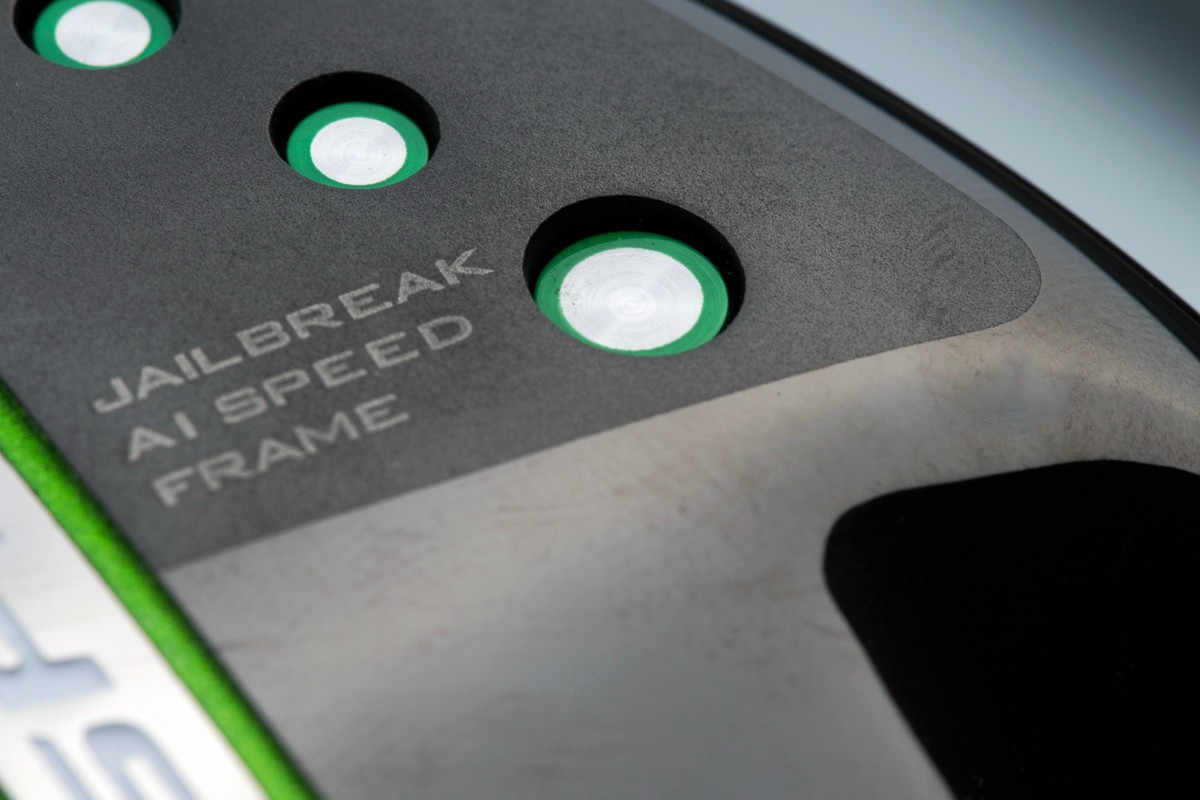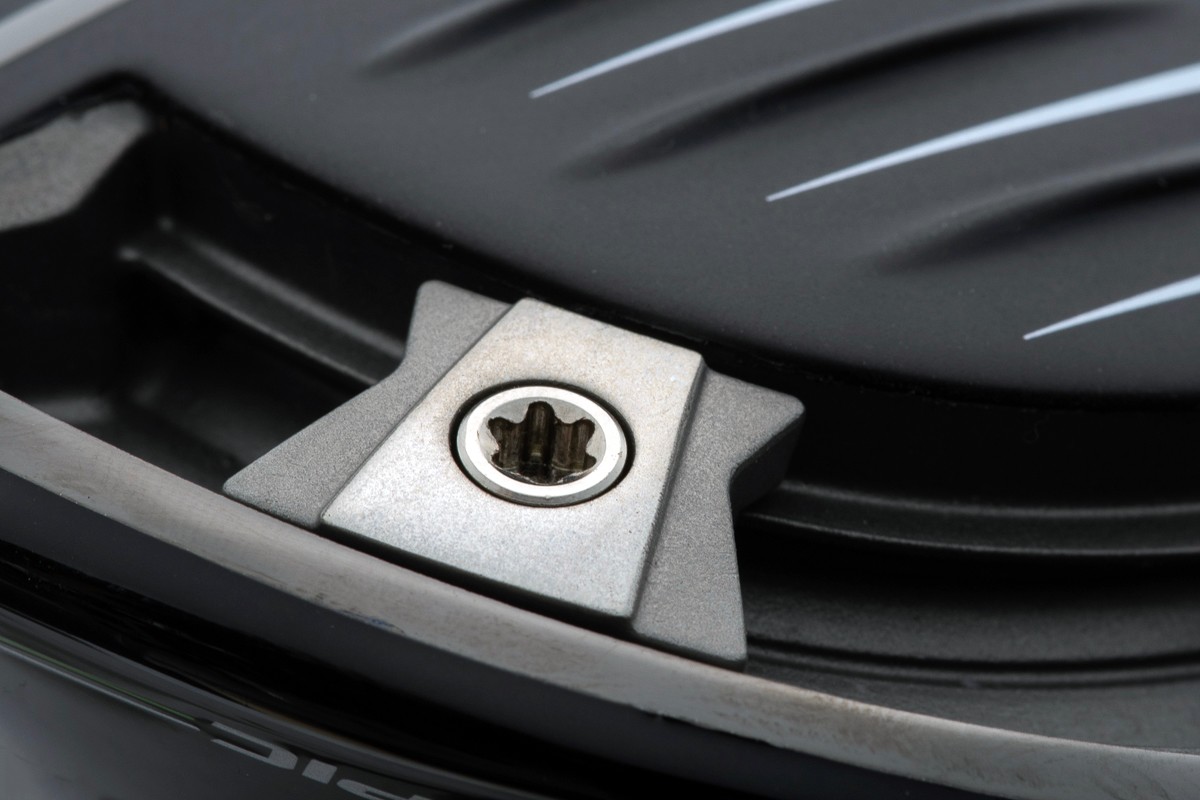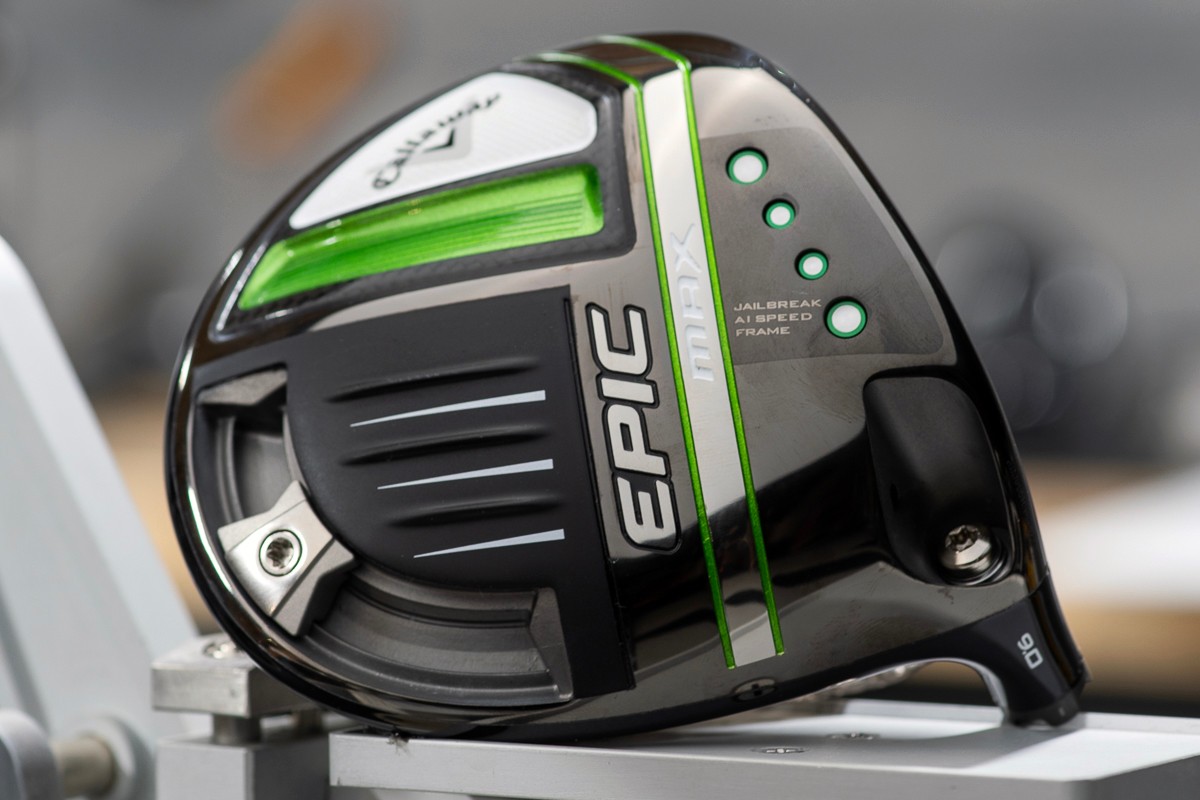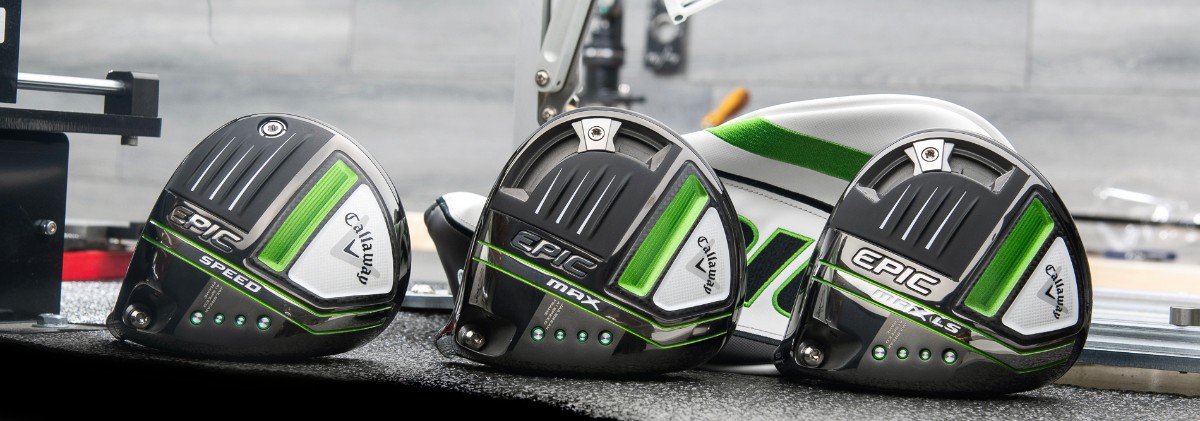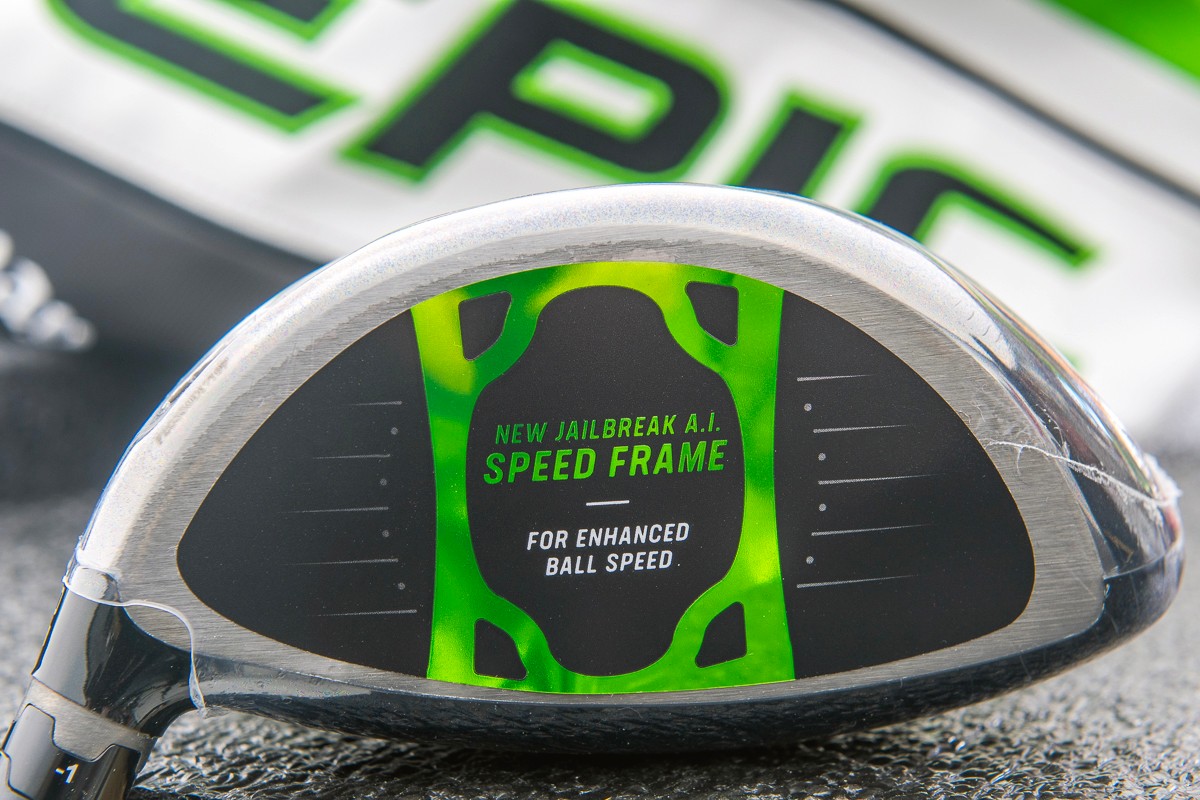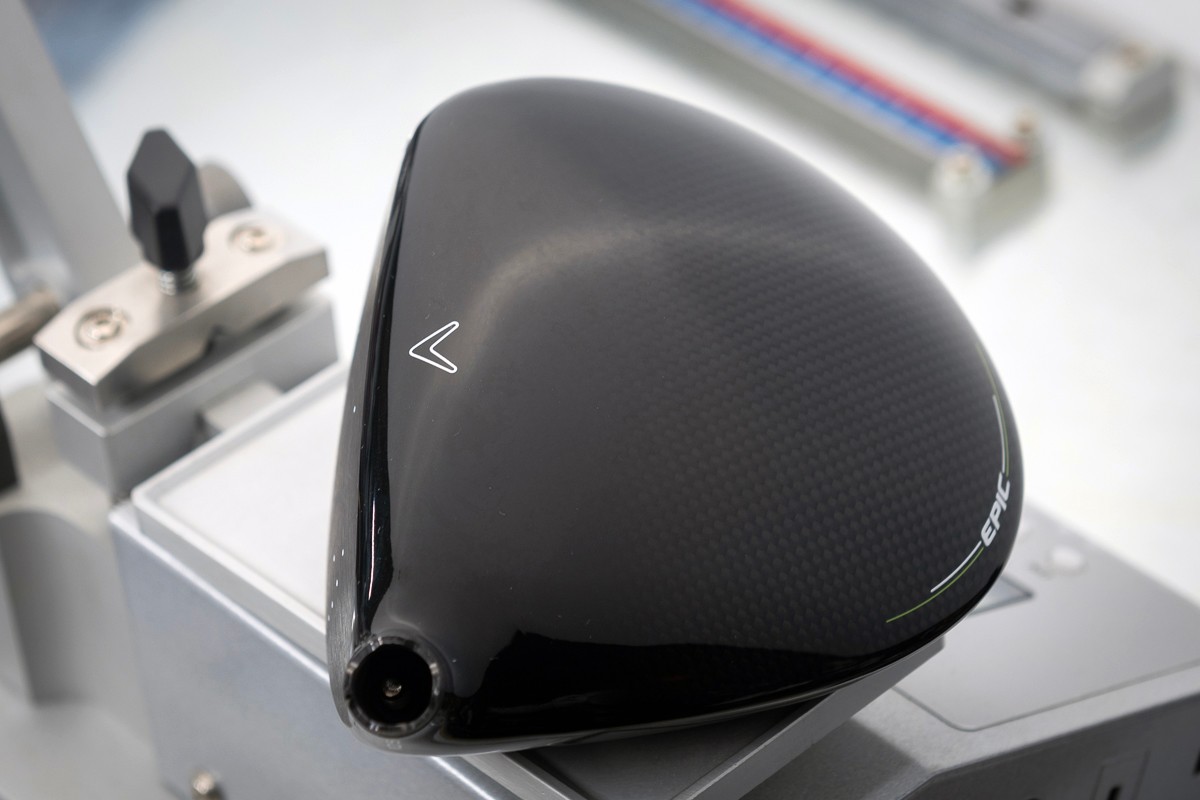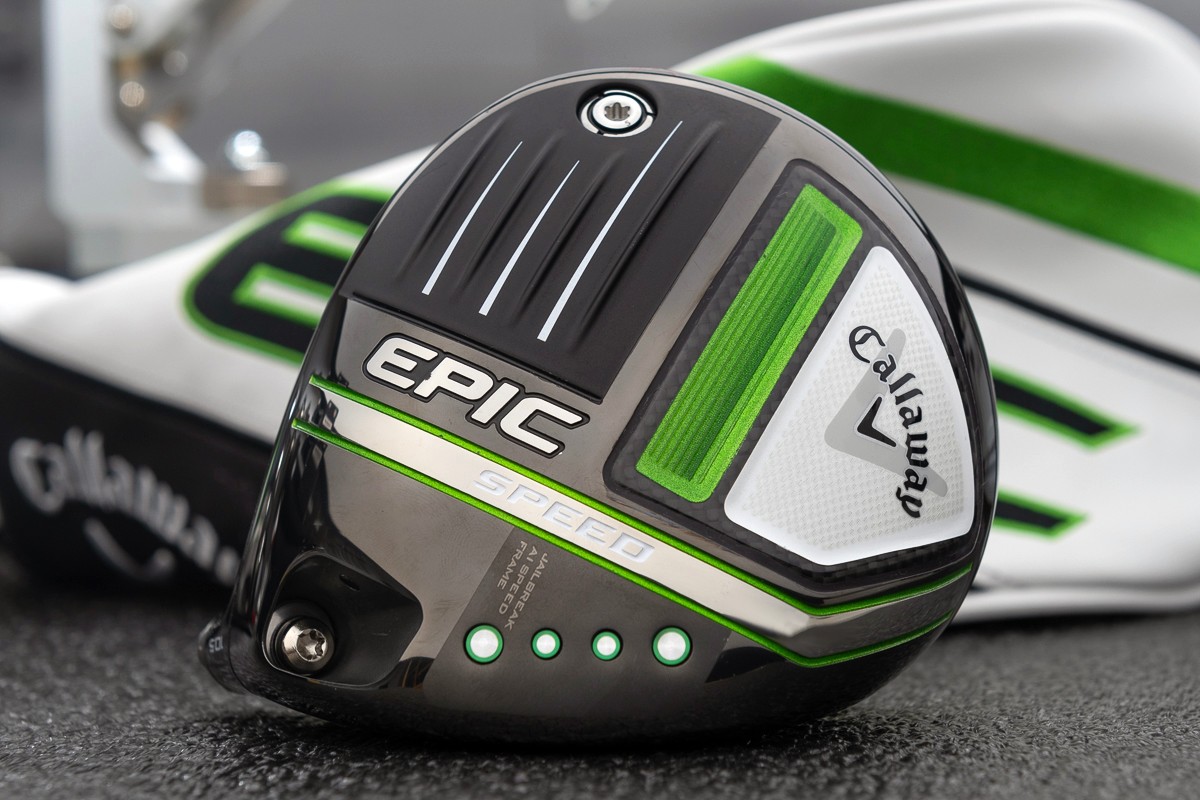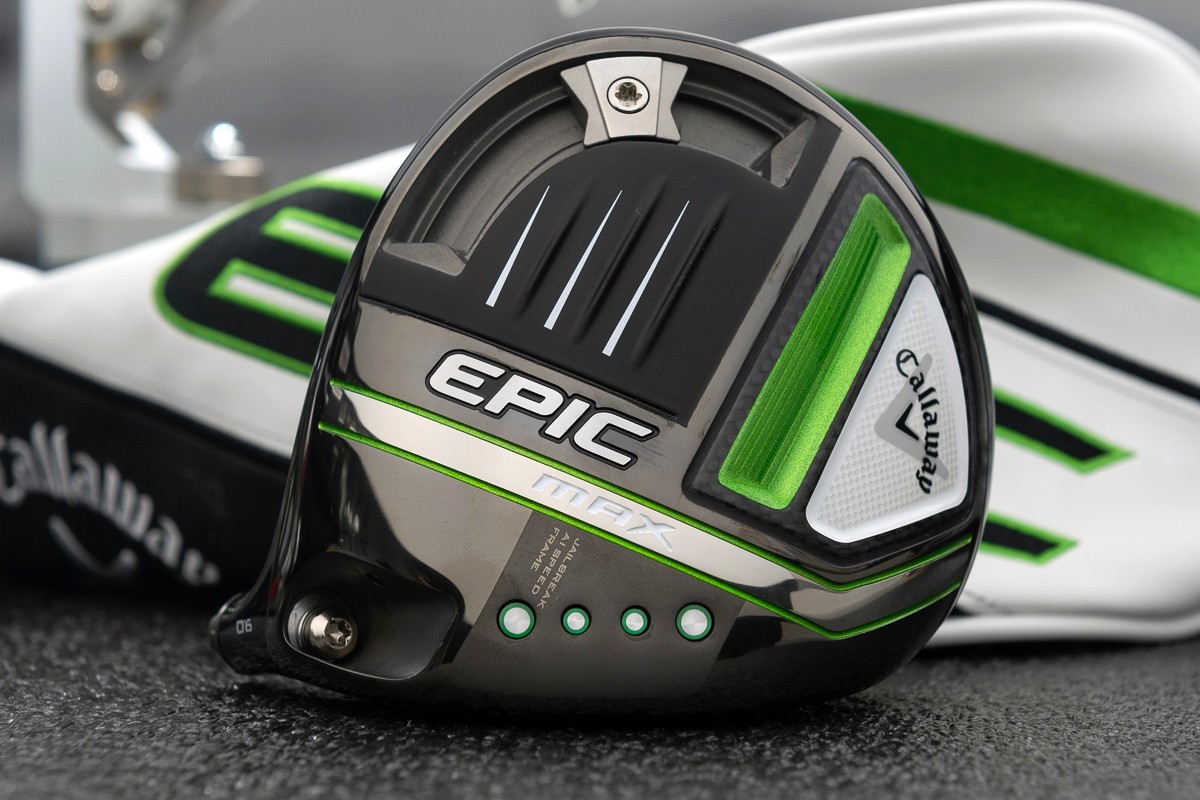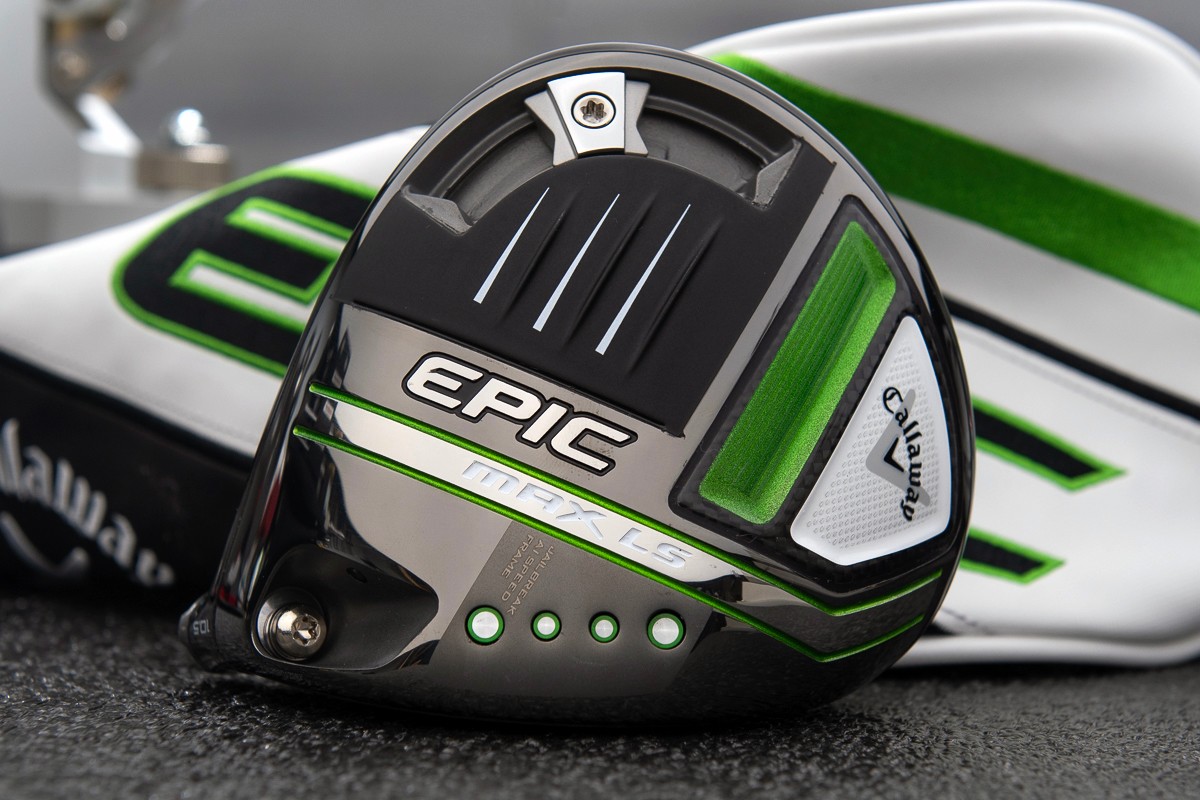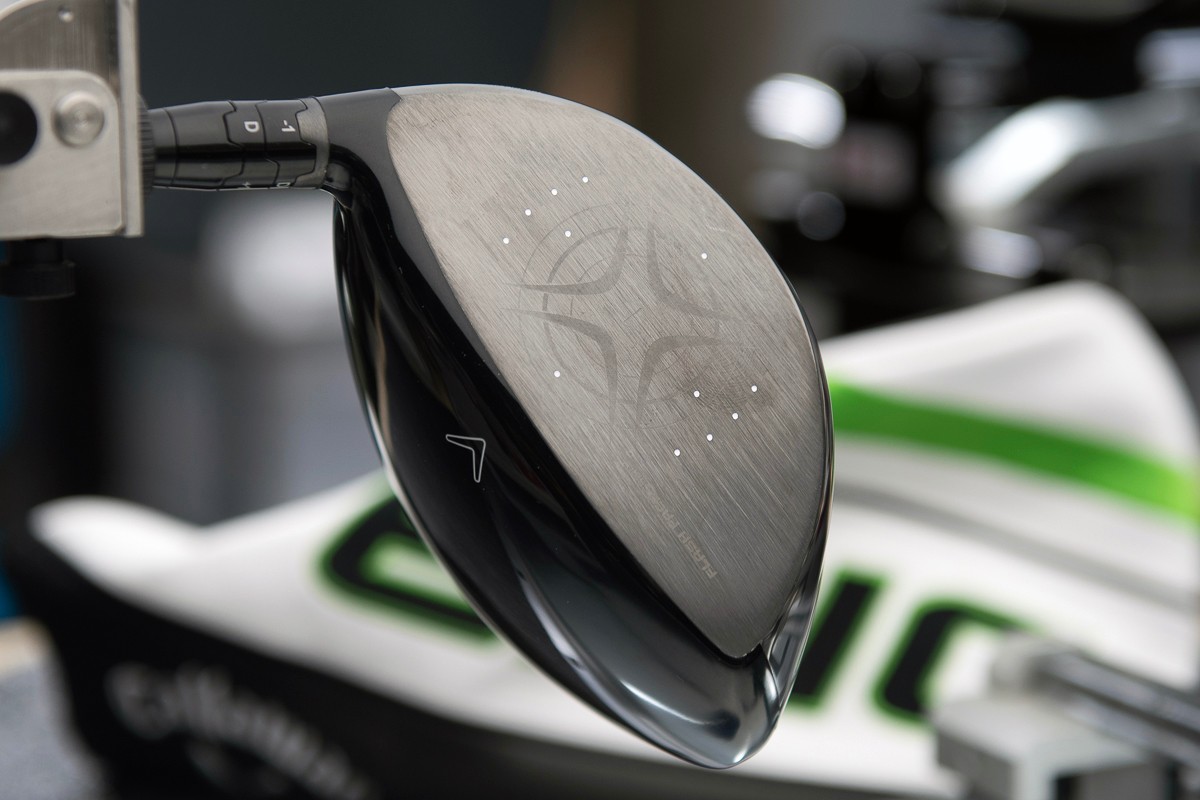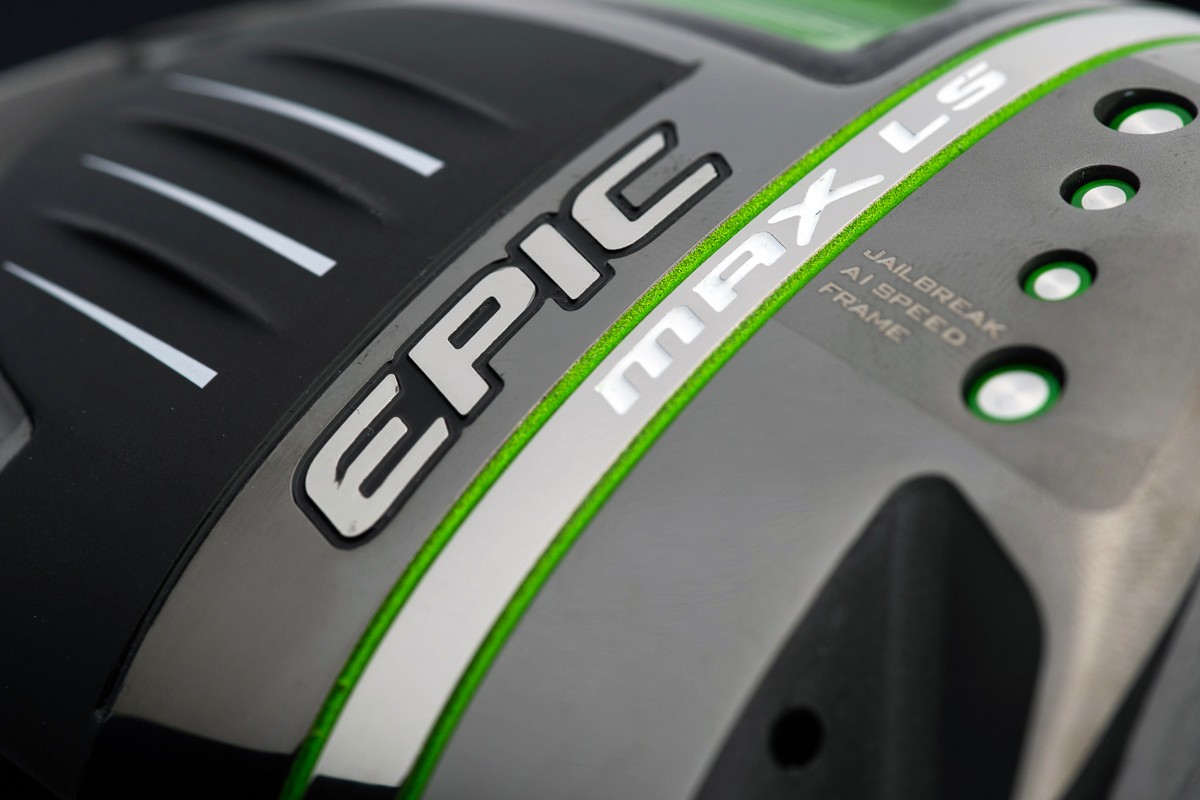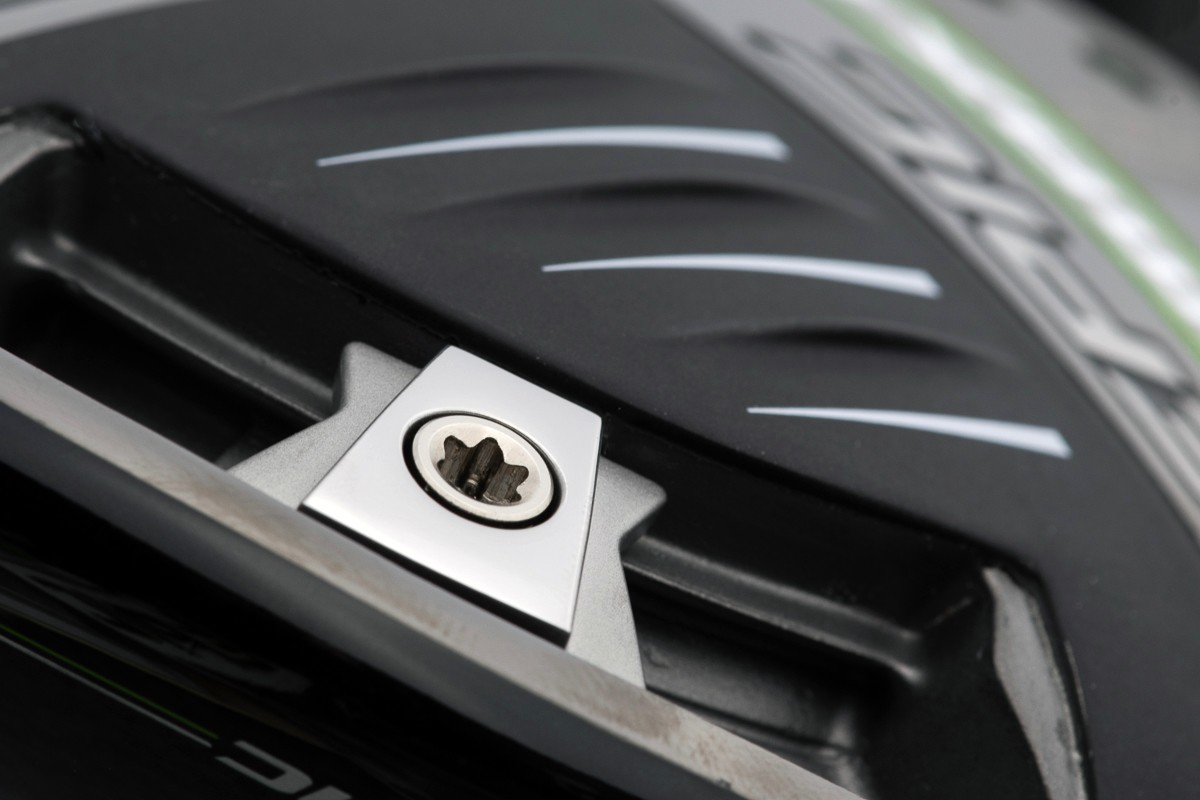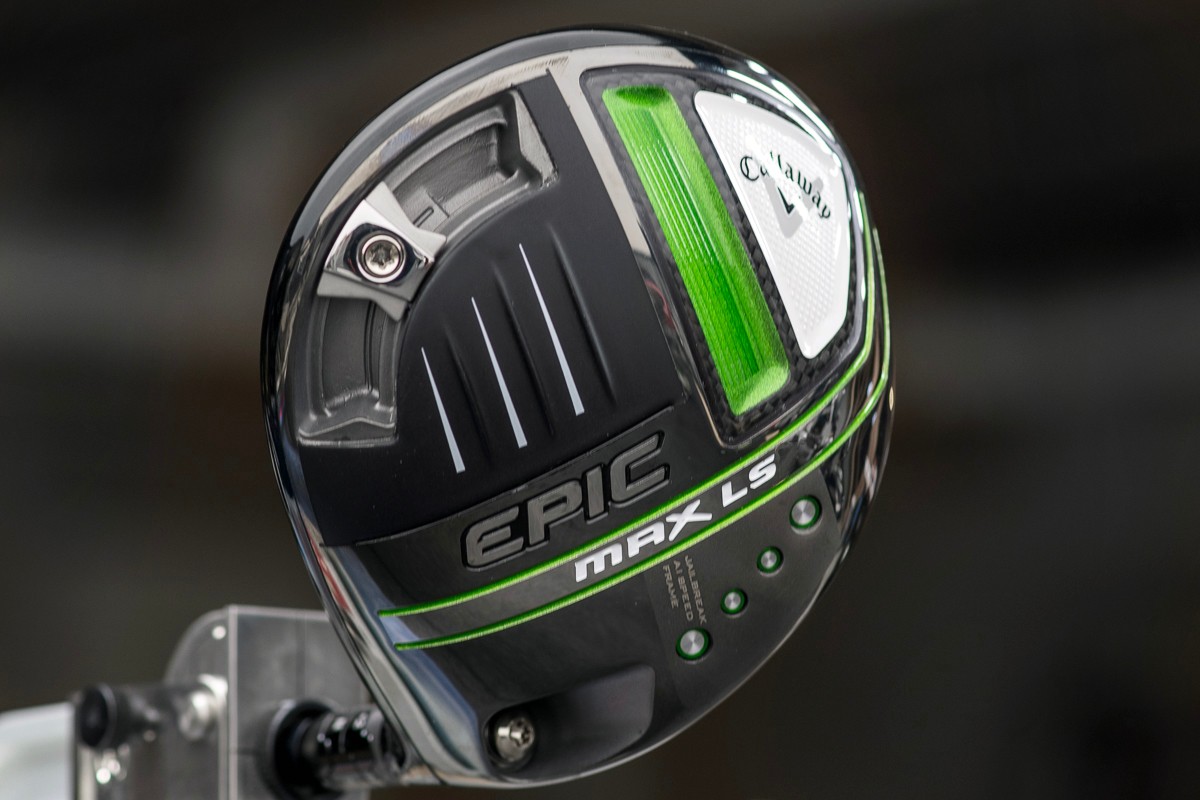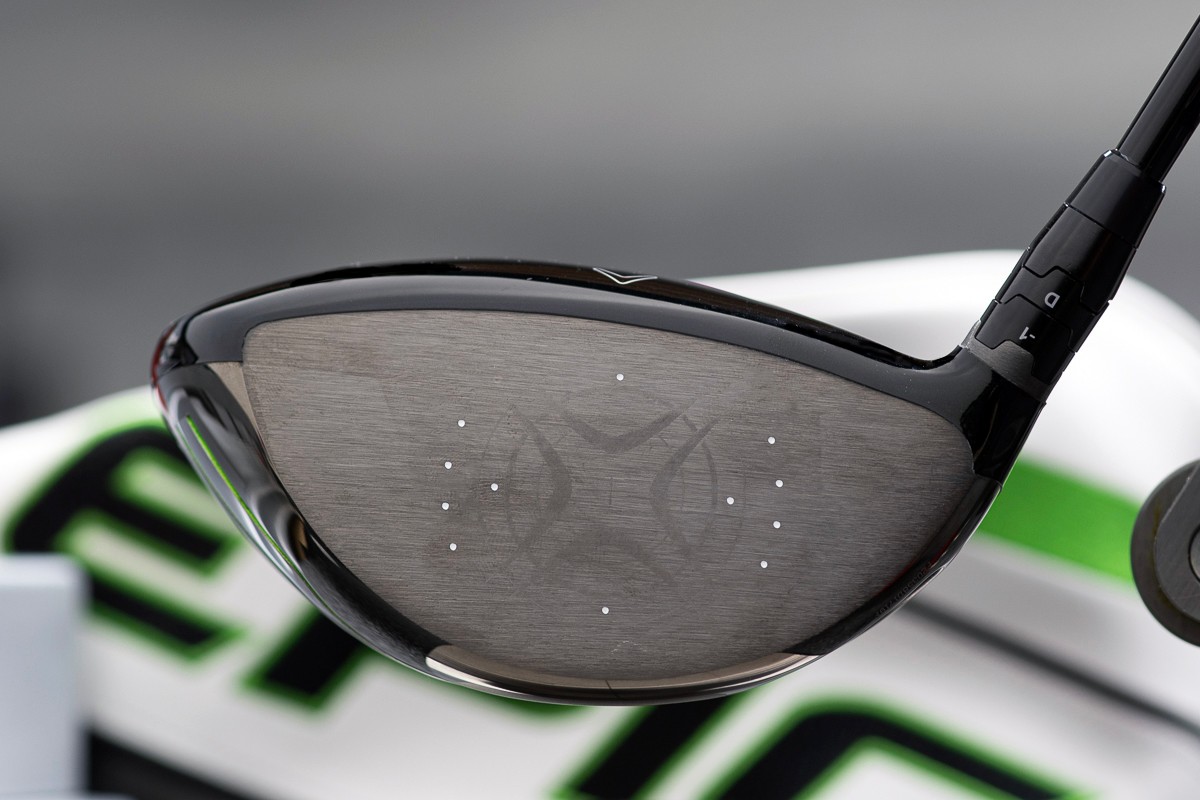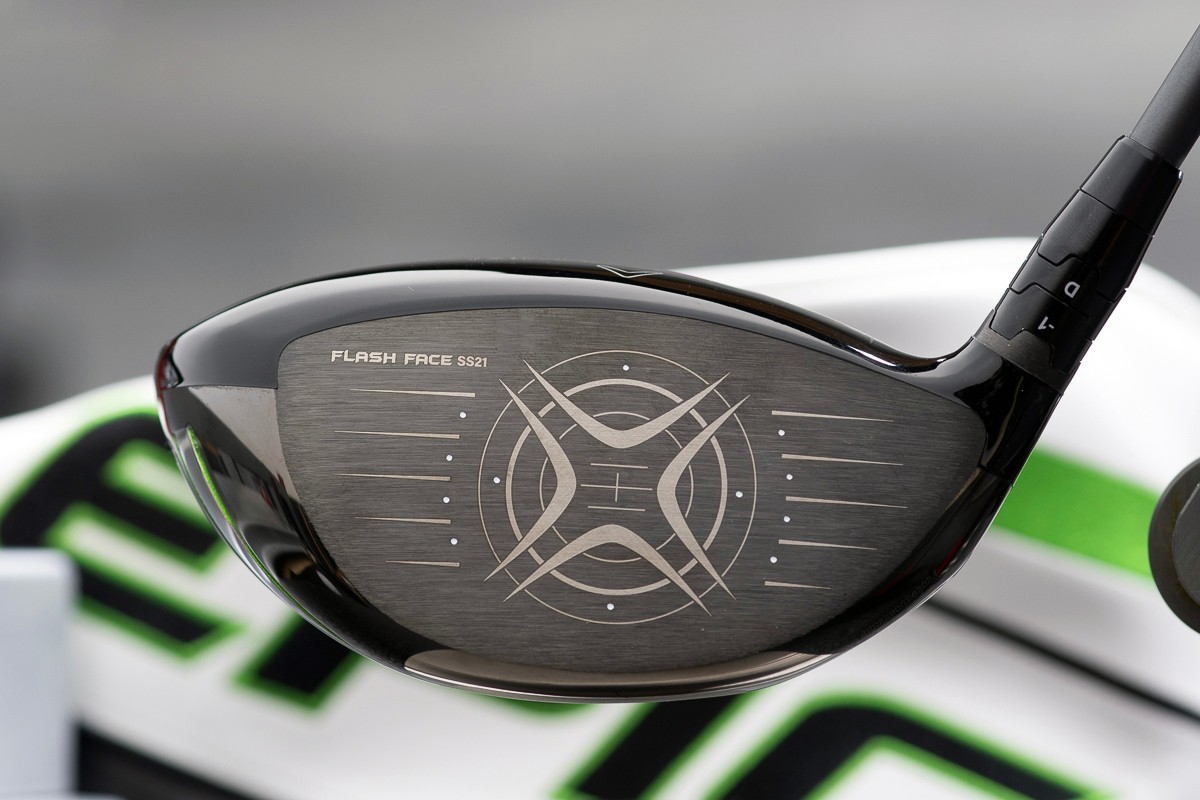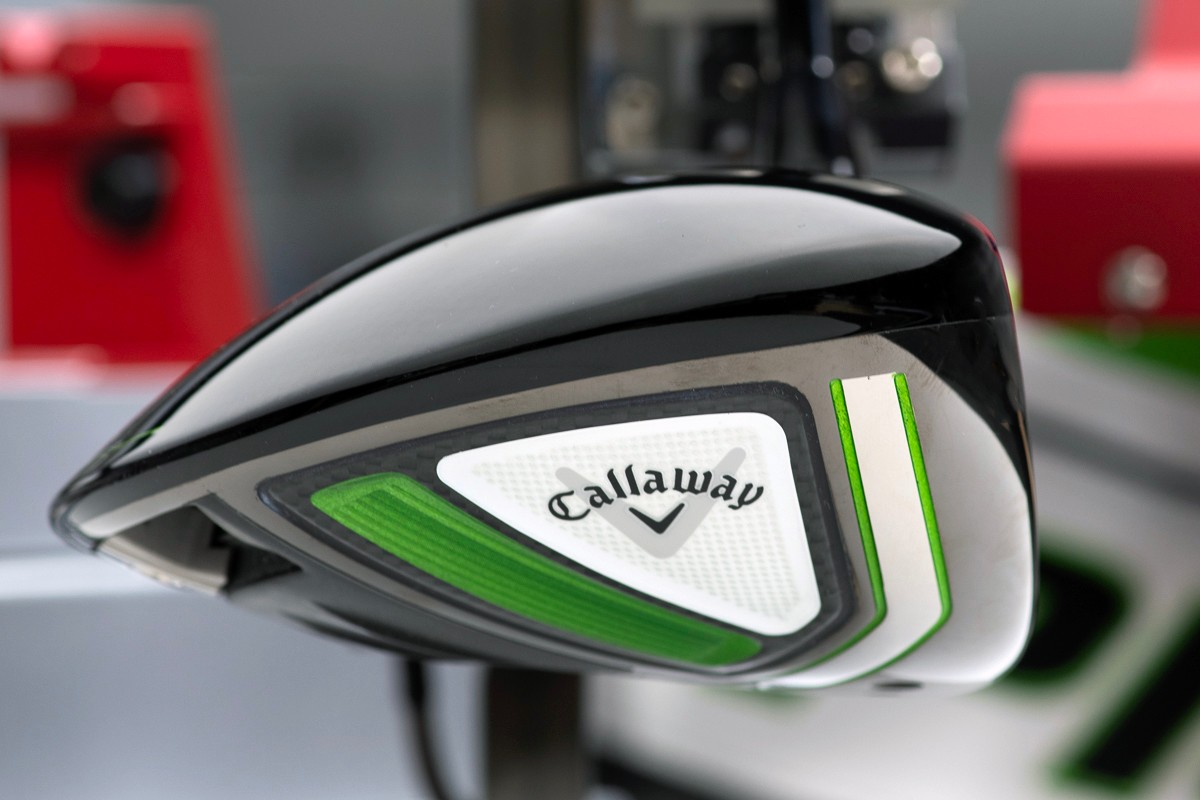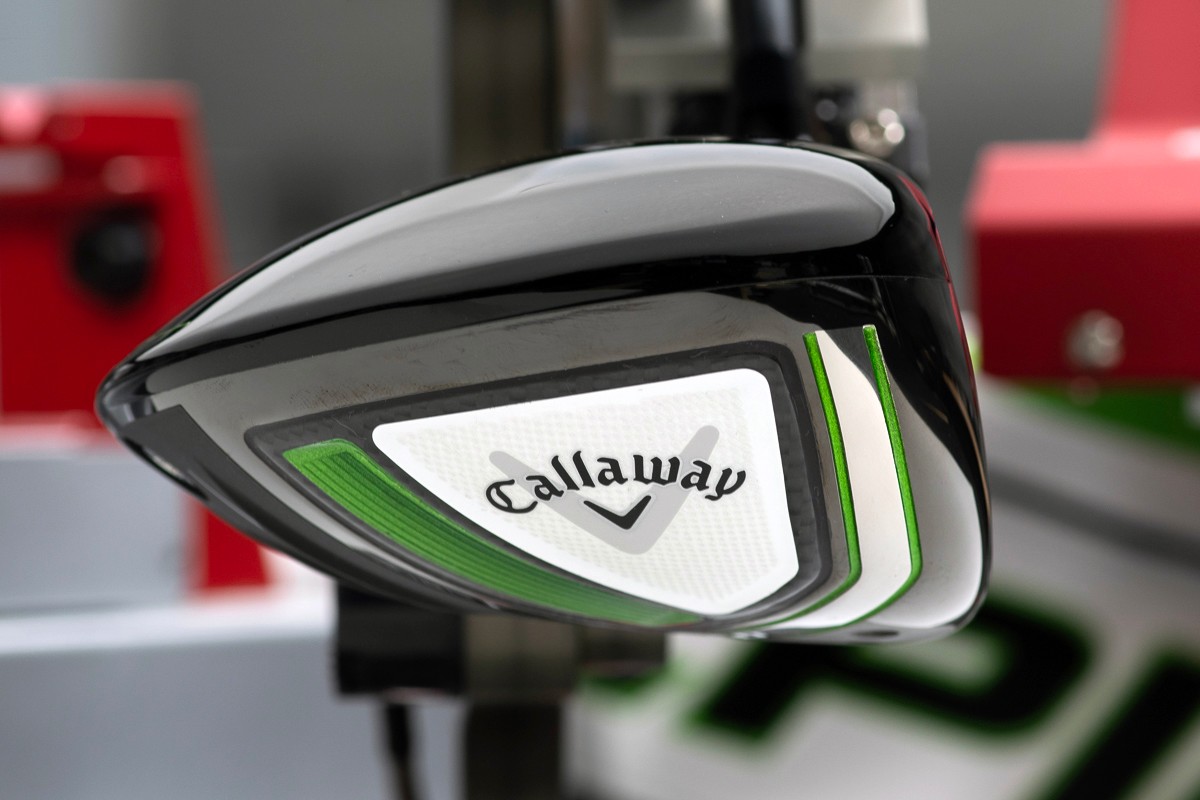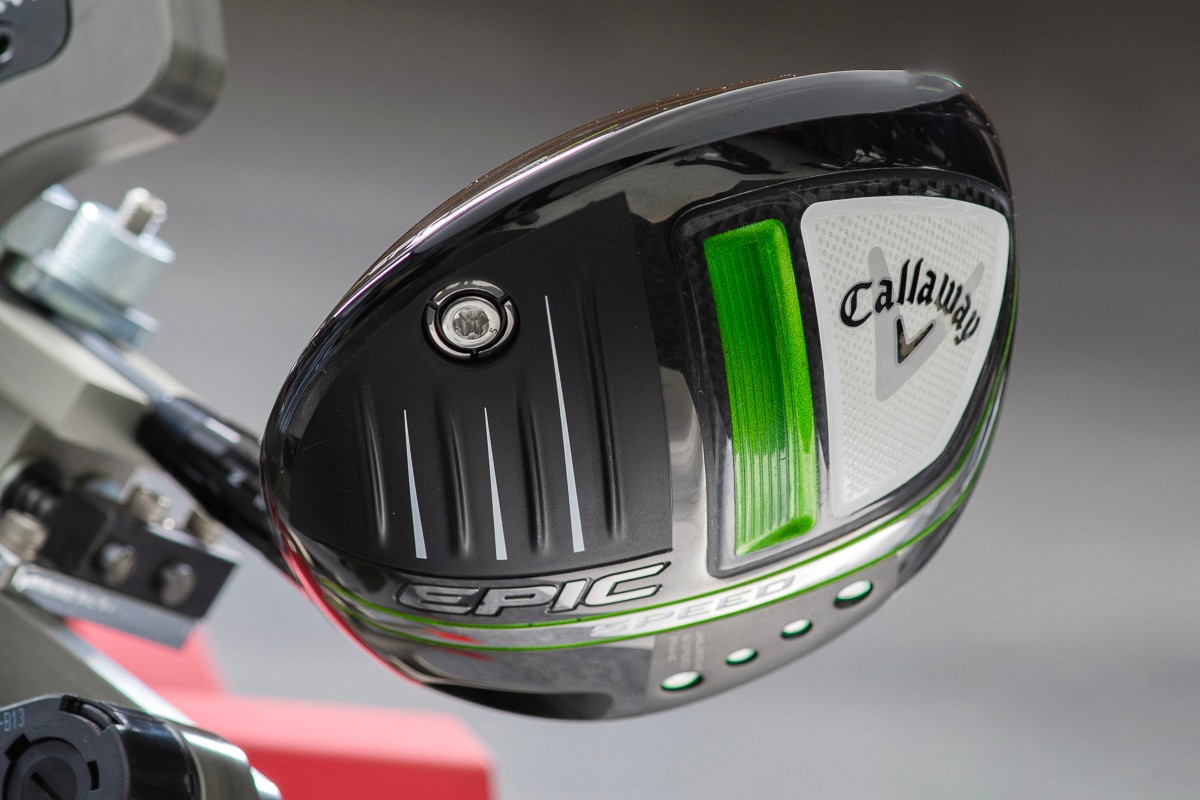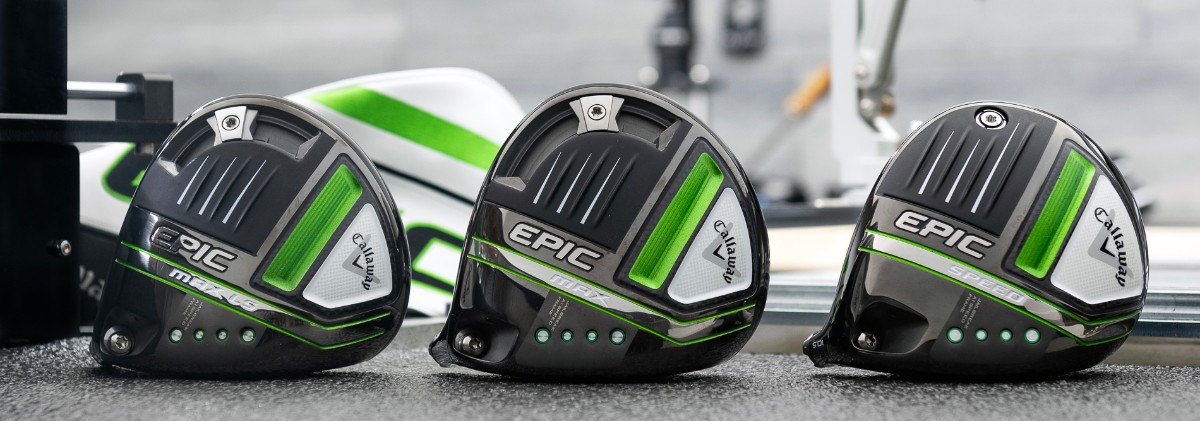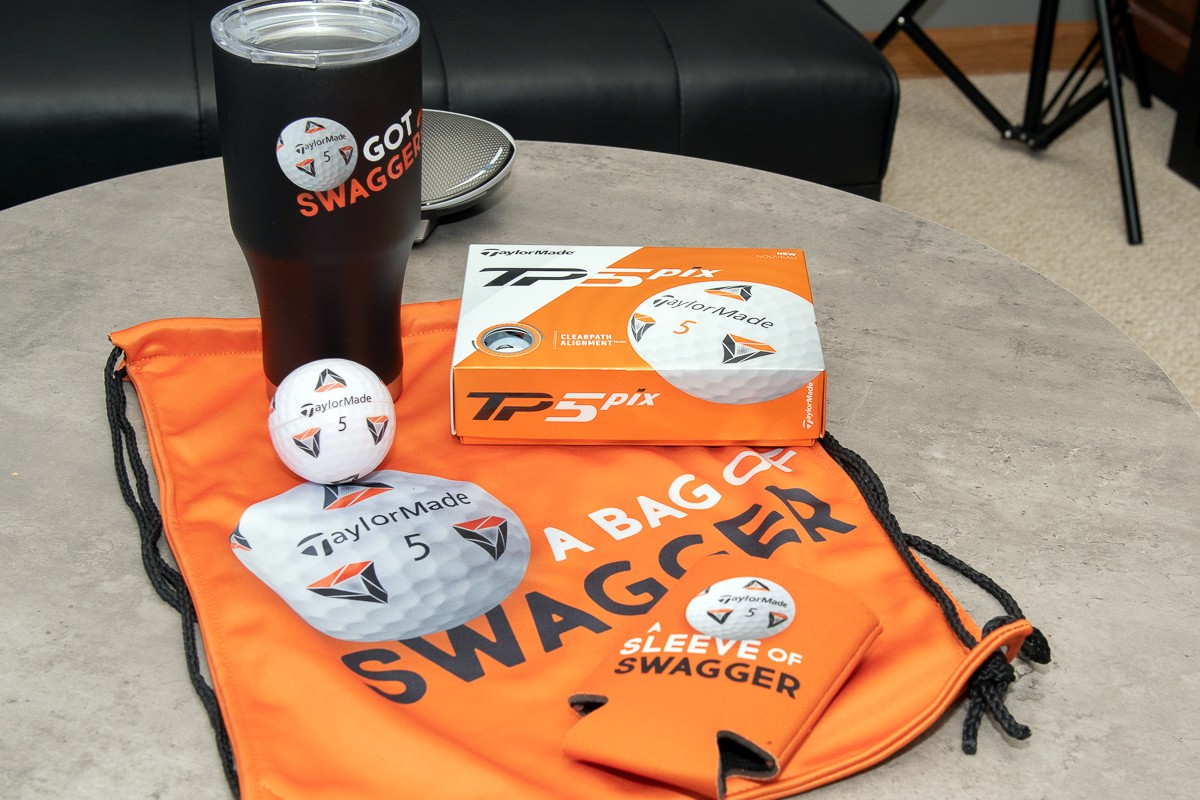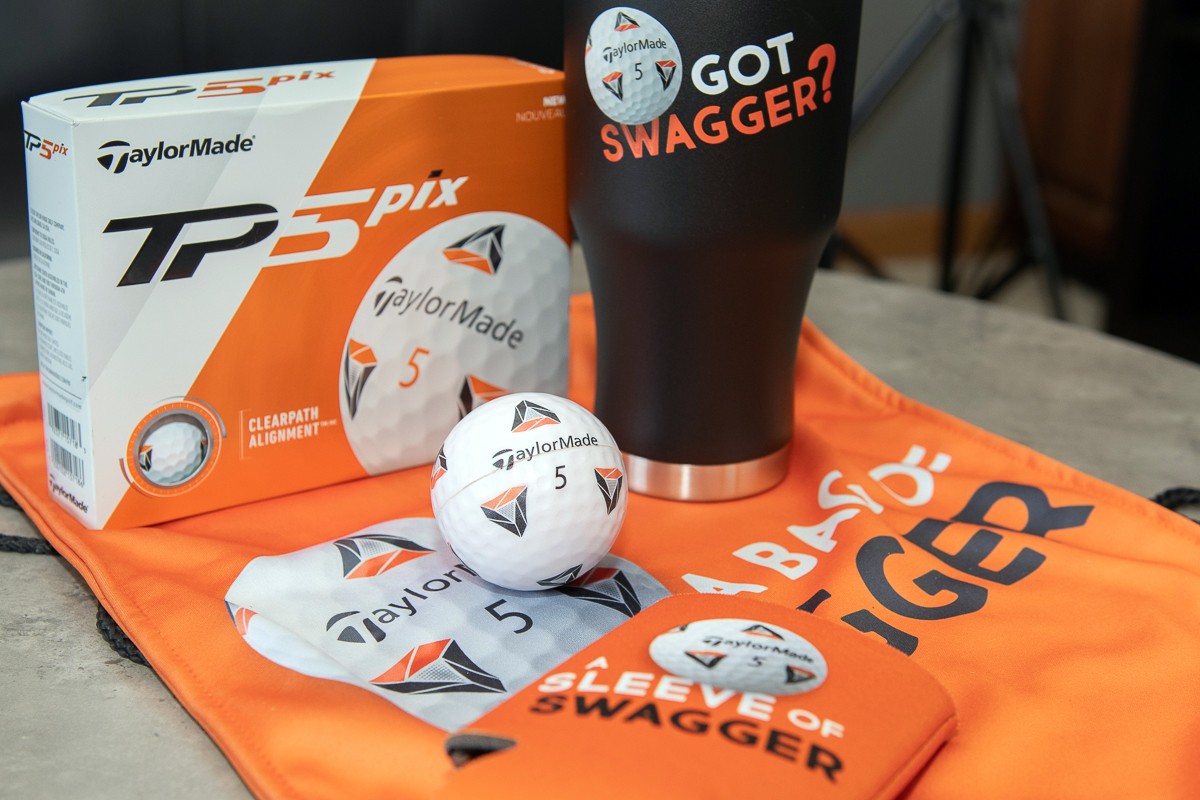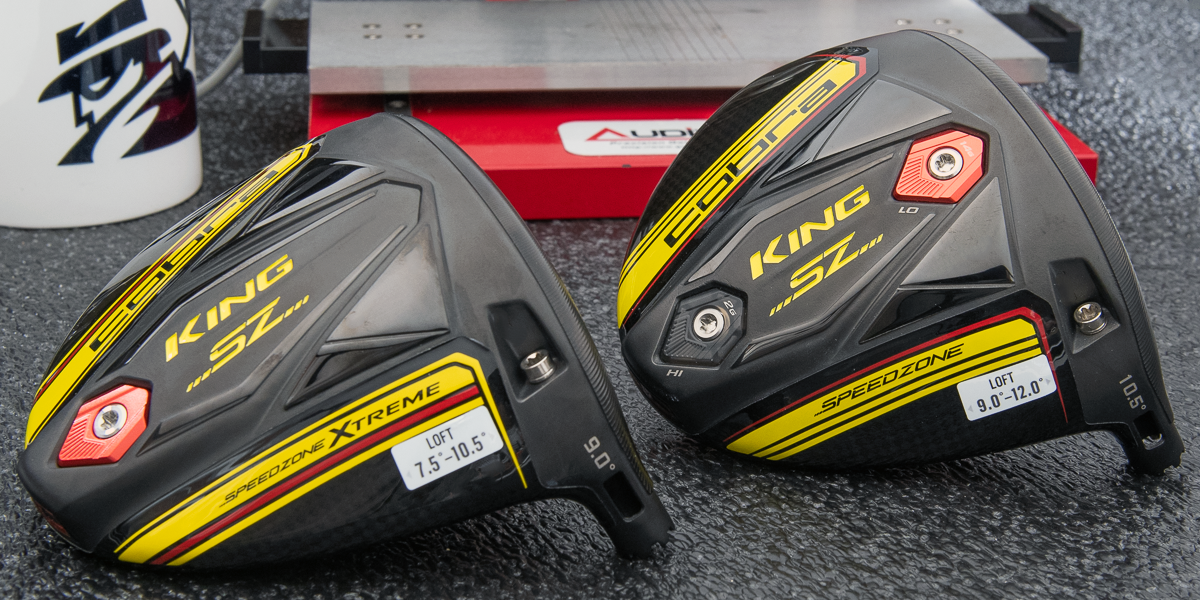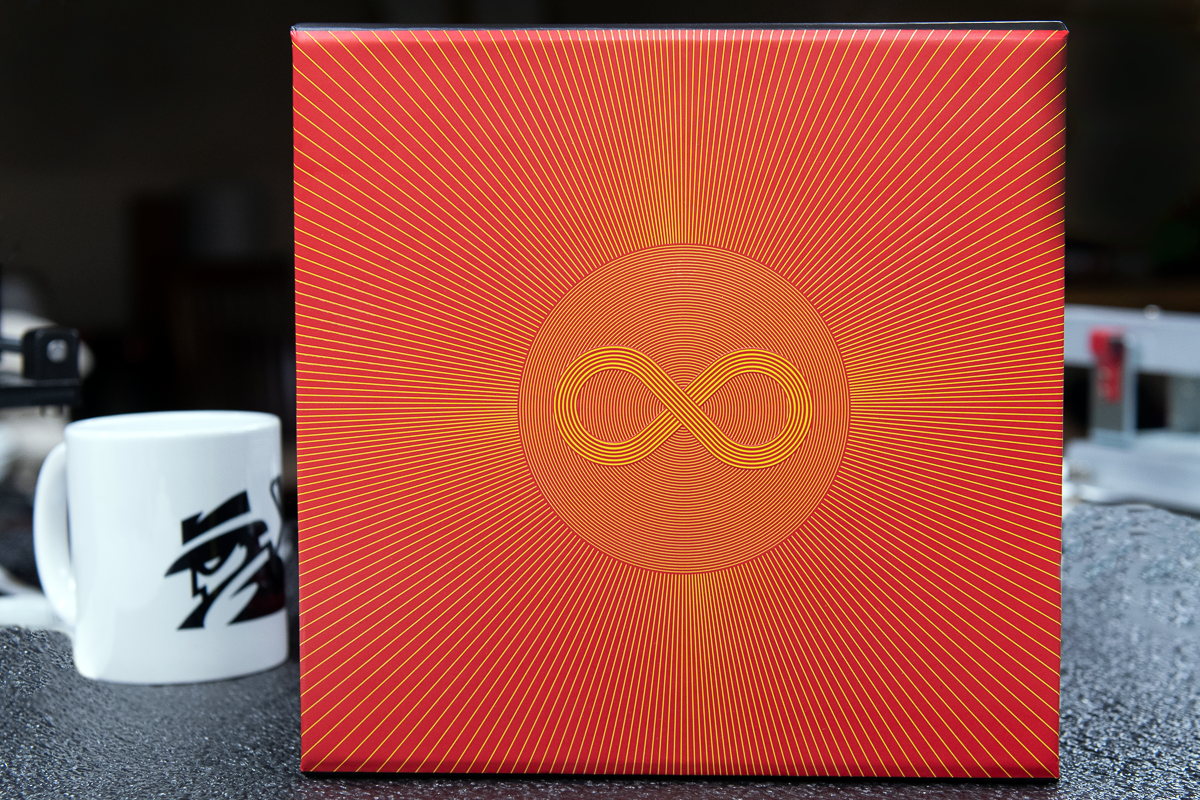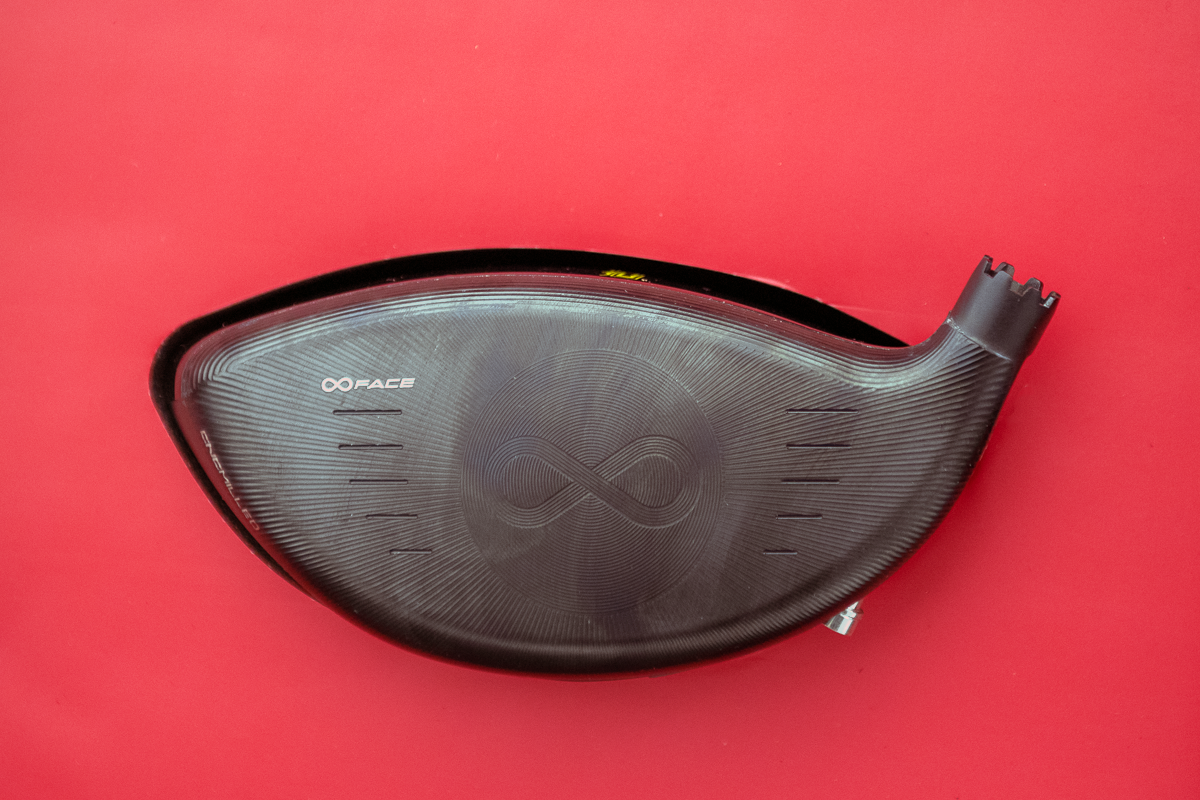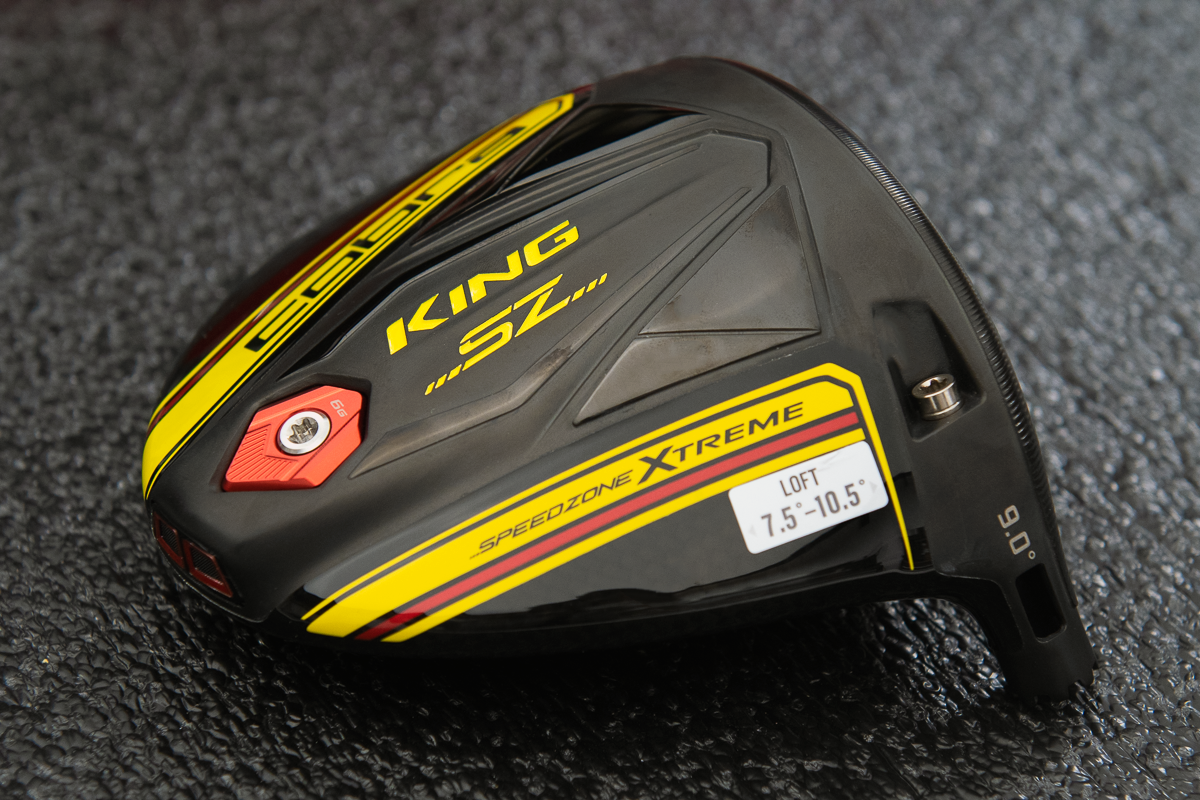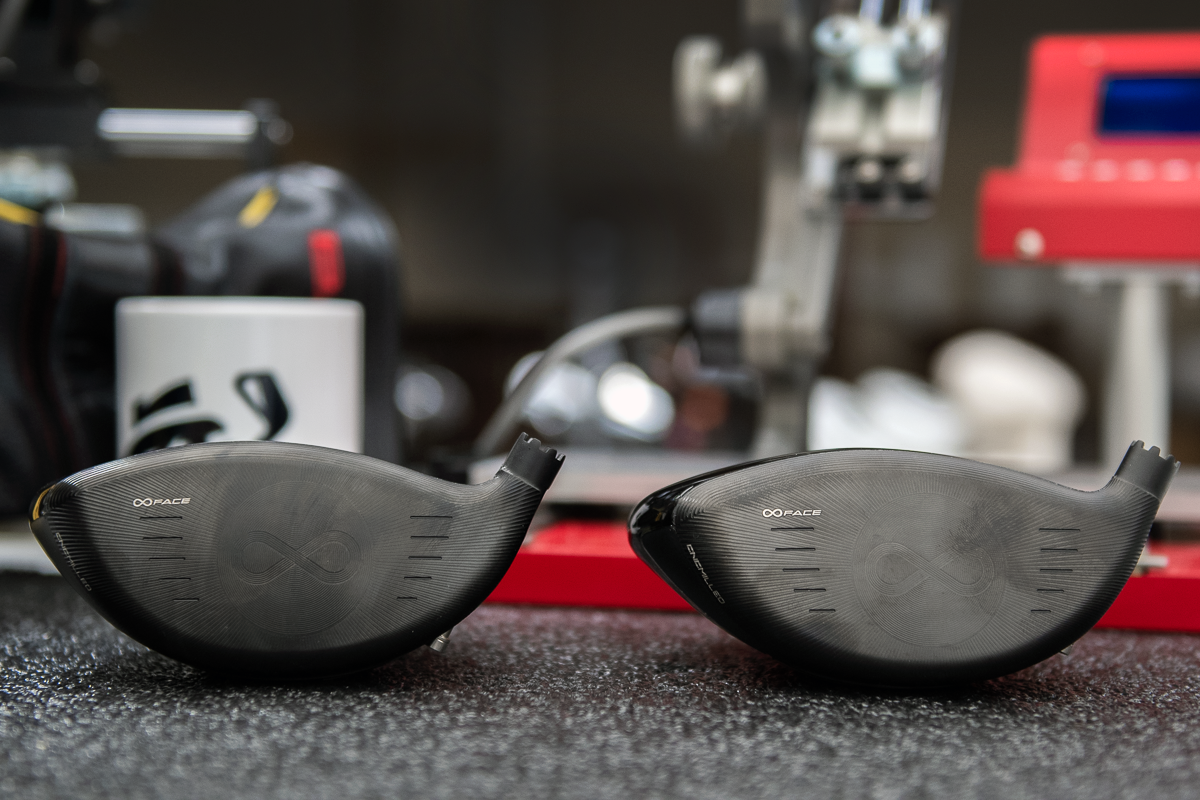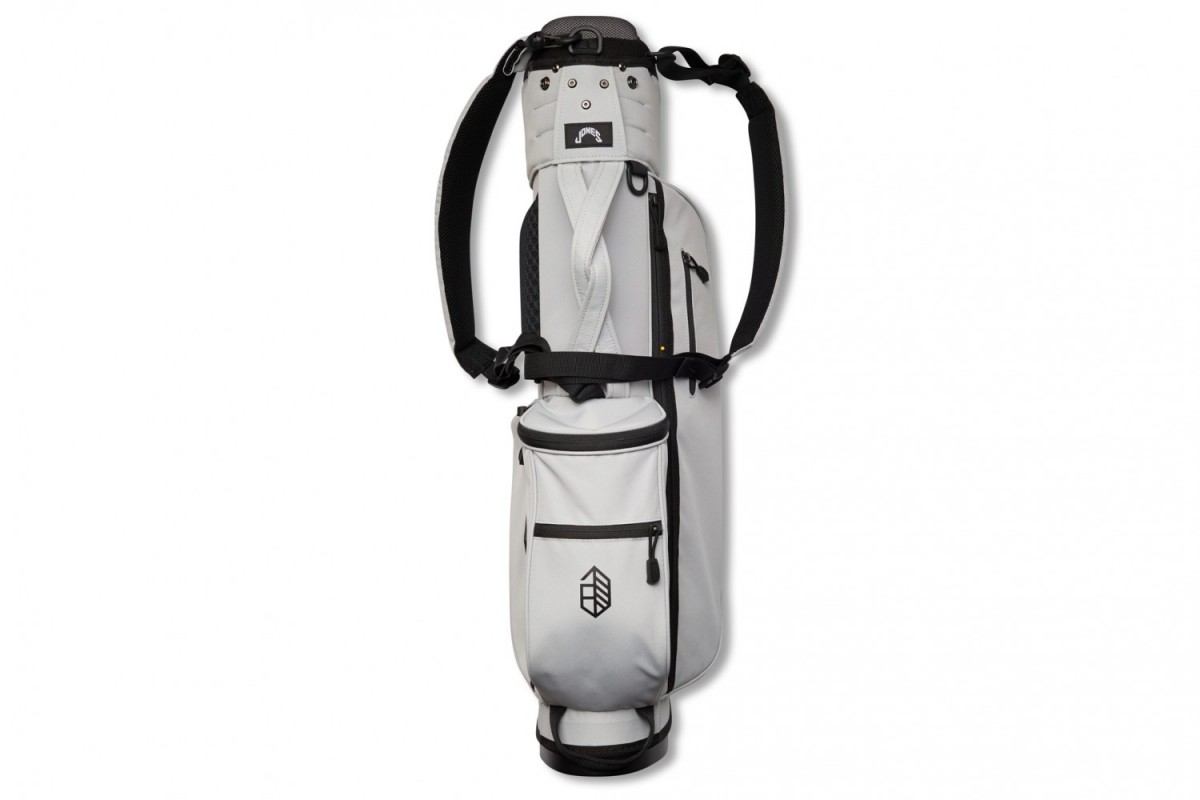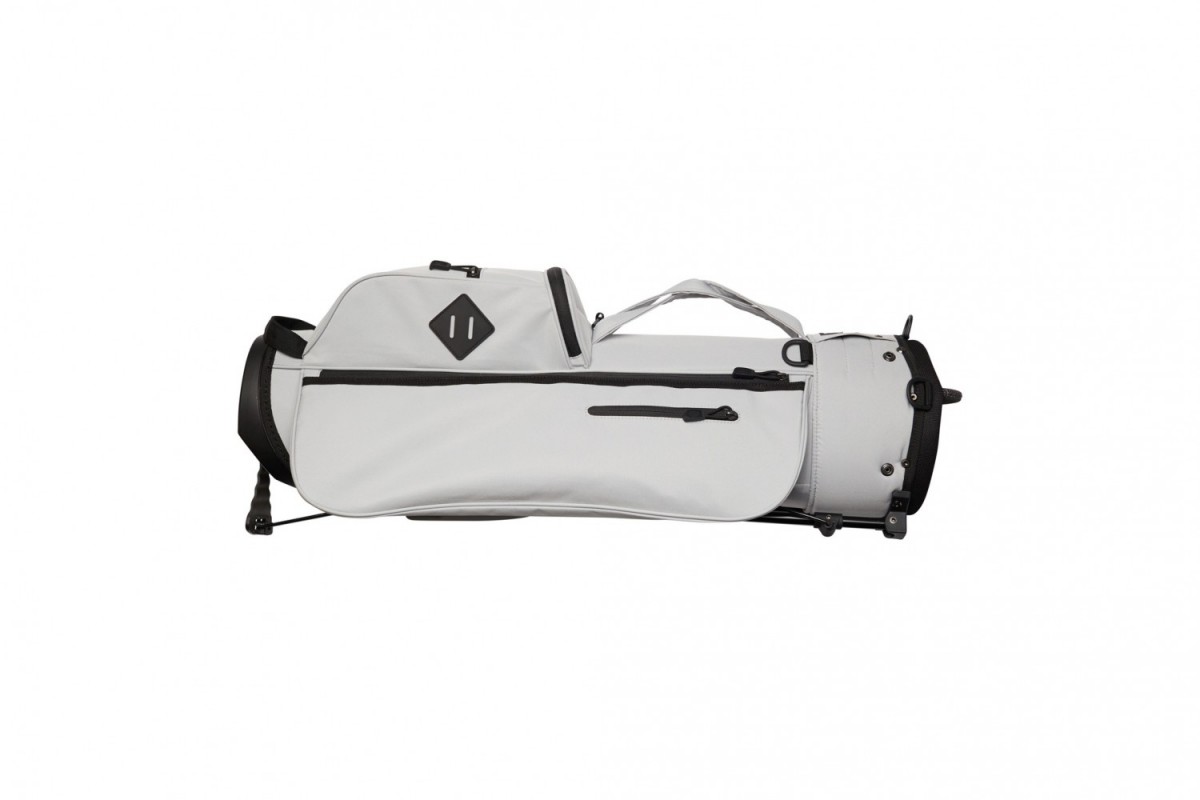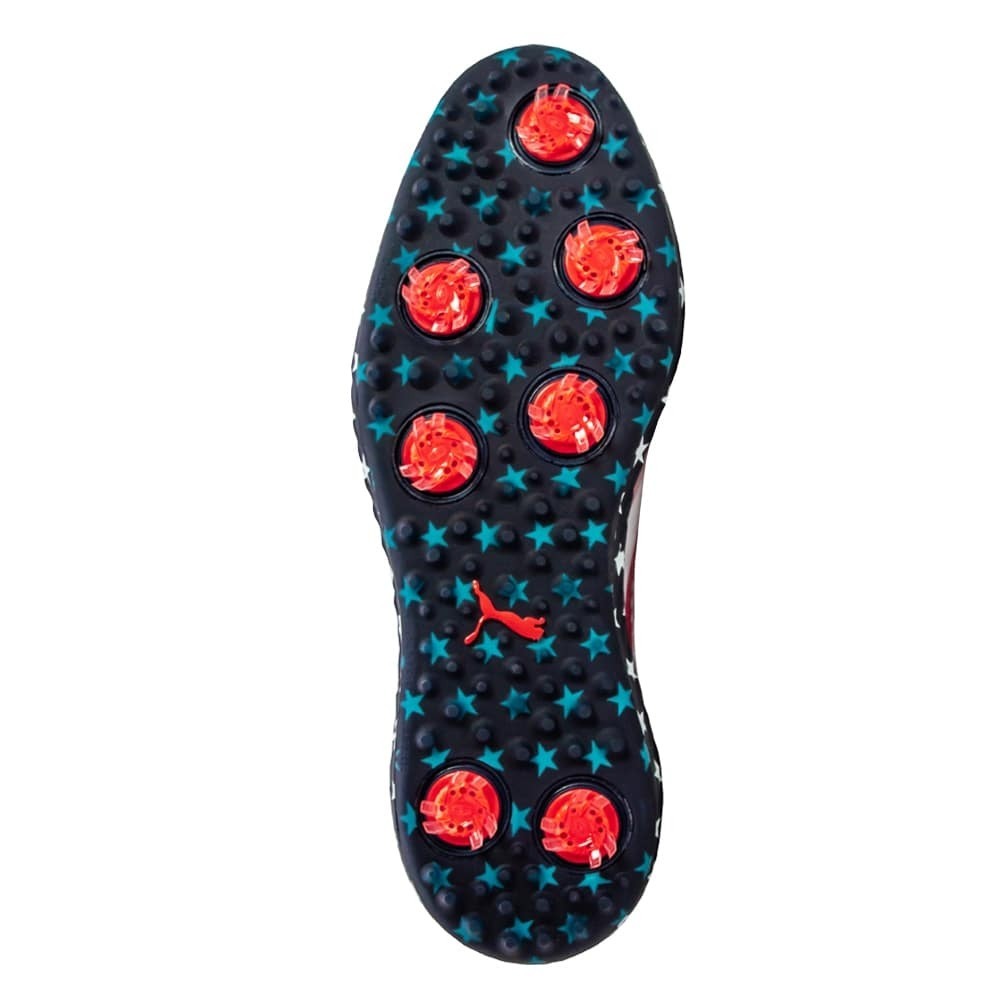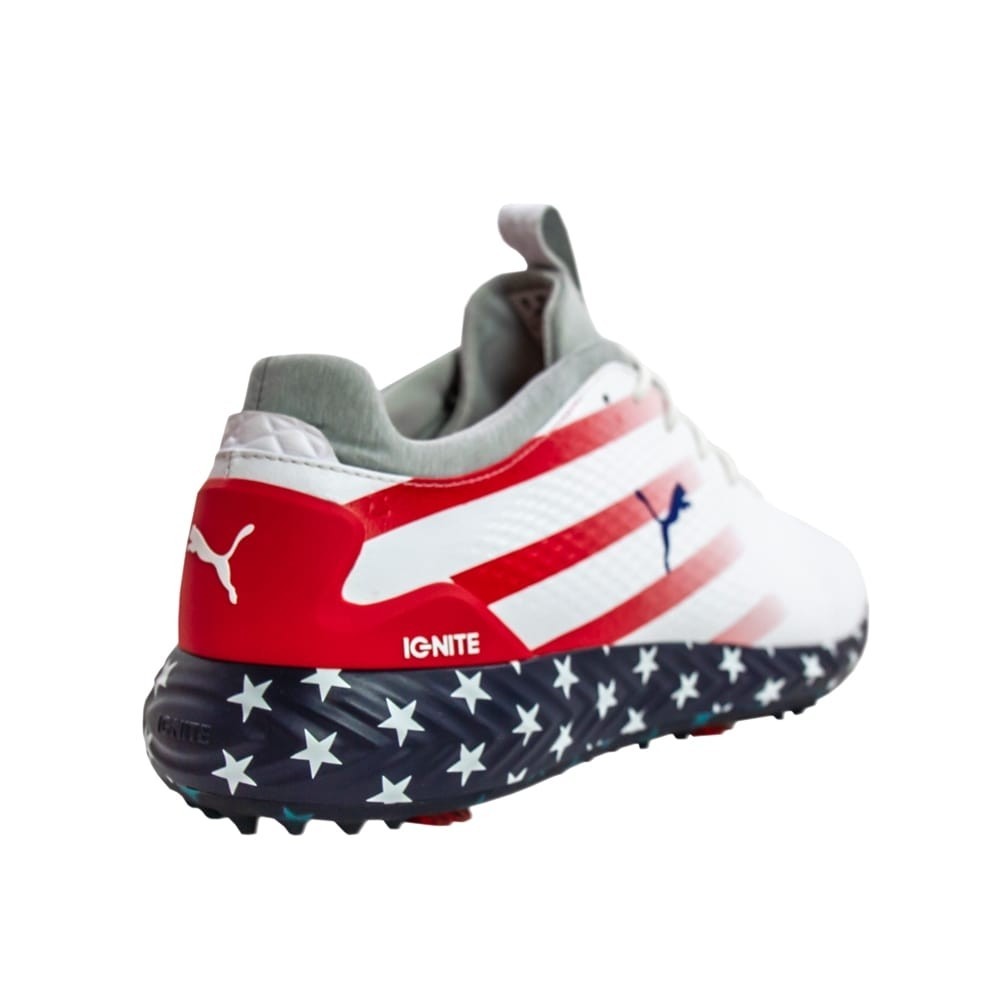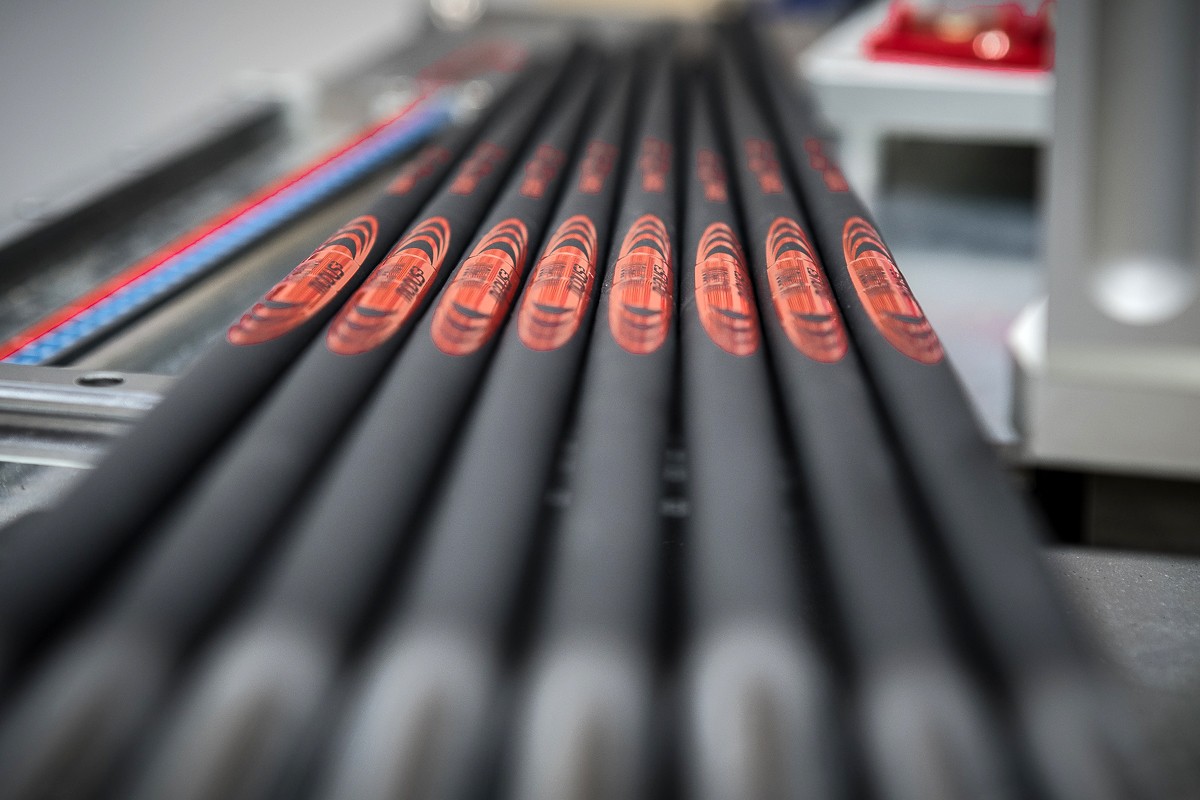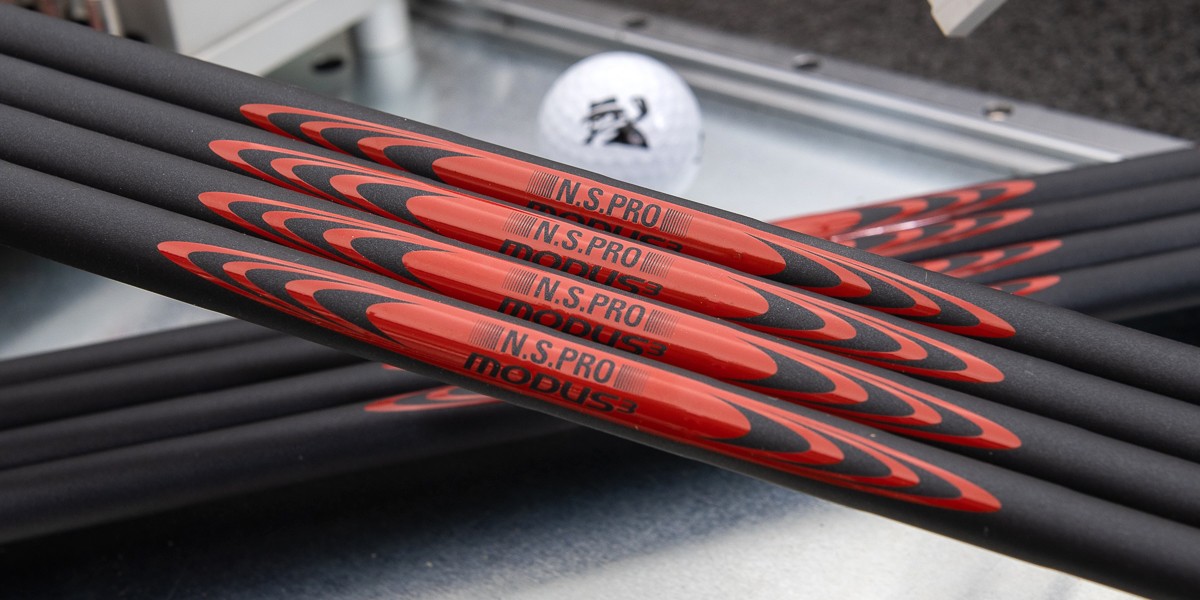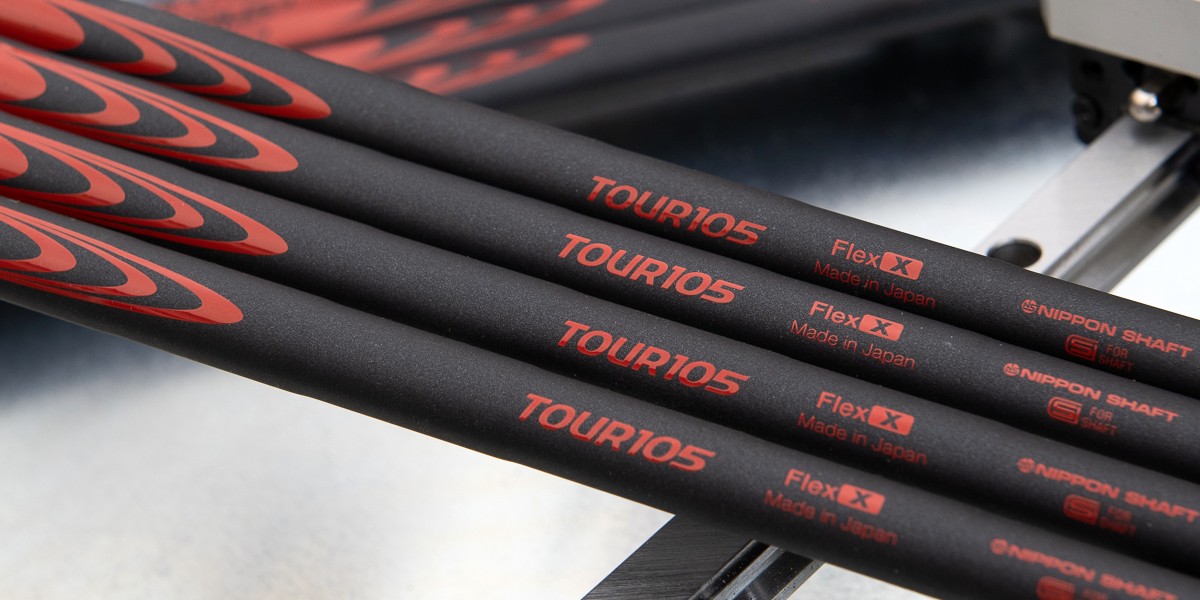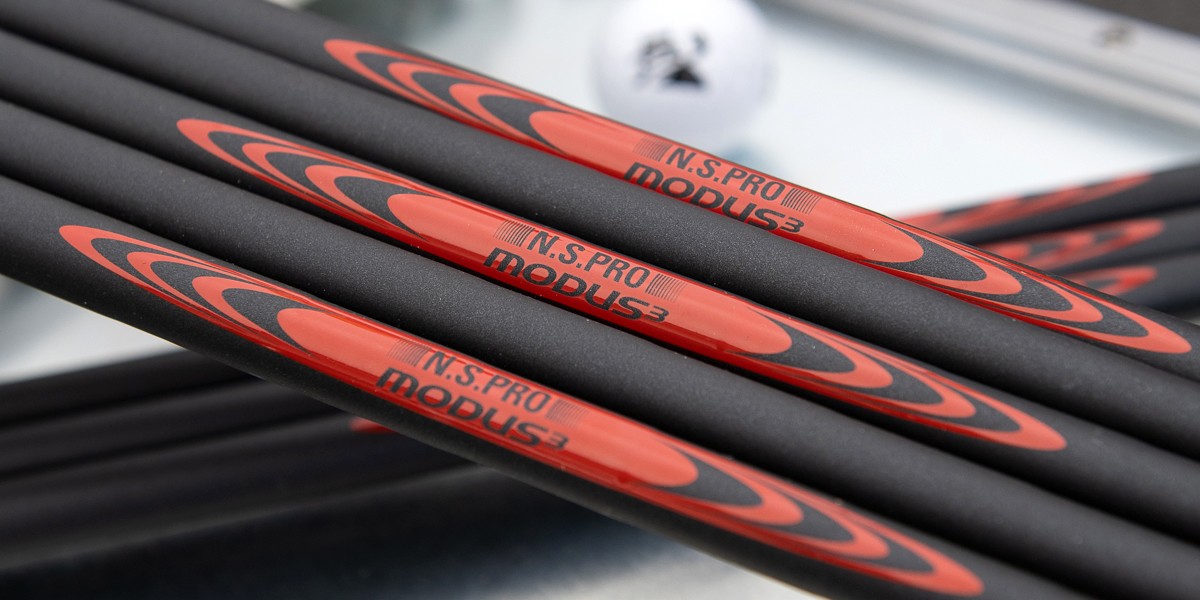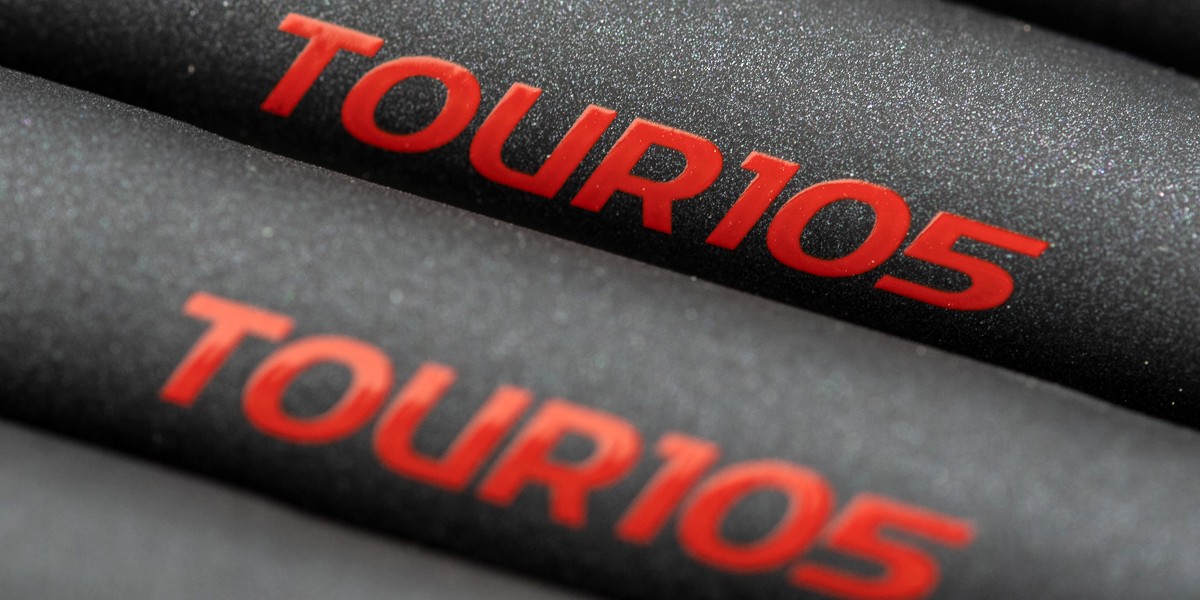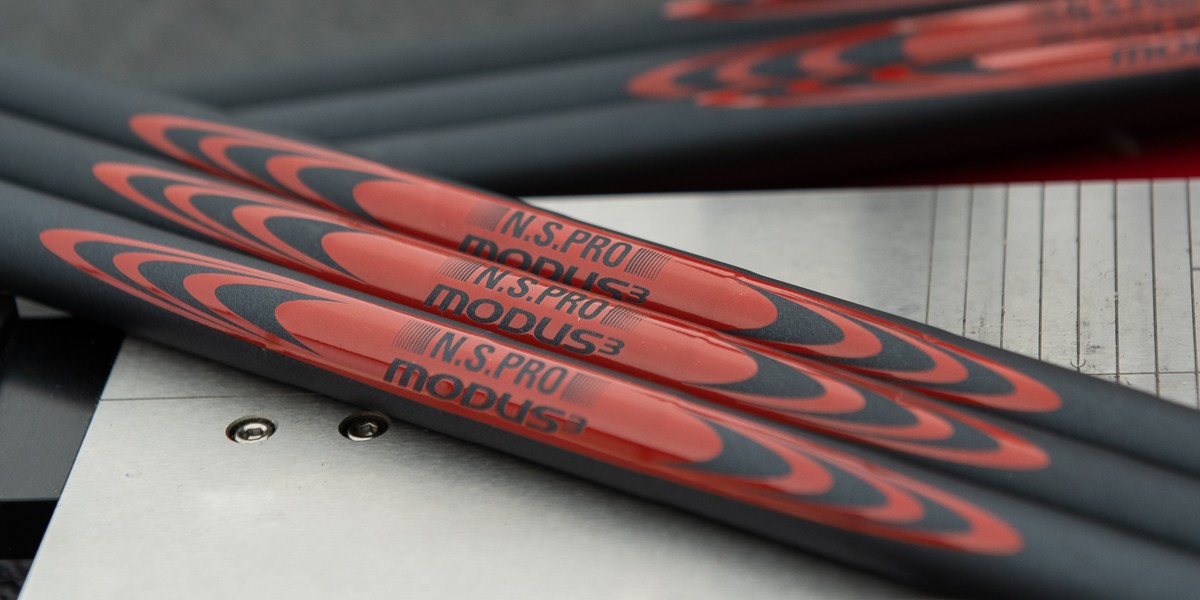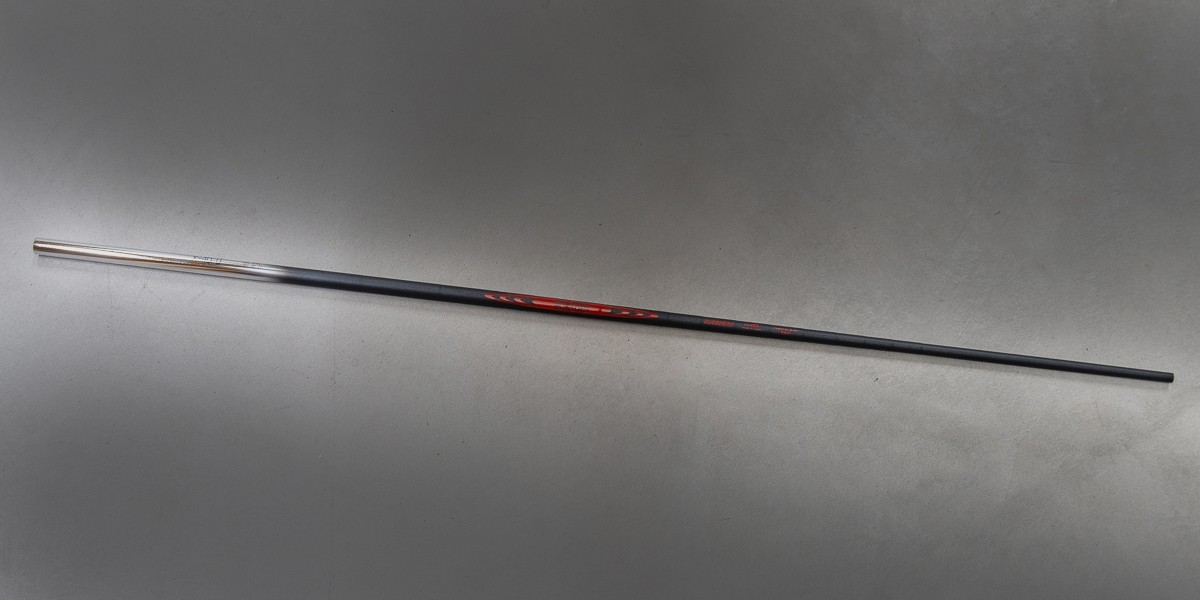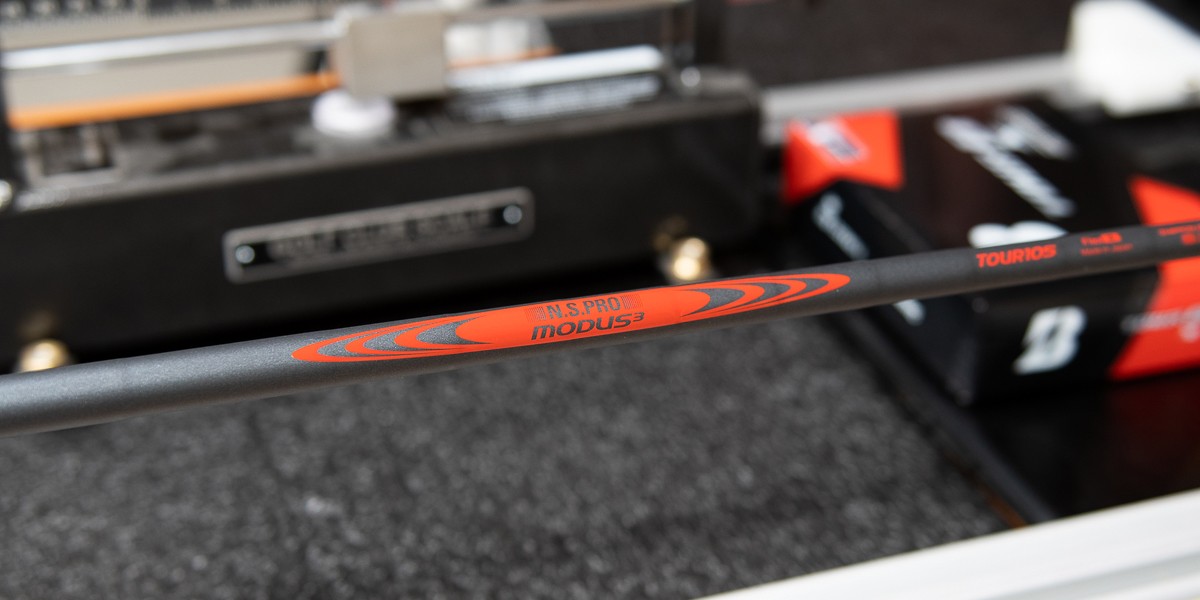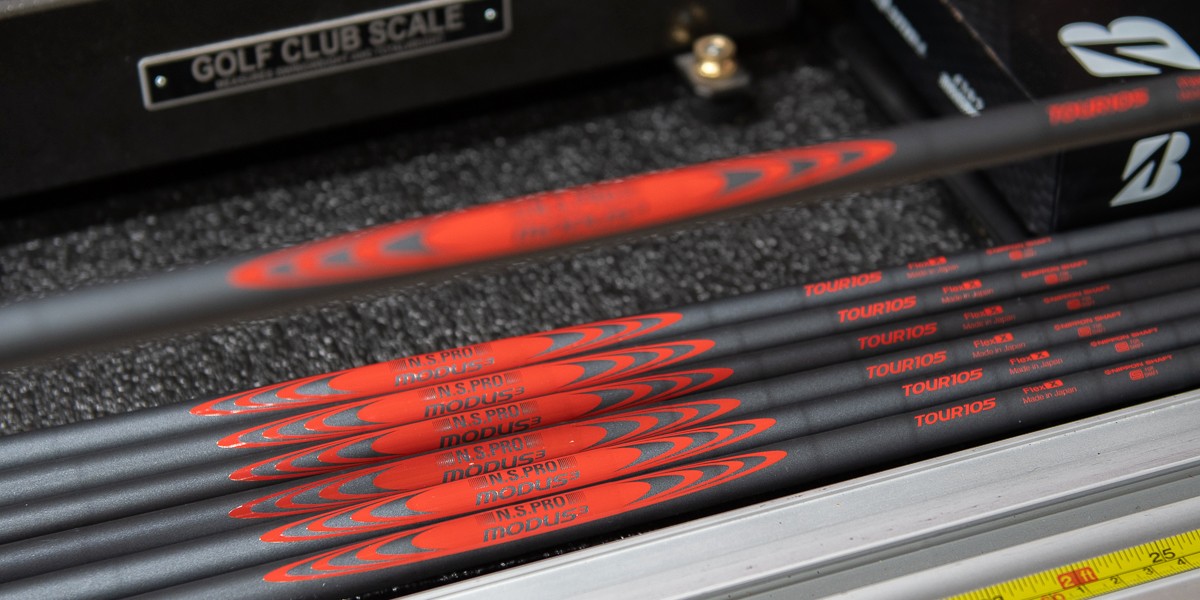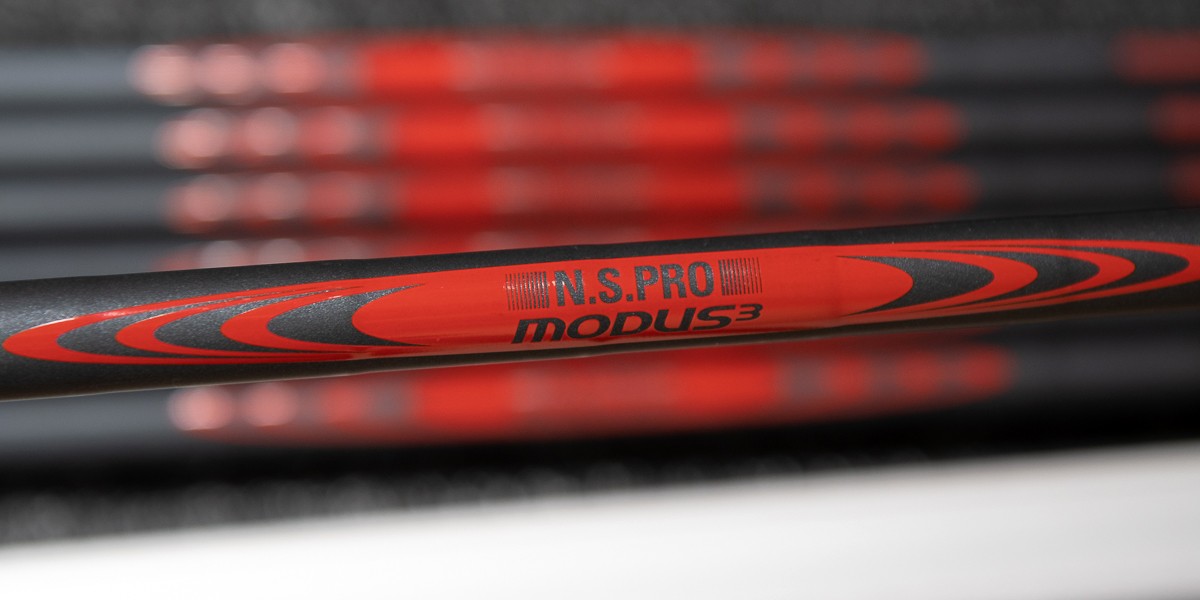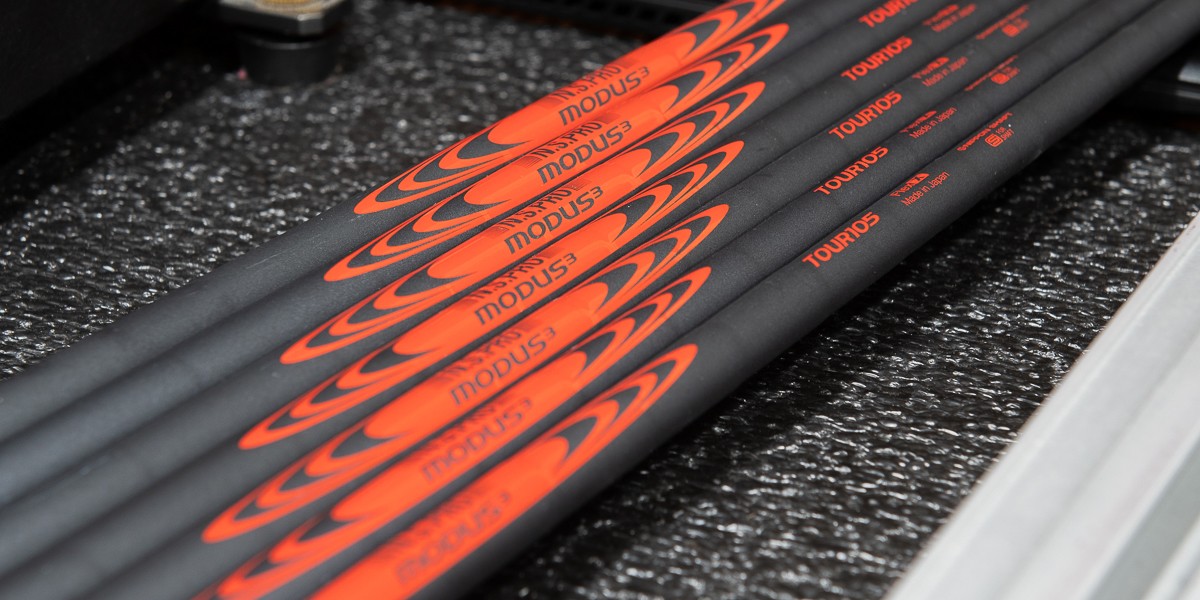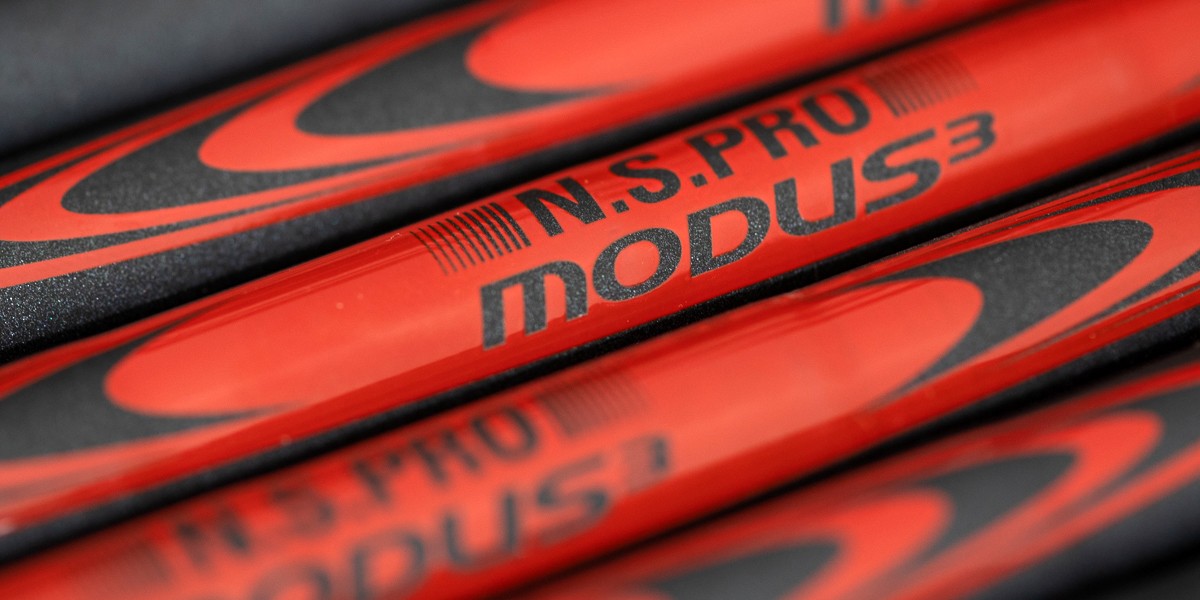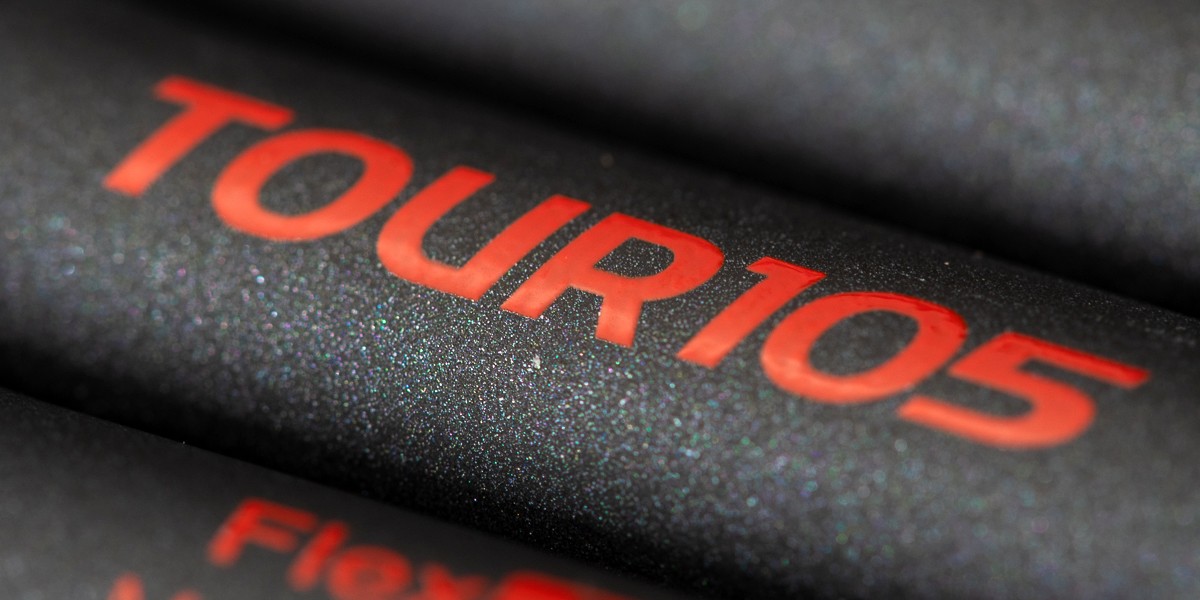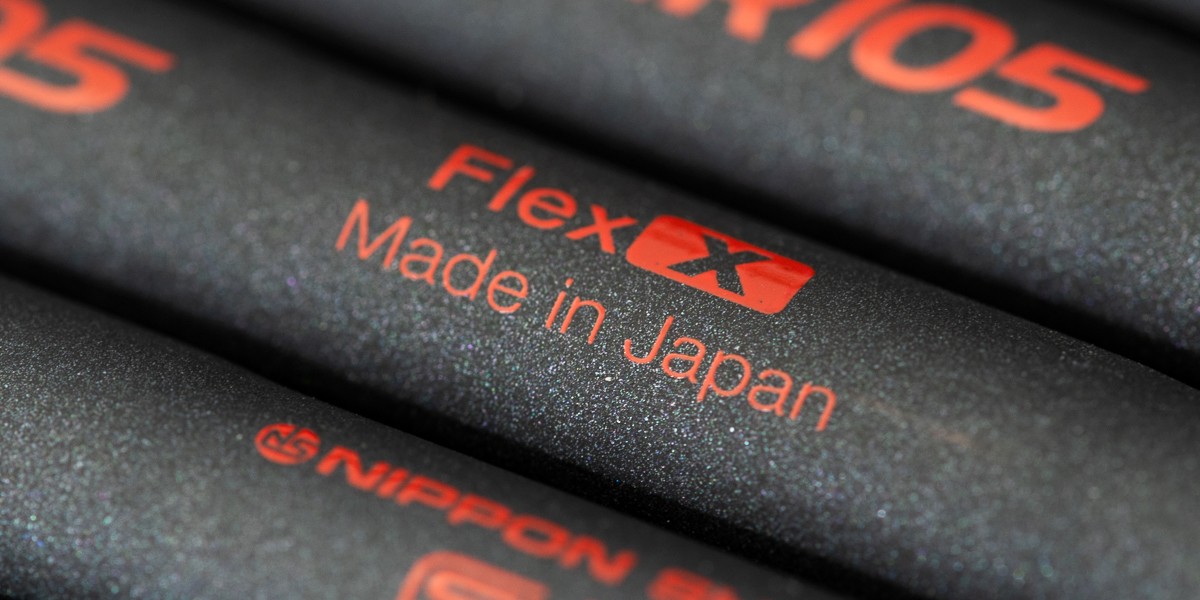-
Posts
2,735 -
Joined
-
Last visited
-
Days Won
7
Content Type
Profiles
Forums
Articles
FAQ
Tests
Classifieds
Store
Group Buys
Everything posted by Tony Covey MGS
-

MGS Maxfli Tour Discount Offer
Tony Covey MGS replied to fixyurdivot's topic in Golf Balls/Shafts/Grips
Hey Everyone, We've sorted things out, but needed to generate a new discount code to make it work. The new code is: MXMGS15 As always, we'd appreciate if you use the supplied links: Maxfli Tour: Medium firmness with mid trajectory and spin Maxfli Tour S: The softest Maxfli Tour with high flight and low spin Maxfli Tour X: The firmest and fastest Maxfli Tour with penetrating trajectory and higher spin rates. -

MGS Maxfli Tour Discount Offer
Tony Covey MGS replied to fixyurdivot's topic in Golf Balls/Shafts/Grips
Hey Guys, Sorry. The deal is real. We're working with DSG to get the issues with the code sorted out and will hopefully extend the offer once we do. -
Let me see if I can clear this up: For driver, fairway woods, and utilities, the accuracy score is derived from the Playable shot percentage and Straight Shot percentage. I believe those are explained in the relevant posts - although we did have the strokes gained reference in the post longer than we should have. We used SG in the past but moved away from it. Anticipating the follow-up questions - we got rid of strokes gained because, after looking at several years of data, we concluded that it just doesn't work as a primary metric in a large driver test. While we worked with Lou Stagner to enhance SG with additional penalties as the ball travels farther offline, in practice, there is a strong correlation with fairway percentage almost without regard for distance. With respect to Trip's comment there are a couple of points I should make. First, we don't use the PGA Tour tables. Instead, we use tables developed for scratch golfers. As it relates to higher handicap golfers - it's not a big deal. Effectively SG just sets a baseline for values, so while higher handicap golfers will produce lower SG scores, in our implementation, the best-performing clubs still produce higher scores. In that respect, the scale is almost arbitrary. It gives us a reasonable starting point. We've gone to great lengths in our methodology to neutralize the SG advantage of better/longer players. I'm not going to get into the details, but the simple explanation is that Strokes Gained is typically used to compare performance difference between golfers. We've adapted it to compare differences between clubs for the individual golfer. While I think SG is incredibly useful in a driver demo/fitting scenario, in driver and fairway wood tests, you need additional insights. For our target-based tests (hybrids, irons, and wedges, we use Strokes Gained as our accuracy metric. In this scenario, there is a correlation with greens hit, however, SG is more effective because it also considers pin proximity and lie condition. We've looked at other metrics in isolation (pin proximity, greens hit) and they don't work nearly as well as SG in this scenario.
-

Gratuitous Photo Thread: Mizuno JPX 923 Hot Metal
Tony Covey MGS replied to GolfSpy_APH's topic in Breaking News and Debate
Who knew that unpainted moisture resistant drywall could create magic. -
Foremost, which does Vice, OnCore, the Maxlfi Tour Stuff and Wilson Staff model and TP5/5x core & mantles is in Taiwan. Snell MTB and MTB-X are made by Nassau in Korea.
-
In my opinion, Vice does some cool stuff in terms of branding and not being afraid to try some stuff that's a little weird by conventional standards, but... Some of the marketing walks and maybe crosses the line. "Engineered in Germany" is a good place to start. Define "engineering". As I've joked on NPG, if I call my local pizza place and tell them what I want on a pie, did I engineer a pizza or simply order it to spec? That brings me to Fused Urethane and the new dimple design. Consider this highly educated speculation based on the realities of the market. Like other DTC brands, Vice is having trouble maintaining inventory. As we all know by now, golf is super-hot so demand is outpacing supply for everyone. With small-to-mid sized golf companies, those issues are compounded by the realities of the ball market, namely, the big boys get the priority and whether we're talking about Snell and Nassau or Vice and Foremost, the big boy is TaylorMade. That's especially true as Foremost does the core and mantle production for TP5/TP5x. So what I think is happening is that Vice is struggling to get inventory from its primary supplier and to offset that, it's having a *new* ball with 344-dimples and a Fused Urethane cover made somewhere else. Every indication is that the ball itself is being produced by Feng Tay. They manufacturer RZN balls, the Mizuno RB Tour stuff, and countless stuff you've never heard of. Feng Tay is pretty good, but definitely a step-down from Foremost. Why take a quality hit unless you absolutely have to? Better margins perhaps. The *new* dimple pattern is almost assuredly the same one found on the RZN balls, and - if you feel like trucking trucking to your local Walmart - the Spalding tour balls too. I wouldn't be shocked if the new Vice is similar to the Spalding Tour. Regarding Fused Urethane - it's highly unlikely that Feng Tay has made a consequential material breakthrough during COVID. Possible, but unlikely - and you can bet your house that nobody in Germany developed a new urethane process. The very high probability is that "Fused Urethane" is Vice-speak for injection molded TPE. Plus or minus a patent here or there it's the same process currently used by Bridgestone, Callaway and a bunch of others. It's only noteworthy because Foremost is a cast urethane provider so it's a fundamentally different way of putting covers on balls. Cast vs. injection molding from an advantage standpoint is one of those things where it depends on who you ask - and you'll definitely get quite a bit of 'we do it better than the other guys using a similar process', but the guys I know who source from multiple factories tend to favor cast. Probably nothing most golfers would notice or care about one way or the other, but it is what it is. Make of it what you will, but this doesn't look like reinventing a wheel so much as it does finding somebody who already has a wheel to sell you.
-
Exactly this. This stuff drives me bonkers, so let me lay it out for everyone. Anyone who is testing golf balls on a camera based launch monitor and doesn't provide any sort of disclaimer about the fact that downrange numbers are, at best, estimates, either doesn't understand the capabilities of their tools, or isn't vested in providing an accurate picture to their audience. The more significant the difference in the dimple pattern, the less reliable the info is. For my money, the GC Quad is the best launch monitor on the planet. In our indoor test environment, nothing comes close (we can talk about radar's inability to accurately and repeatedly capture spin axis tilt in limited flight environments some other time), but it doesn't mean it's perfect. Like anything project around the house, it's important you understand your objective, and choose the right tools accordingly. When it comes to testing golf balls, Quad remains outstanding for capturing the data that's generated within the first milliseconds of flight. Ball speed, launch angle, azimuth (starting direction/horizontal launch angle), spin rate, and axis tilt are the ones I would be looking at for a ball test. When the ball is the key variable, you need to be really aggressive in how you define outliers, and of course, being really aggressive in what you remove means that with human testers, you need to hit a significant number of shots to give you enough data to work with. Peak Height, Carry, Descent Angle, Roll, total distance, and yup...Offline too, WHEN THE BALL IS THE VARIABLE and you're only capturing the initial launch, extrapolating carry, descent, total, roll, etc. differences of two different models with two entirely different dimple patterns, is no more than a semi educated guess (and the less alike the dimple, the less educated it becomes. Ball Speed, Launch Angle(s), Spin, and Axis Tilt that's what you get when the balls are different. That's perfect for Most Wanted and our lab testing because the ball isn't the variable. It's fine...even preferable to normalize downrange performance. One of our objectives is to eliminate every variable that we can. Anyway... Back to the point at hand...the Quad captures what I suppose is like an initial flight plan. It tells you what the ball happened at launch and provides a normalized view of what *should* happen the rest of the way. What it doesn't do is tweak its algorithms based on specific dimple characteristics, and it sure is hell can't detect when there's a critical defect in that pattern. There are two primary things to consider at this point, and both are related to the dimple pattern. First, let's consider the worst case scenario. Call it uneven dimpling. Whether that's from sloppy paint or where the factory inexplicably pieced together two different cover designs (it happens). In the real world, these problems would likely manifest in the offline number and would be visible over the full flight, but, and this is the important piece of it, there's be nothing in the launch data to provide any evidence of an issue. Since aero issues don't typically manifest at impact, the flight would look normal on a camera-based system. Now let's simply consider general differences or ENHANCEMENTS in aero performance over a generation or two of balls. There are fundamentally good dimple designs, fundamentally bad ones, and others that are optimized for one ball design but get used on a tons of different designs (the popular foremost dimple is a good example here - works better on 3-piece balls than 4-piece). Another great example was the original Kirkland 3-piece. In indoor tests its almost indistinguishable from a Pro V1. It spins a bit more, but otherwise... Test it with a robot, outdoors, and man...the deficiencies of the dimple pattern are glaring. A hint of wind destroys hit. I use this example because it brings the point of this conversation home. Lift (initial launch performance) is similar. Drag (what happens once the ball is in the air) is worlds apart. This is what gets obscured when the wrong tool is chosen for a ball test. Since the advent of the solid core ball, compression rules haven't much changed. A firmer ball is a faster ball. Any kid who hit both a baseball and a tennis ball with a bat fundamentally understands this...even if he hasn't thought about it in terms of golf ball performance. Likewise, the rules of spin haven't changed either. You want more spin, put a soft layer over a hard one. Want less spin, put a harder layer over a soft one. That's your simple explanation of why soft core balls (particularly 2-piece models) don't spin around the green. That leaves the cover and more specifically the aerodynamics. It's the least understood aspect of ball design, but it's likely where there's been the greatest evolution over the last decade or two, drag coefficients, the Magnus (and reverse Magnus effect), that sort of stuff are likely where the greatest opportunities remain. Ultimately, what we're talking about is stability of flight So yeah...comparing a decades old ball against a new ball, I suppose, makes for a fun read, but when you're methodology is fundamentally incapable of capturing the most significant changes over those decades, you're basically just blowing smoke to get clicks. I'd also add that golf balls have a shelf life and testing anything more than a few years is also dicey.
-
-
-
-
-
It's been a while. Not everything makes the cut for the website, so here's every Callaway EPIC photo shot I took.
-
Much to my dismay, the number of media kits sent out by manufacturers each year has declined precipitously in recent times. Too bad, I love a good media kit, so it was nice to get this little Bag of Swagger from TaylorMade to celebrate/promote last Friday's launch of the TP5/TP5x PIX 2.0, golf balls. What you see is what you get - a dozen balls, a PIX themed squishy ball, an insulated mug (that my wife will steal), and a Sleeve of Swagger koozy. Driver head not included.
-
Cobra sent out a media kit for the new Speedzone drivers (full story: here). As seems to be the case lately, I was traveling when it arrived, but I shot some photos today, primarily so you could see the difference in the shape/footprint of the standard model and the Xtreme. I also was messing with some lightroom presets and inadvertently transformed the version into the white, so you get a reasonable idea of what that one looks like too.
-
Something for the kids here. Jones is perhaps best-known for its timeless, traditional golf bags. From what I can see from the Trouper series, it's modernizing just a bit, adding a bit more functionality, while staying true to its standards. --- Jones Sports Co. has launched the Cadet Junior Trouper, a new golf bag for junior golfers ranging from ages 7 – 11. A junior-sized clone of the Jones Trouper Stand bag, the Cadet Junior Trouper bag has simplified double shoulder straps and a padded lumbar cushion for easy carry and extra comfort. To keep juniors hydrated during their round, Jones has added an oversized insulated pocket to store extra-large water bottles. “We heard from parents who said they frequently have to remind their kids to drink water during their round,” said Matt Lemman, partner and sales director, Jones Sports Co. "By placing a large insulated water bottle pocket on the front of their bag where it is in plain view, it reminds them to drink water throughout their round." Sticking to a simple, understated design of which Jones is known, the Cadet Junior Trouper is available in light gray. It features a 4-way divider top and weighs four pounds. A heavy-duty D-ring provides ease of clipping on accessories. Junior Cadet Trouper Bag MSRP: $145.00 Colorways: Light Gray Availability: Immediately Top: 4-way divider Dimensions: 32” x 11.5” x 7” Shoulder Strap: Traditional centerline single strap with secondary double strap Weight: 4 lbs. Intended ages: 7-11
-
If you were to ask me what the most dominant brand on tour is, without hesitation I'd say GolfPride. Unlike club companies, grip companies don't pay for play, so use on tour (and everywhere else) is entirely preference driven - which makes it almost insane that in any given week, +/- 80% of the grips used are GolfPride. It's also insane that the company that makes the grips I play is owned by the company that made the power systems wee used back when I was an IT guys. Such a strange career convergence. Anyway...here's what the company has to say about it's 2019 season on tour. PINEHURST, N.C. … Golf Pride®, an industry leader in grip innovation and the #1 Grip on Tour, announced today that it was the leading swing and putter grip choice throughout the FedEx Cup Playoffs, including at the season-ending TOUR Championship. At the TOUR Championship, the winner captured the tournament and the FedEx Cup title using Golf Pride’s swing grips and putter grip. Since the FedEx Cup started 13 years ago, Golf Pride has been the trusted grip in players hands for 11 titles. The thrilling victory at East Lake Golf Club gives Golf Pride 39 wins out of the official 46-events played during the PGA TOUR’s 2018-19 season. Below is a rundown of some of Golf Pride’s most noteworthy achievements during the brand’s banner year on the PGA TOUR. · “Golf Pride Slam” - wins at all four Majors this season. · 13x more PGA TOUR victories than its nearest competitor. · 7 unique Golf Pride swing grips won this season including the brand’s latest innovations in ALIGN Technology & Plus4 Technology. · 43 of 50 players who earned their 2019-20 PGA TOUR cards through the Korn Ferry Playoffs or by virtue of being Top 25 money earners on the Korn Ferry Tour relied on Golf Pride grips. “2018-19 has been an incredible season for Golf Pride,” said Brandon Sowell, global sales and marketing director for Golf Pride. “We continued our run of success in the game’s biggest events with some of our most trusted grips, and we saw several of our newest and most innovative technologies gain traction on TOUR garnering marquee wins. This season has been a tremendous showcase of how the best players in the world grip confidence each week with Golf Pride.” Each week, Golf Pride is the leading grip played from tee-to-green on the PGA TOUR with an average of 80% of pros choosing Golf Pride swing grips in each event, without any paid endorsements. For more information on Golf Pride’s entire 2019 product offering, visit http://www.golfpride.com. Eaton’s Golf Pride Grips Division is the world’s largest manufacturer of golf grips, with manufacturing, sales and distribution facilities on six continents. The division’s Golf Pride brand is recognized globally as the number one choice in grips among TOUR and recreational players, competitive amateur golfers, club manufacturers and club repairmen. For more information, visit www.golfpride.com. Eaton is a power management company with 2018 sales of $21.6 billion. We provide energy-efficient solutions that help our customers effectively manage electrical, hydraulic and mechanical power more efficiently, safely and sustainably. Eaton is dedicated to improving the quality of life and the environment through the use of power management technologies and services. Eaton has approximately 100,000 employees and sells products to customers in more than 175 countries. For more information, visit Eaton.com.
-
Safe bet that, as a MGS Community Member, you're already aware that Gary Woodland just one the US Open. I'm guessing you know that his victory gives Wilson credit for its first major since Padraig Harrington. You might also know about the PING metalwoods, Vokey and TaylorMade wedges, Cameron putter, and Titleist golf balls. The point is that Woodland played a mix of equipment, but nothing in his bag was as visible to everyone watching at home as his PUMA PWRADAPT Patriot Pack Golf Shoes. Woodland's shoes are part of PUMA Golf's Volition America collection and are slated for an October release. For a very limited time...literally the next 10 hours and 15 minutes (as of 9:45 AM eastern time), you can pre-order Woodland's shoes. The upside of pre-ordering now is that through July 4th, PUMA is doubling its contribution to Folds of Honor on everything sold from the Volition America Collection (which obvious includes the shoes). Cool shoes...great cause. If you're so inclined, click here to pre-order your Patriot Pack PWRADAPTs.
-
As the guy who basically came up with the logic behind TrueGolfFit, I thought maybe I should hop in and set the record straight on what's getting kicked around here. The lack of loft and shaft recommendations is a valid criticism. The roadmap has both being added for 2019. As far as your current driver brand goes...that's largely inconsequential. The data we ask for (swing speed, attack angle, and tempo) are not club dependent. We do sometimes see small changes in attack angle, but that's accounted for in the programming. Basically, we don't ask about your current driver, because we don't need to know anything about it. We need to know how you swing, not what you swing. I always find it amusing how people will start with one criticism (lack of loft and shaft) and use it as a launching pad for a full-on conspiracy theory, e.g., I got recommended two Srixon drivers, therefore MGS must be in bed with Srixon. Let me says this in no uncertain terms: there are no OEM partnerships that impact TrueGolfFit results. All recommendations are the result of a matching algorithm that finds the best match for your inputs within our shot database. A quick amusing anecdote; we got feedback from someone inside one of the OEMs...his chief complaint was that his recommendation was a Titleist driver (he doesn't work for Titleist). He didn't love it, but he also understood the recommendation wasn't the result of some grand conspiracy. We match your inputs to our data. That's it. The system has no bias. If you were recommended a Srixon driver or two Srixon drivers it's because when the tool searches the database of shots collected during testing, Srixon drivers produced the best results under the parameters you entered. The tool uses a total performance metric that's more robust than distance alone, which is what accounts for the gap in the distance, but there is no in-between in your case. As I said, valid criticism on lofts and shafts. The rest is, as my daughter used to say when she was 4, is just silly business.
-
If I look deeper? Do you understand what I do for a living? Silent announcement? So silent they didn't even put it on their web site? If you had my contacts, my sources, and my direct information, you'd understand how little sense what you've said actually makes. Do you believe everything you read in a press release? Do you believe the letter of everything TaylorMade prints? Go checkout their M2 iron video where they show a trajectory apex 30% higher than than its 2 primary competitors. Check out the graphics that show the SLDR and R15 CG locations nearly pressed up against the face. It's all deception...fantasy even. And no...by my definition, which incidentally isn't my definition, but rather an industry-wide definition, a driver that is released to all accounts is different than one made exclusively for the largest accounts - hence big box special. Most certainly not the same thing. Let me spell it out for you. TMaG SLDR C showed up on the USGA List. I called a source and said, hey man, what the hell is that? To which he replied, it's nothing interesting...just a big box exclusive. It's not like I make this s*** up...I have sources...really good ones. Sometimes they even work for TaylorMade. This SLDR C stuff...not even the tip of the iceberg. Sometime we should chat about JetSpeed or why 2nd year cascaded product can be sold for pennies on the dollar. Glad it performs for you, but that doesn't change what it is, and what the distribution plan was.
-
You do realize you just rattled off the names of 4 of the 5 biggest big box golf retailers (Dick's G/G being the 5th). These are the very definition of golf's big box retailers. What can you tell me about SLDR C at smaller (non-chain) retailers and green grass? Seriously - you don't find it odd that TaylorMade created this amazing driver that is just as good or better than all of their other stuff and didn't promote it at all...didn't put it in tour player's hands...didn't host launch events...didn't get the product in the media's hands for review and promotion...didn't put it in the pages of Golf Digest...didn't do what they've done with basically every product they've released since the year 2000? It's not at all strange to you that they didn't treat the release of this amazing product JUST LIKE EVERY OTHER TM DRIVER? You don't find it a little odd that there's no mention of the SLDR C on the TaylorMade website? Seriously this is relatively common practice. Callaway has big box version of the X Hot Franchise on shelves right now. Just like TM did with SLDR C, outside those big box doors, it's treated like it doesn't exist. It works for you, that should be enough. But by all means, continue to believe whatever it is you need to believe...
-
Bazz is one of my favorite guys in the golf industry. All class, and just a really nice guy. I've never heard anybody at any golf company say anything the least bit negative about him. That said...if you honestly believe anyone in his position with any golf company is going to tell you the 100% letter of the truth when it comes to the R&D behind specific products...especially big box specials...dude...put the pipe down. Walk away.
-
In hindsight, I believe this is likely accurate. Forgot that the PRO 60 was released after the rest of the Pro line and that the graphics are a bit different. Best I can say is it's likely real. It's not unheard of for manufacturers to use authentic graphics with slightly modified shafts, but TM is trying to be genuine and authentic these days, so given M2 price point, it's likely on the up and up.
-
If it makes you feel better to believe that a $20 hosel adapter is the only difference of consequence between the SLDR-C and main line offerings, by all means feel free. Or you could trust that I might know people who let me in on the truth about what really goes on in this industry. The quality (ie tolerances, some of which have direct tie-ins to performance) is not the same. TaylorMade did not decide to make a more forgiving product...they churned out a product that would appeal to the big box consumer. Again...ZERO original R&D in the design. Again...not saying it doesn't work for some people, but there's a difference between the story and the reality. Yeah...I made some call when it showed up on the USGA list. And frankly, you're just wrong about what goes on in the factories. Just wrong...no other way to say it. It's not a question of whether or not a guy on the line knows how much it cost at retail...it comes the specifications he has to achieve. He's not told "make a $500 driver". He's told, for example, make sure the crown thickness is between X and Y. That's all he needs to know, but be irrefutably assured that for anything below the $340 price point, the difference between X and Y is larger. The polishing of welds (which is where a good bit of the variance in weight comes from) doesn't have to be nearly as precise. Companies pay for tolerances...that means inspections, rejections, more time spent polishing welds, etc.. Time is money, achieving specified tolerances take more time...when tolerances are broad, cost drops, when their tight, costs rise. Again...you can argue - you can toe the TaylorMade line, or you can trust my experience and my sources. I'd also be willing to bet that some material costs were cut as well...it's fairly standard practice with the bargain stuff. Look, I'm glad you're happy with your purchase. That's all that counts, but for everybody who wants to know what they're looking at, it's important that we don't spread this "it's just the bonded hosel' stuff. There's way more to it than that, and some of it isn't pretty.
-
M1, GBB, GBB DBD, KING LTD, etc., once you cross the $400 threshold, the shafts are almost always legit (regardless of the graphics). The M2 stock shafts...with TaylorMade graphics, I'm fairly certain are still co-engineered. Note that weights differ slightly between the TM and true Fuji offerings.







